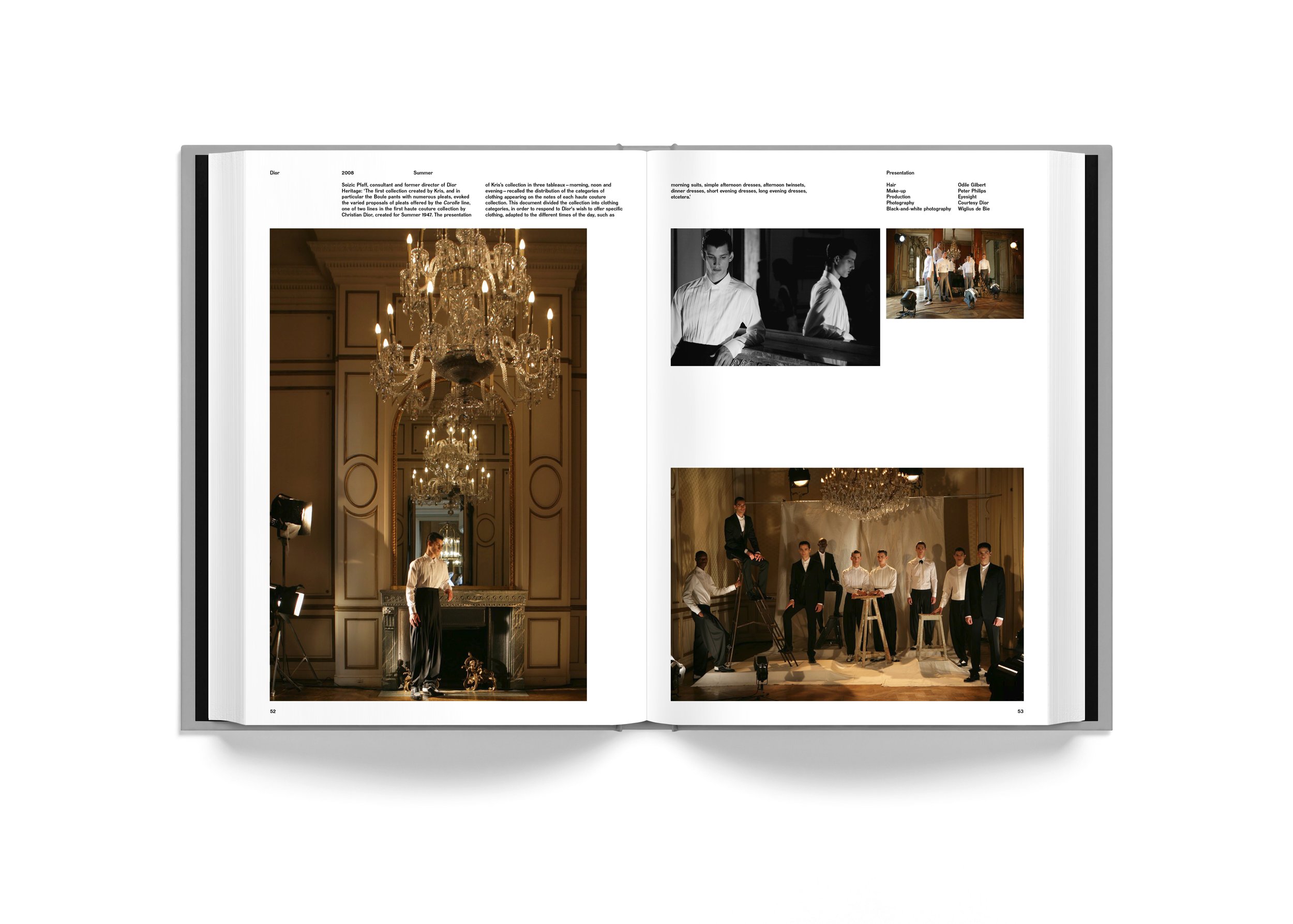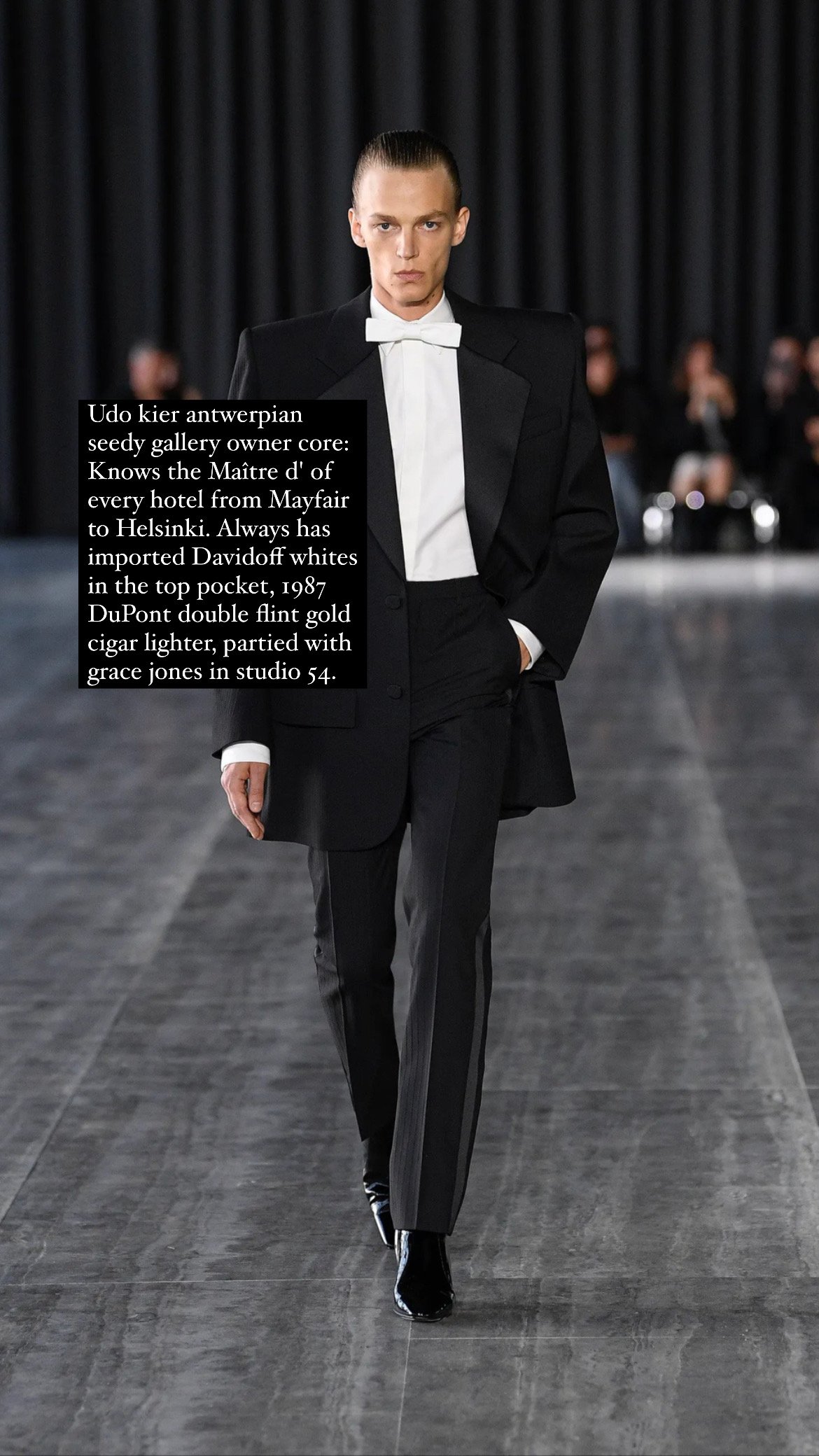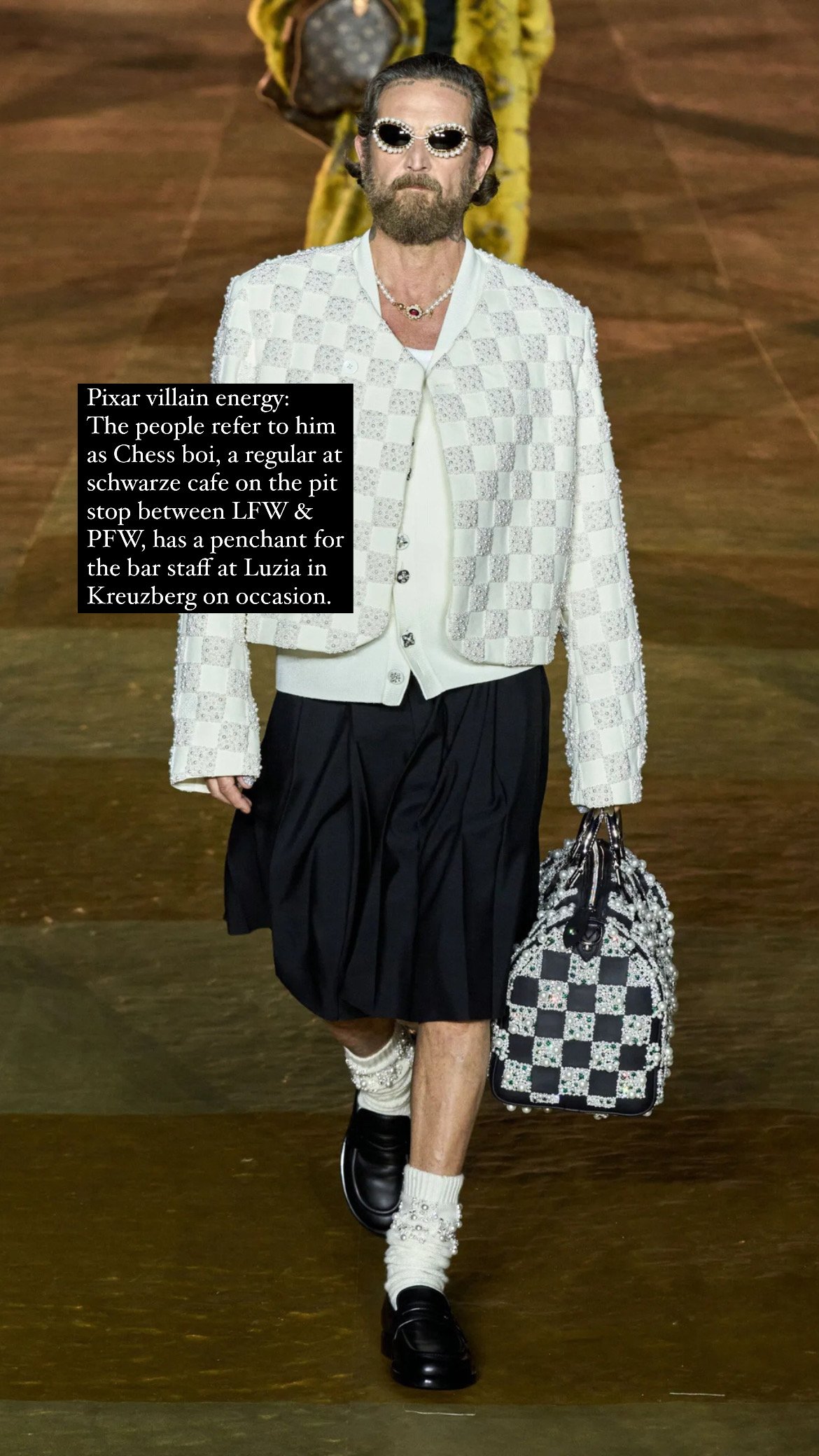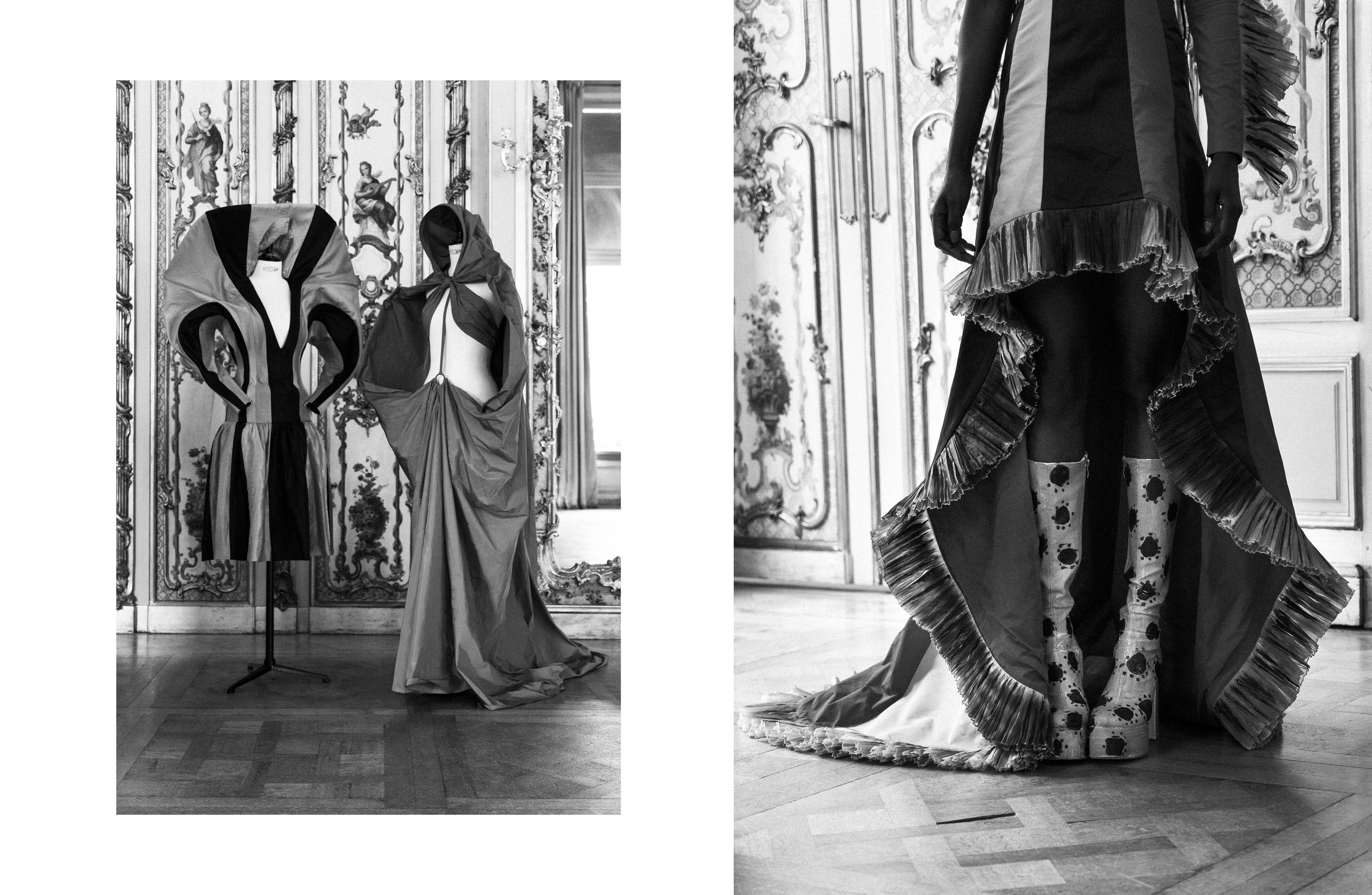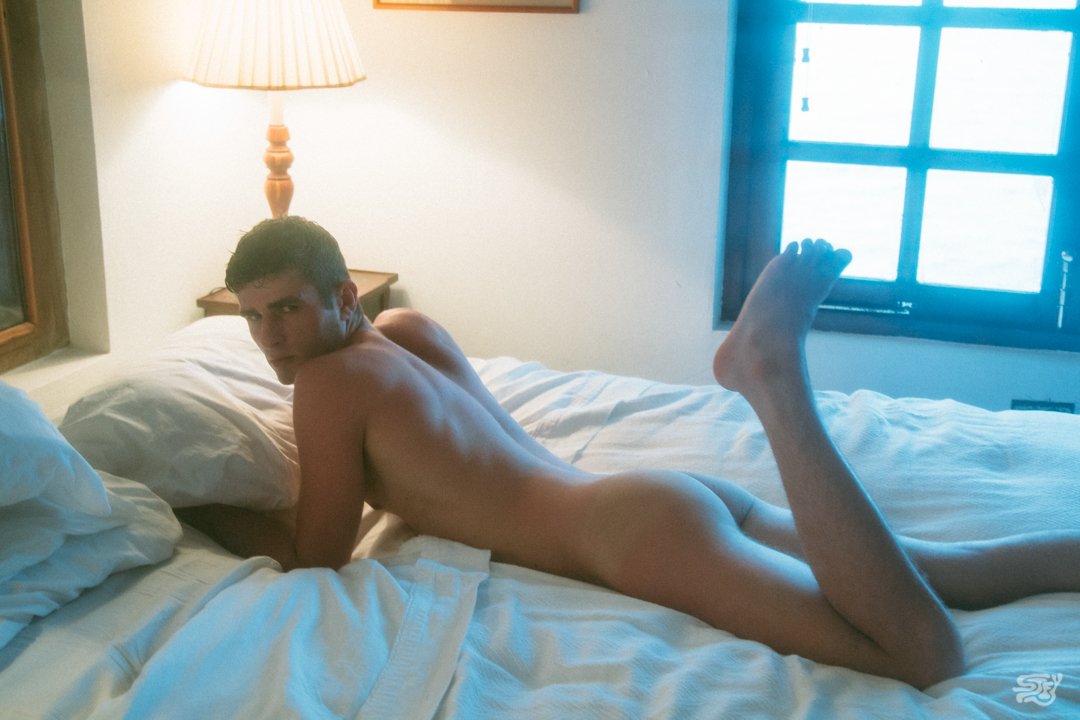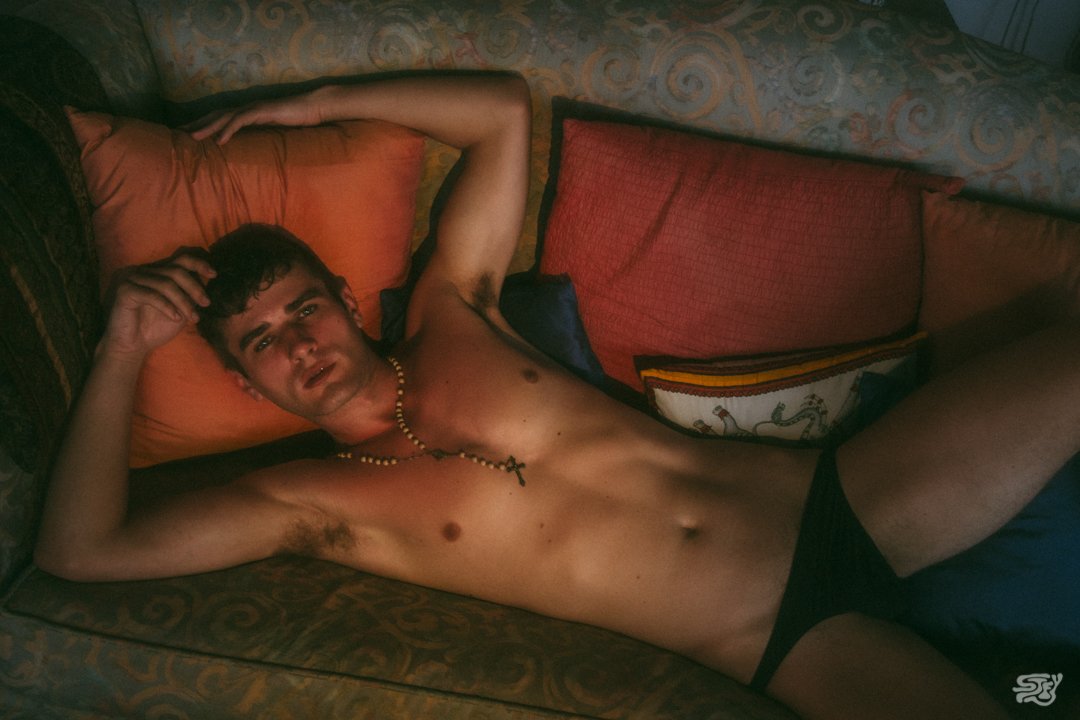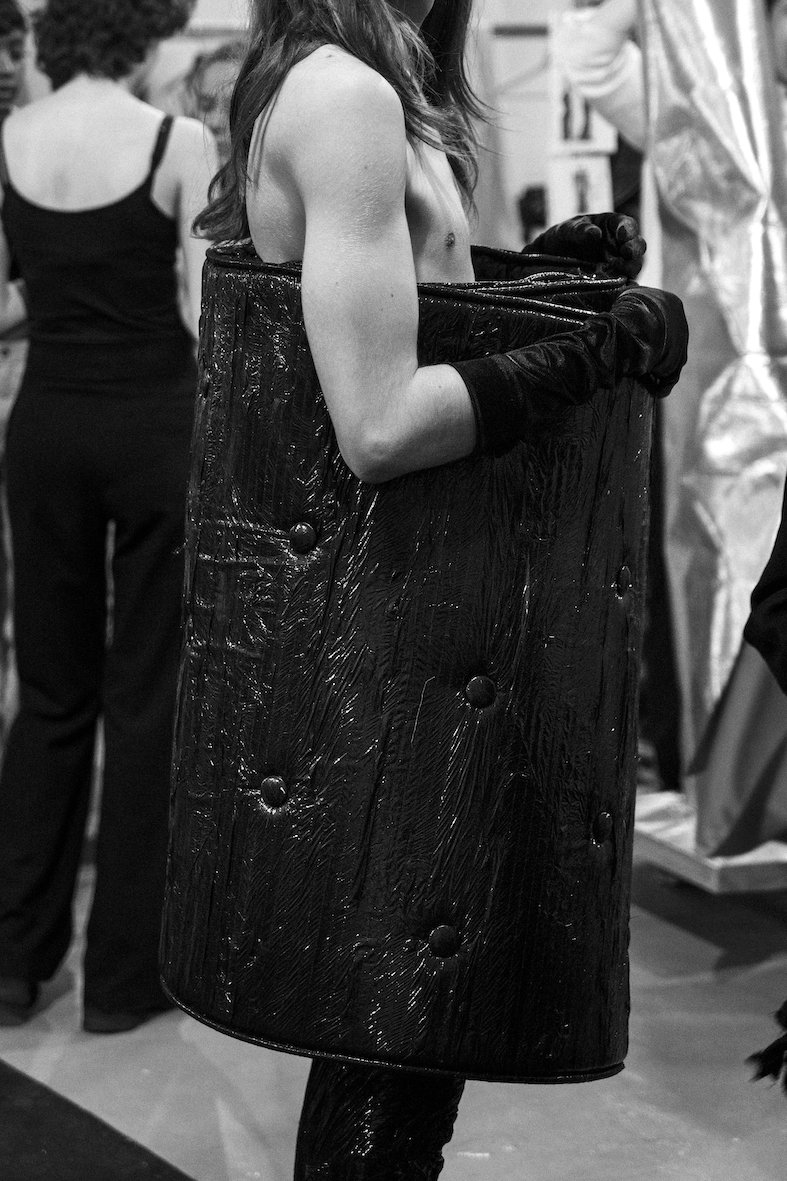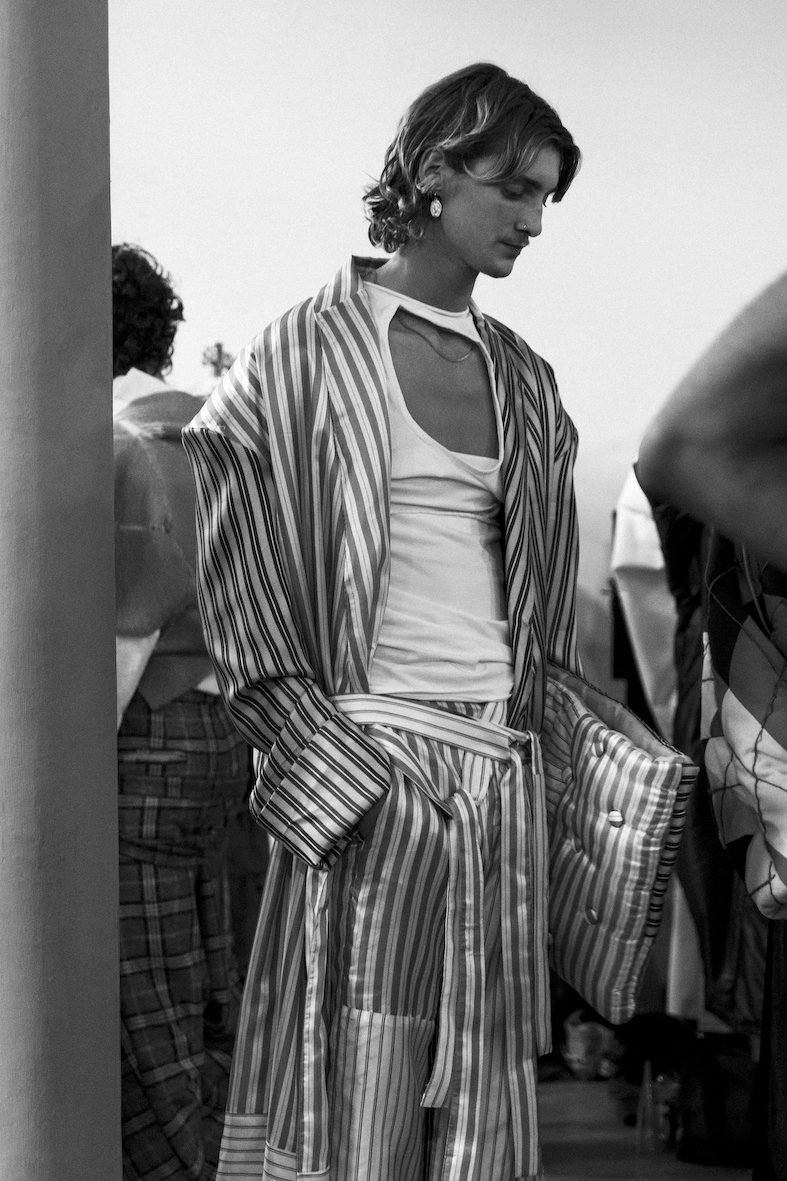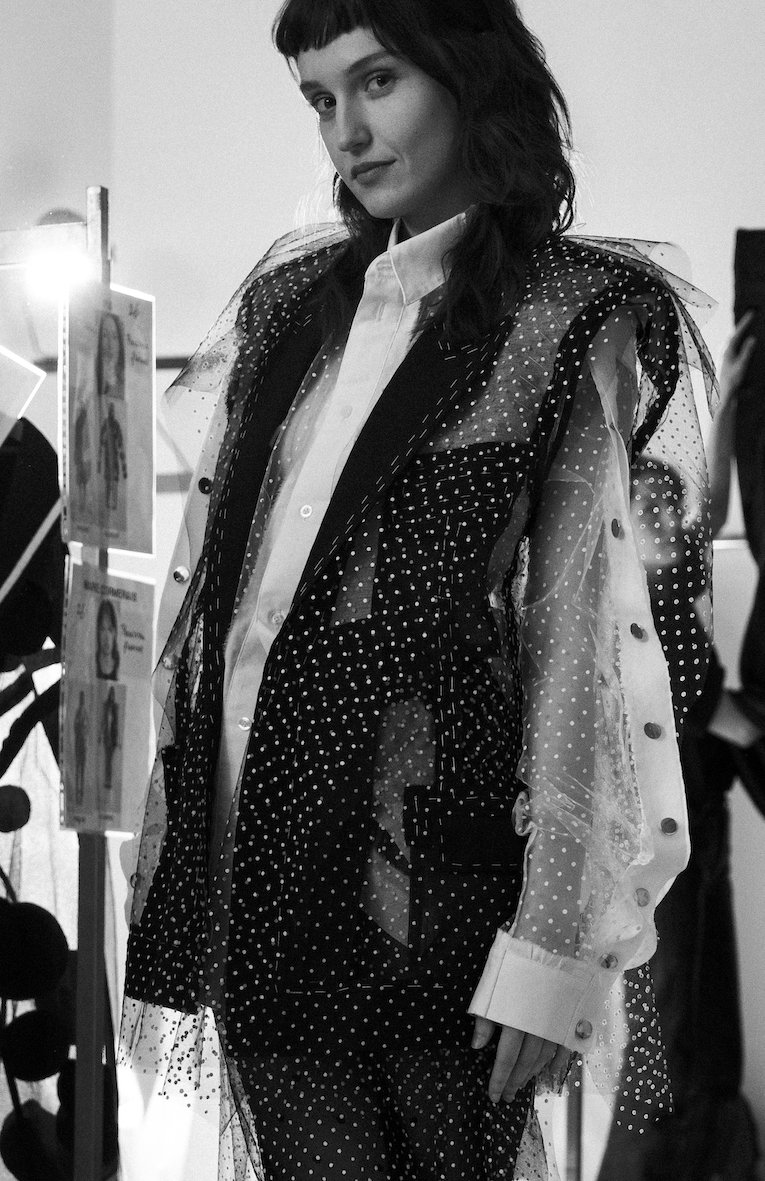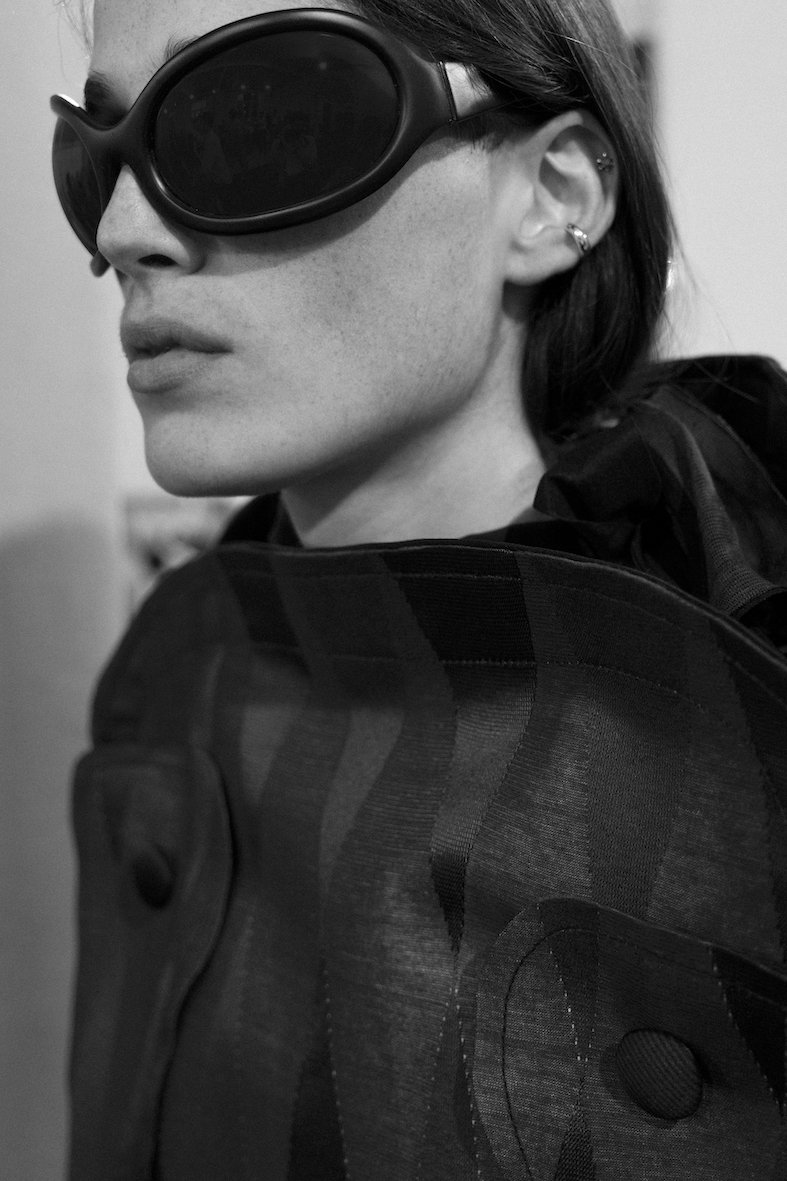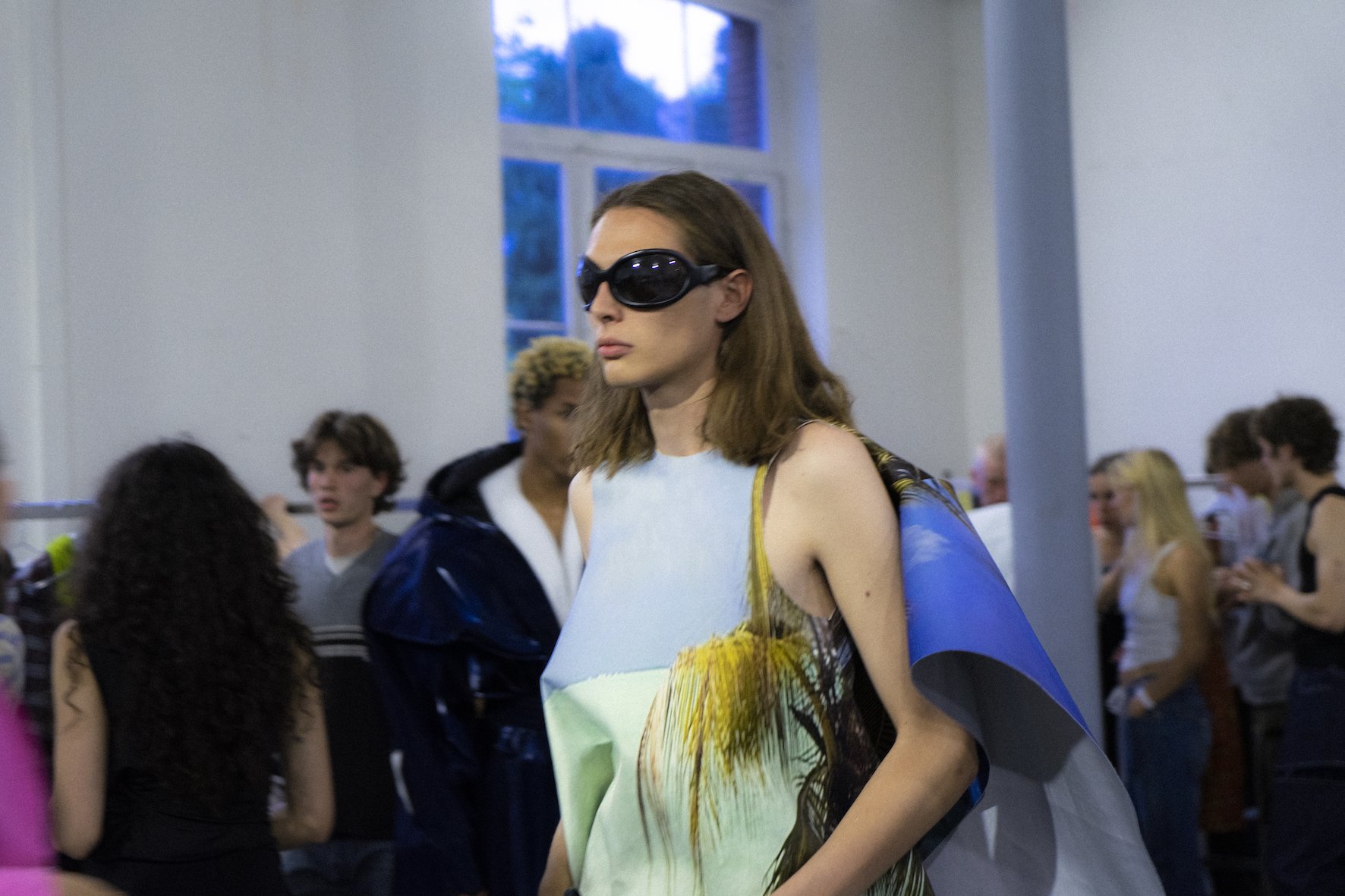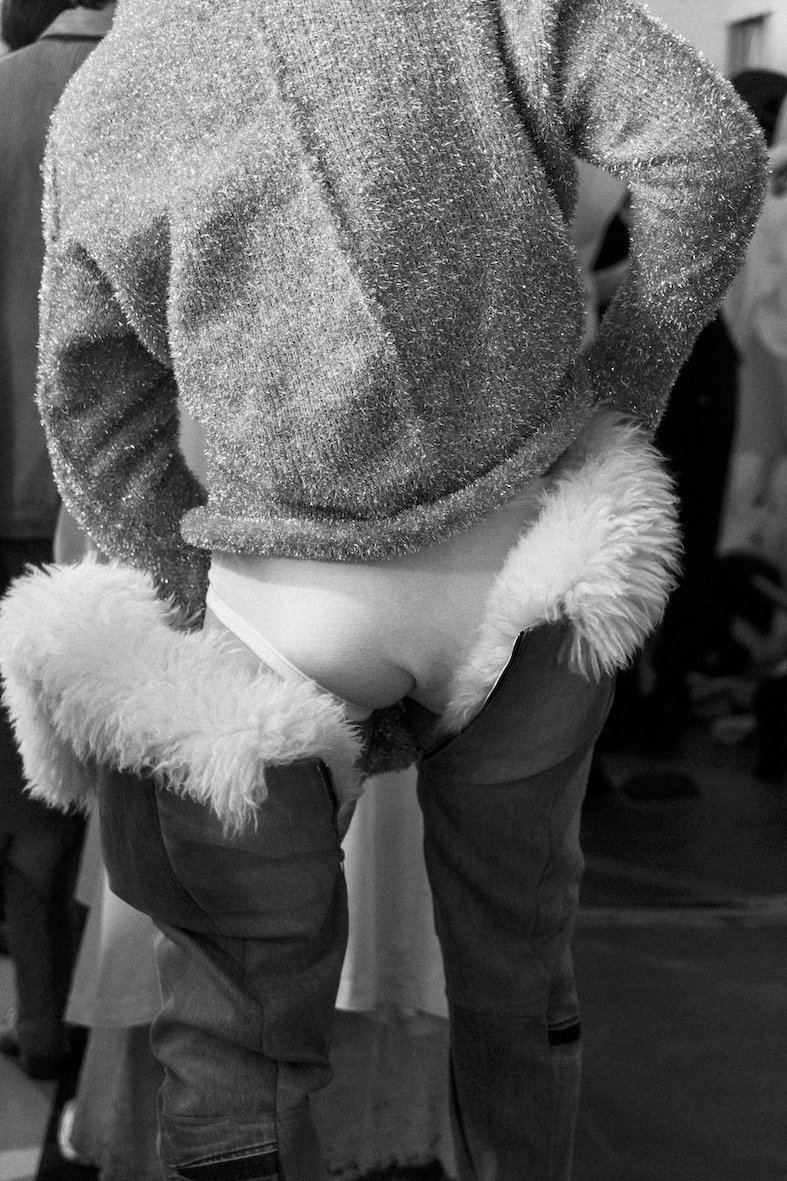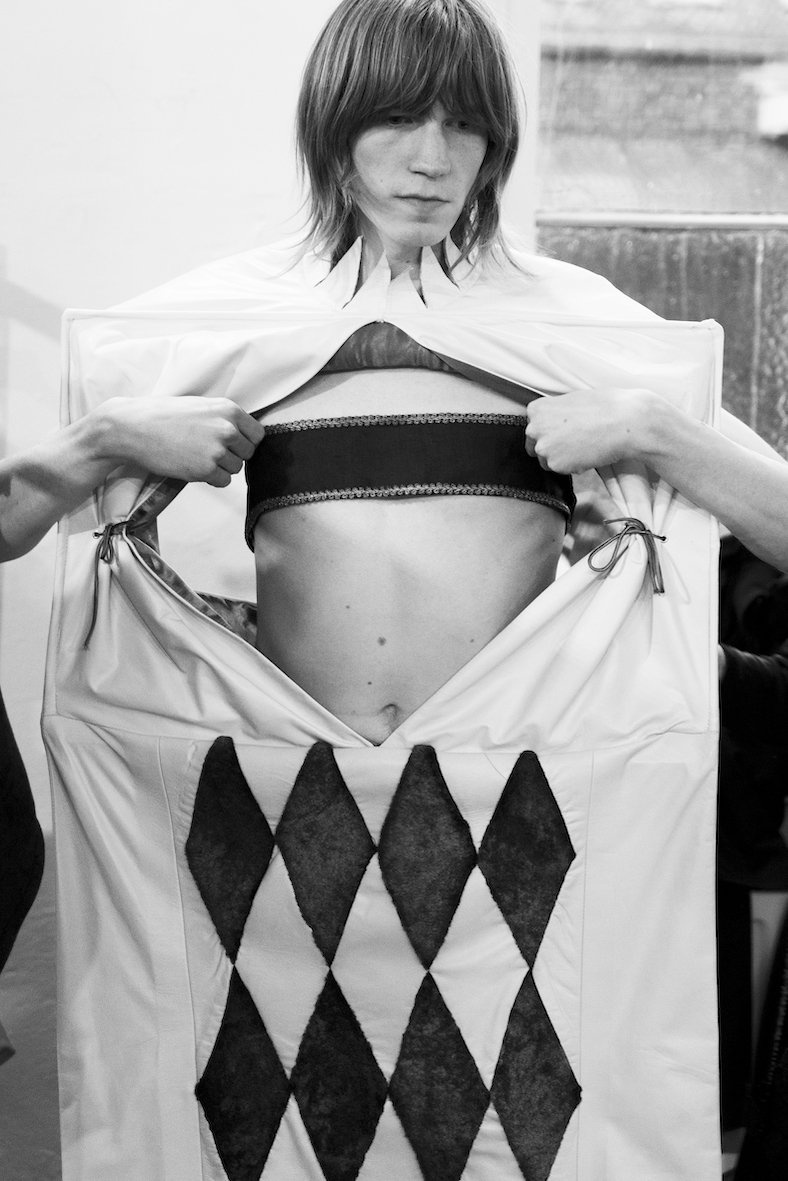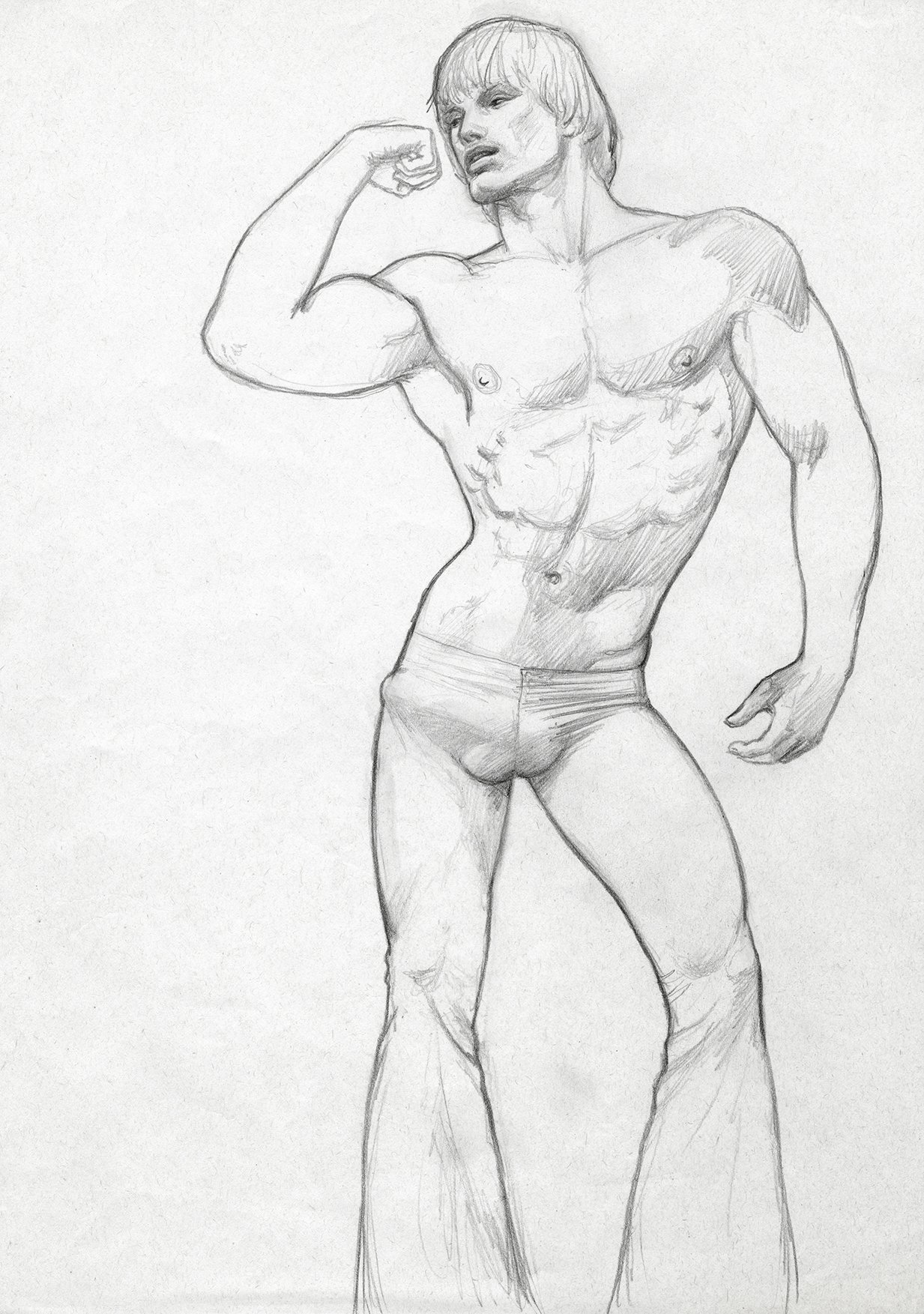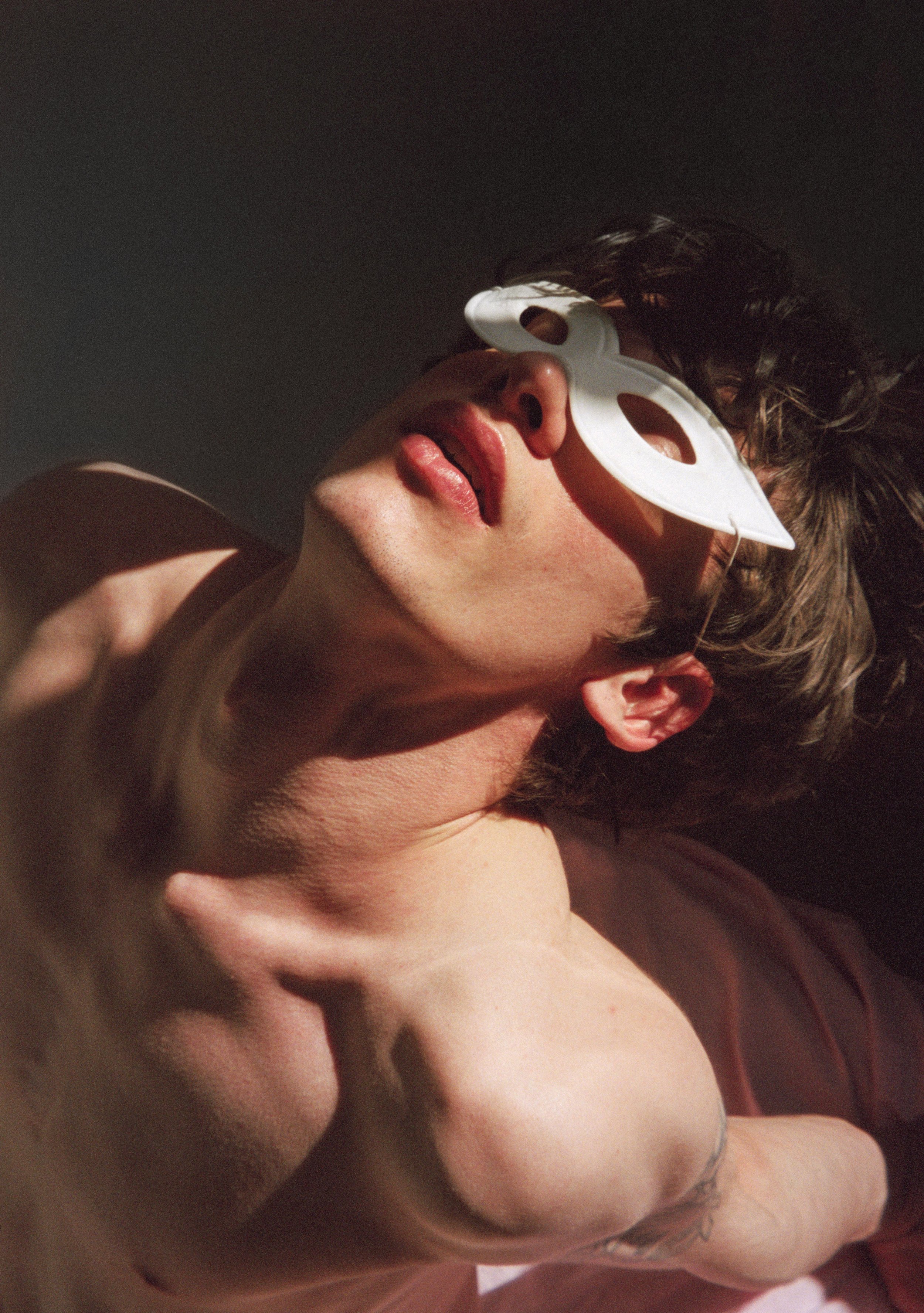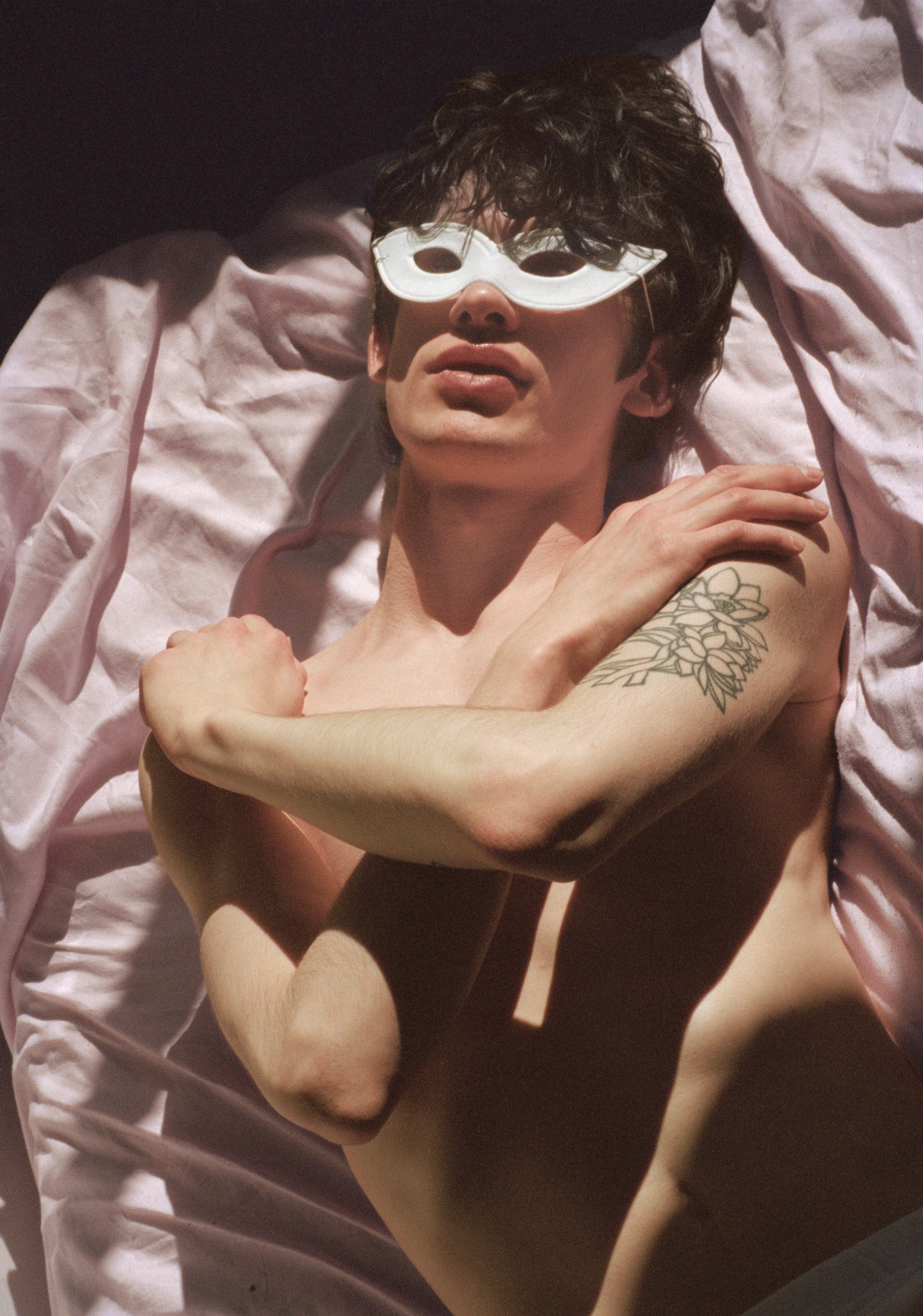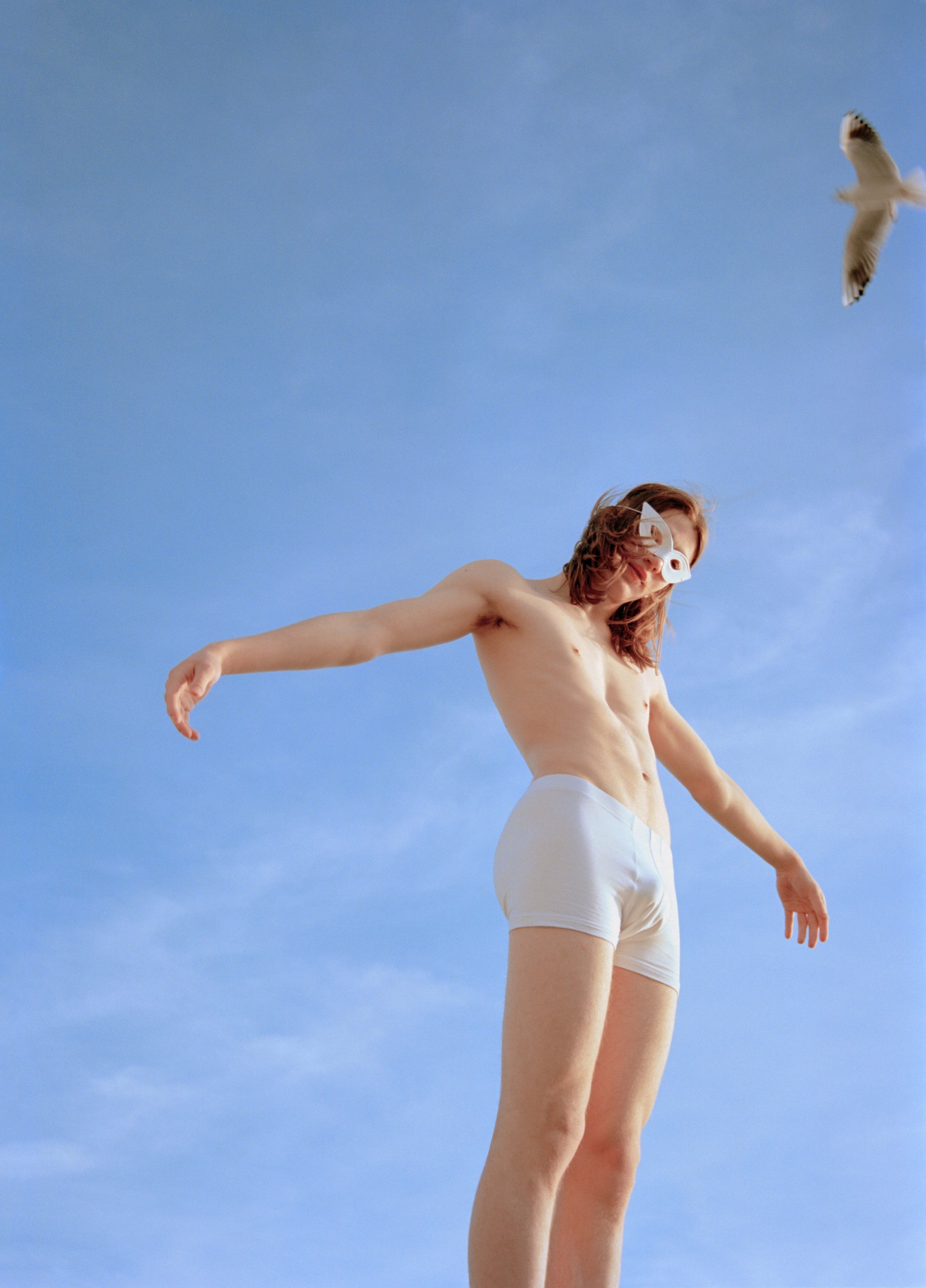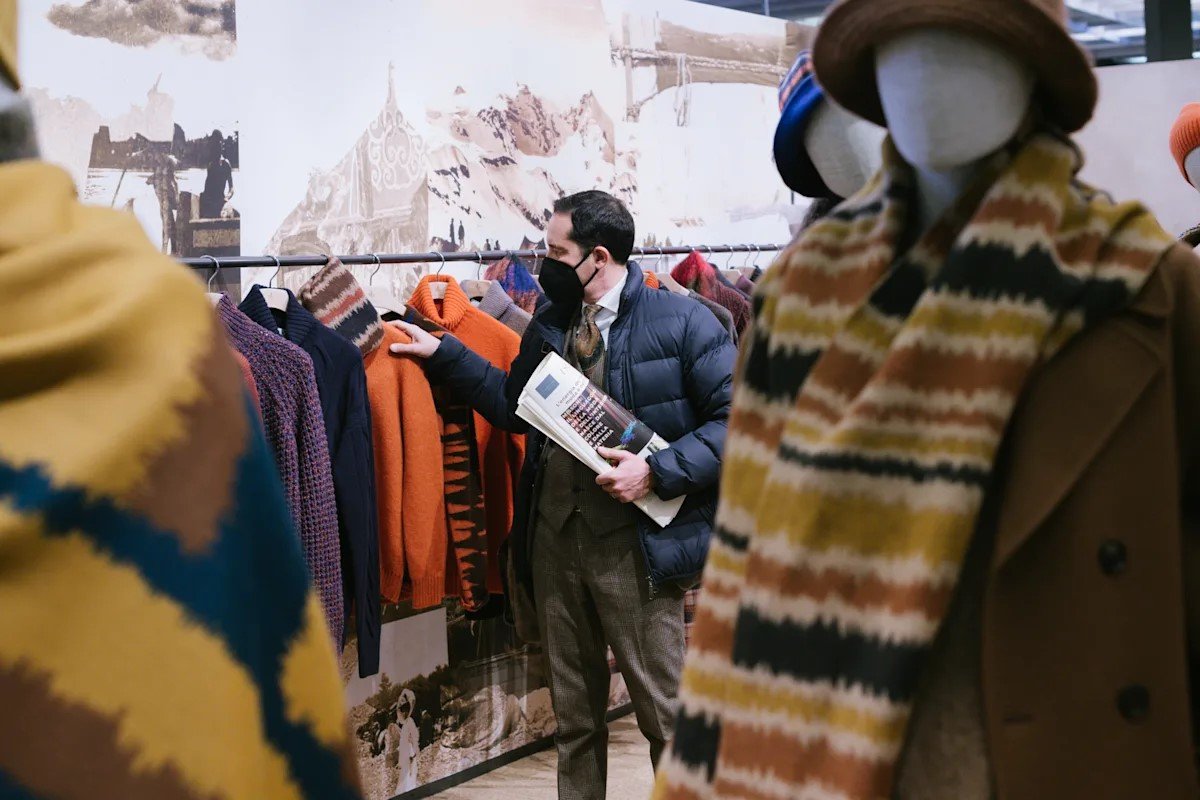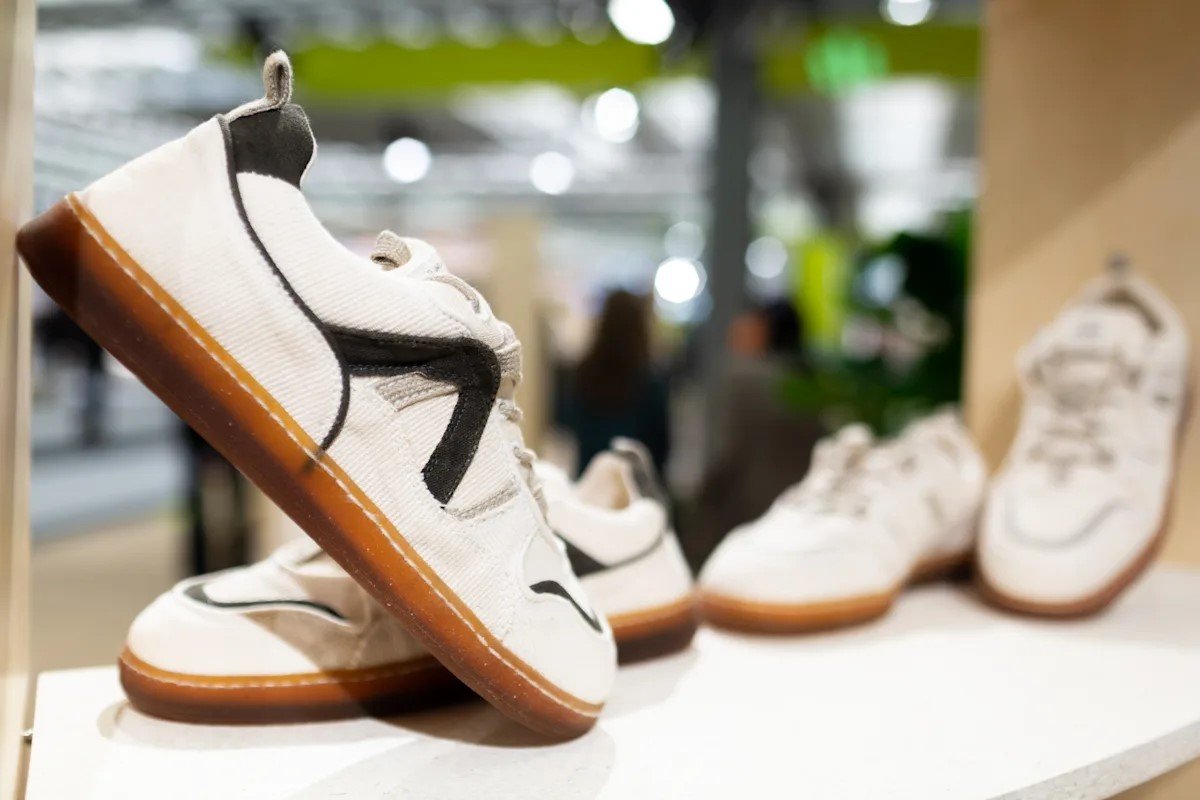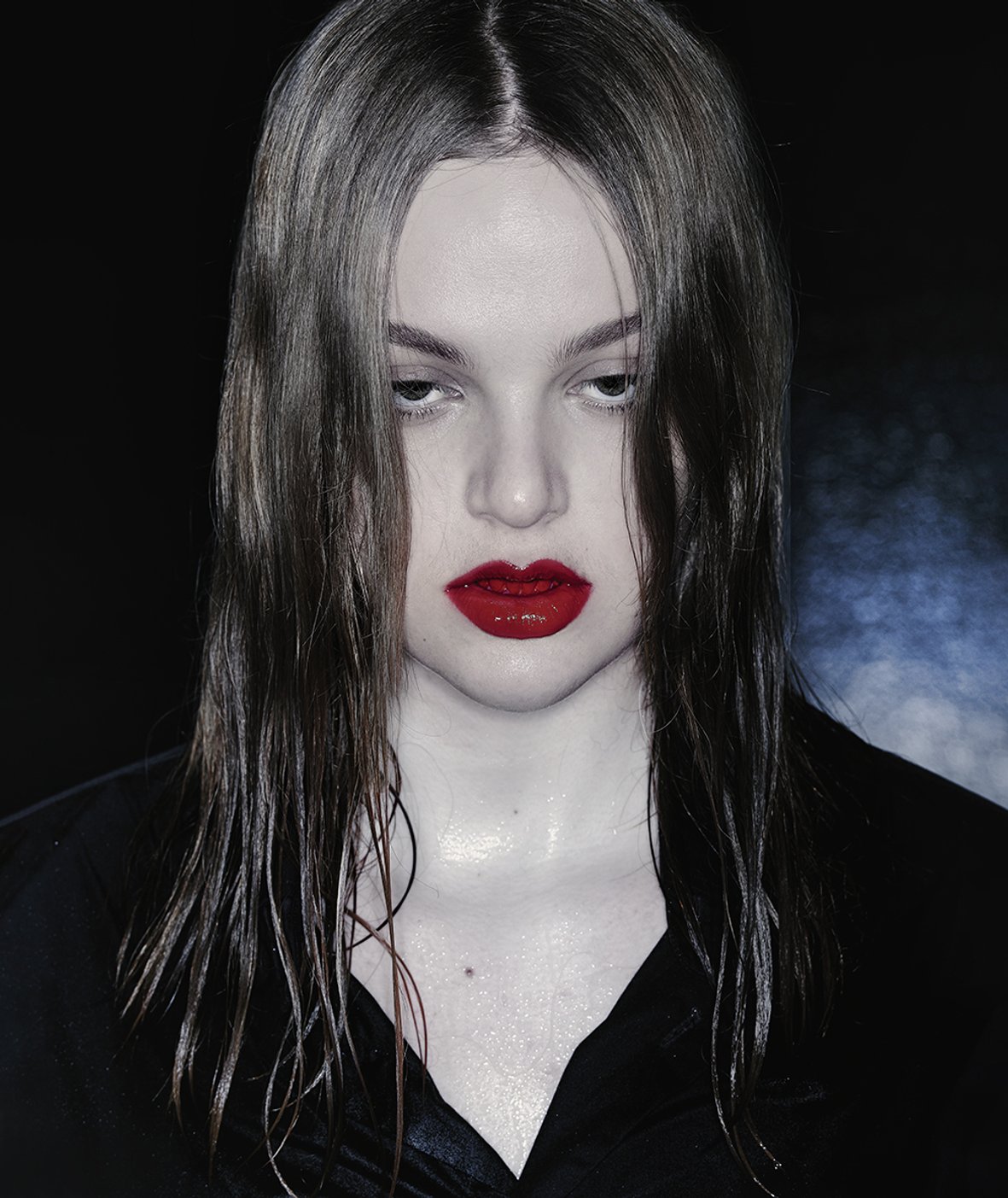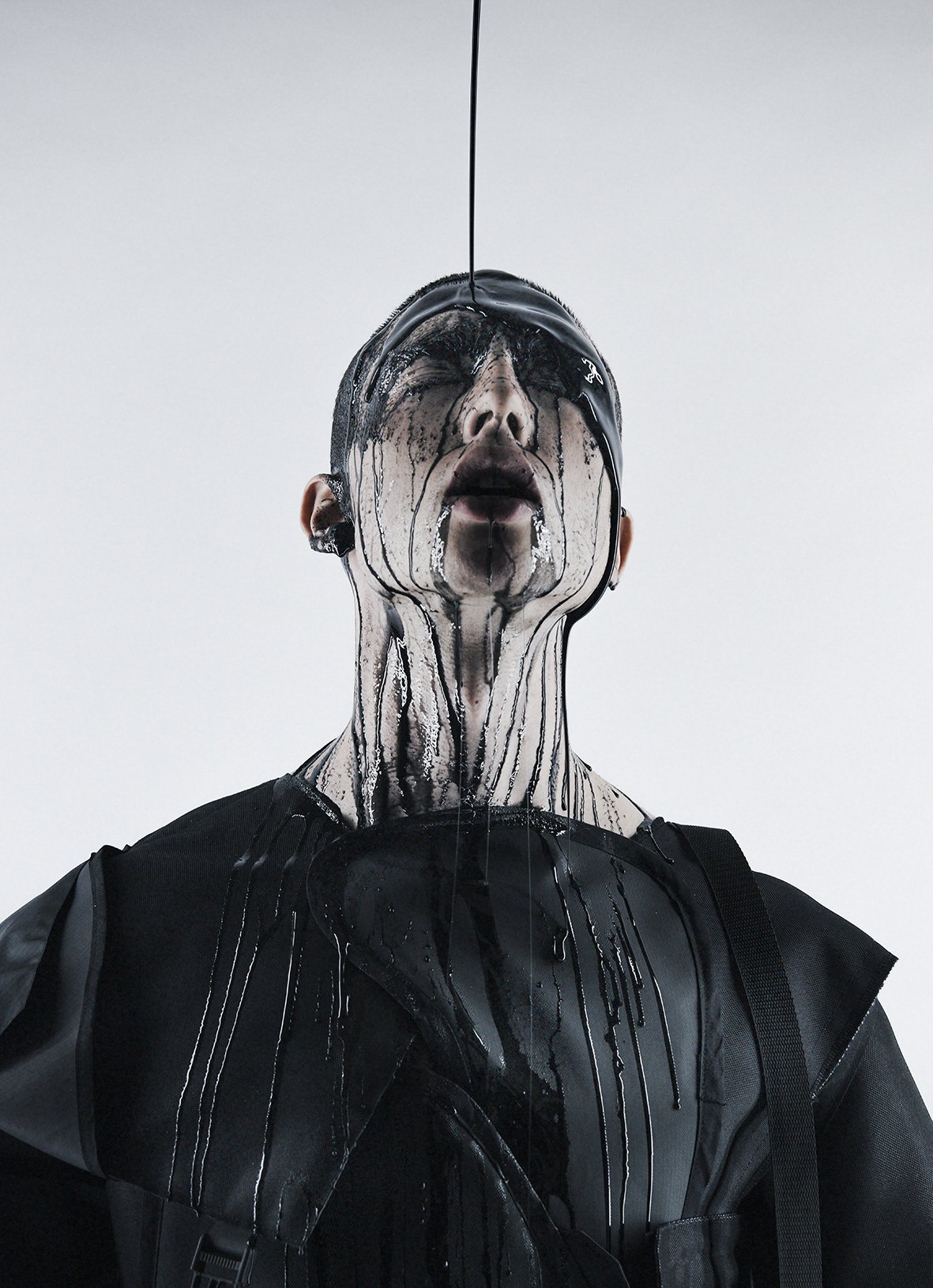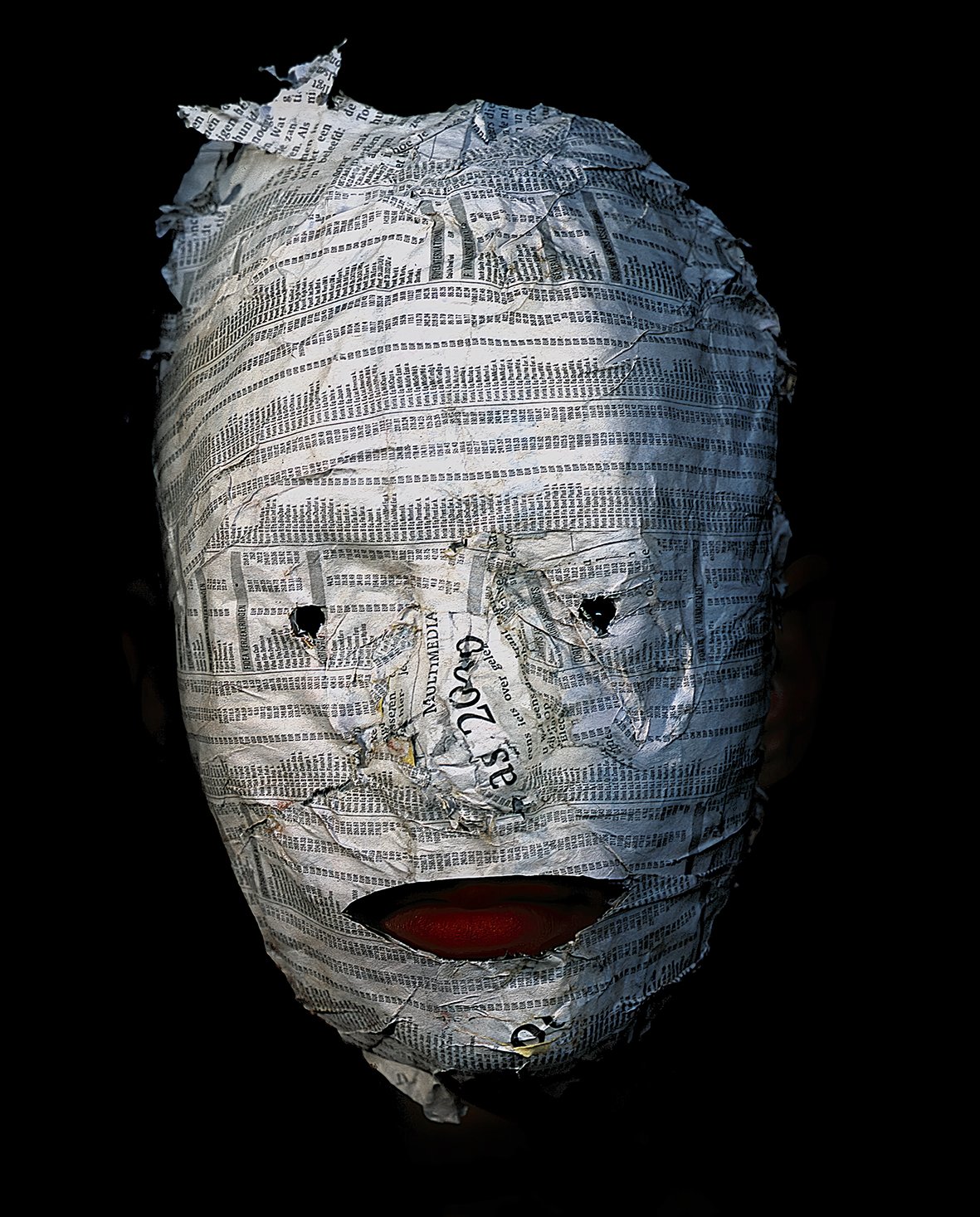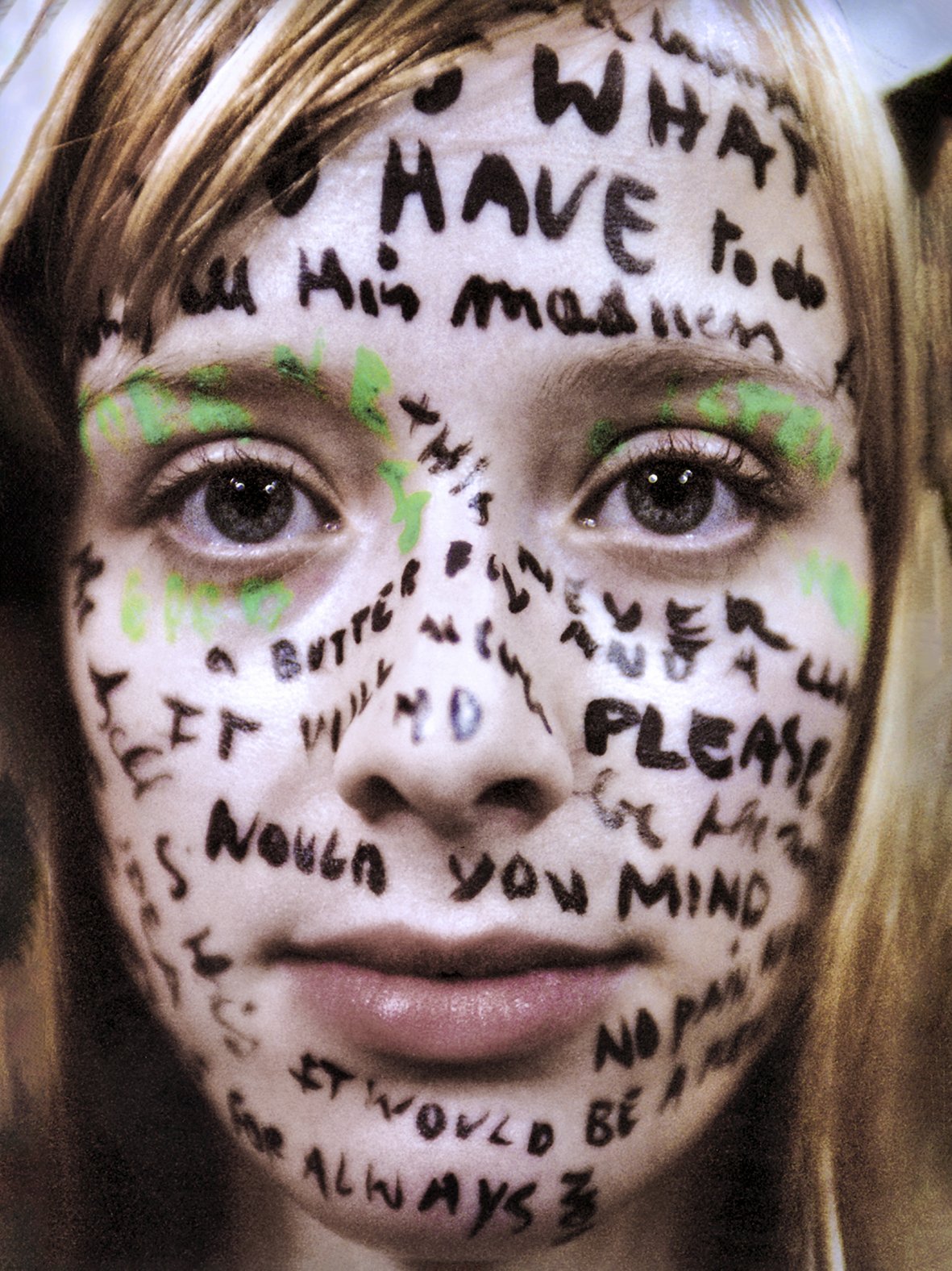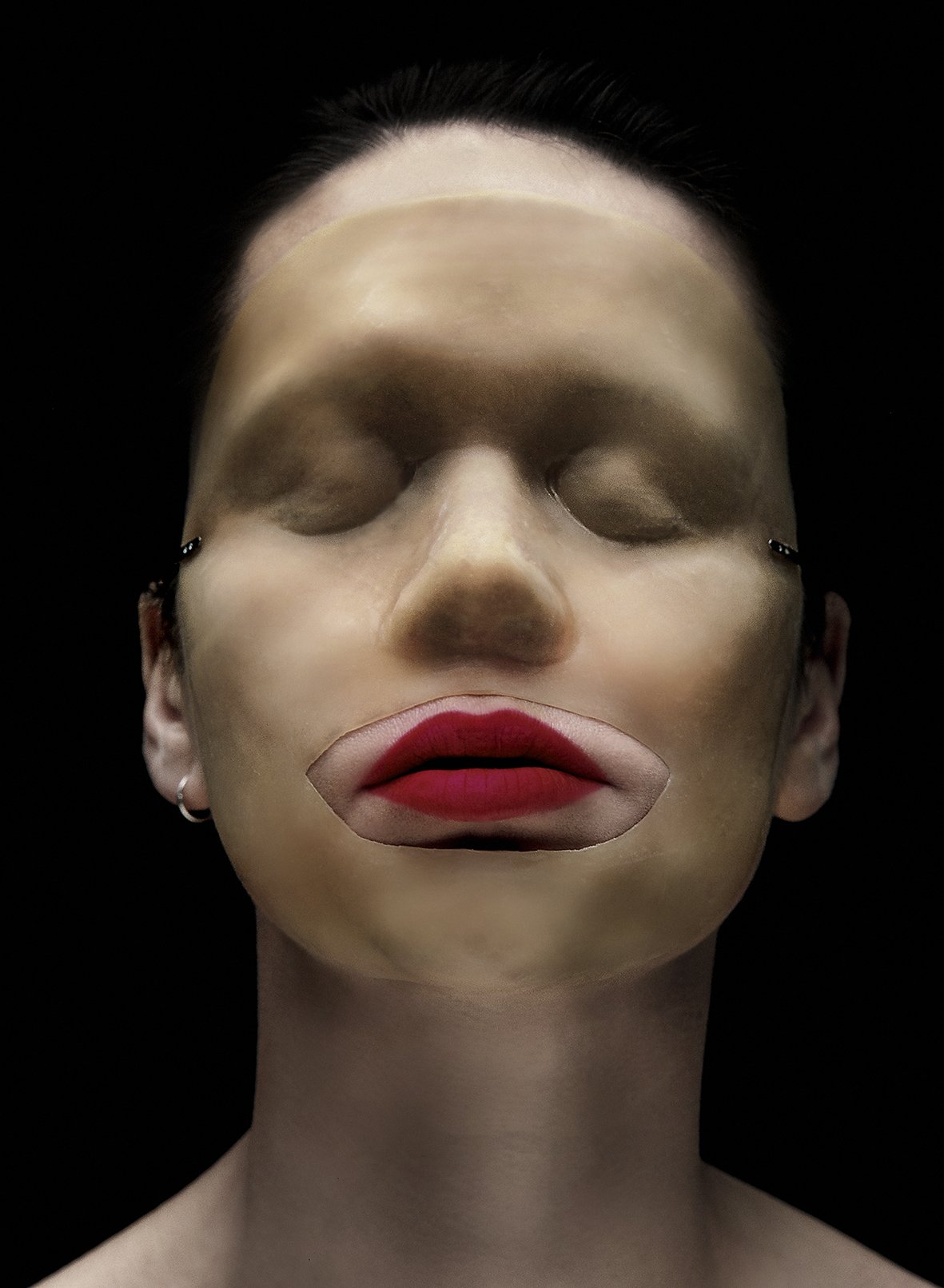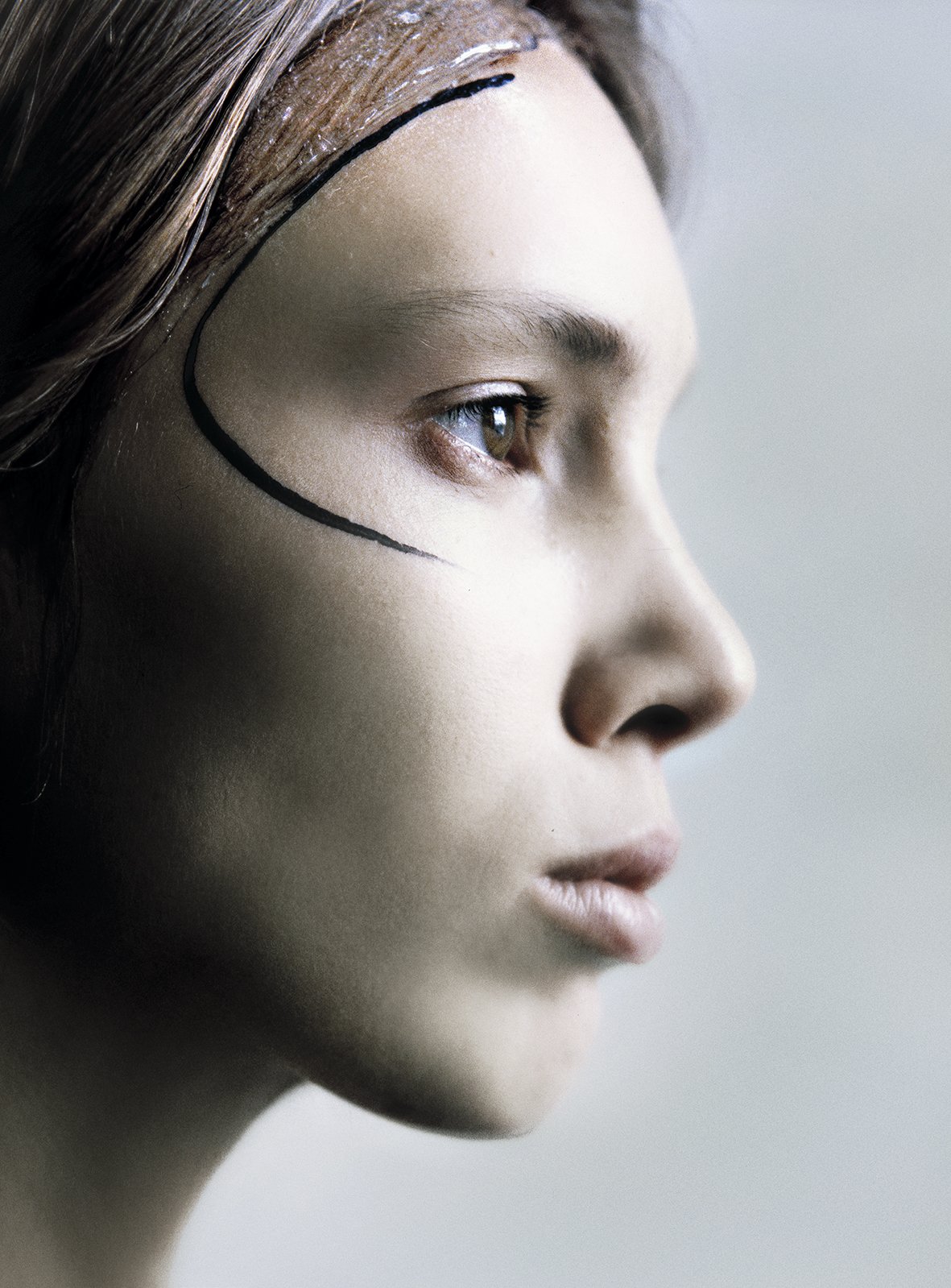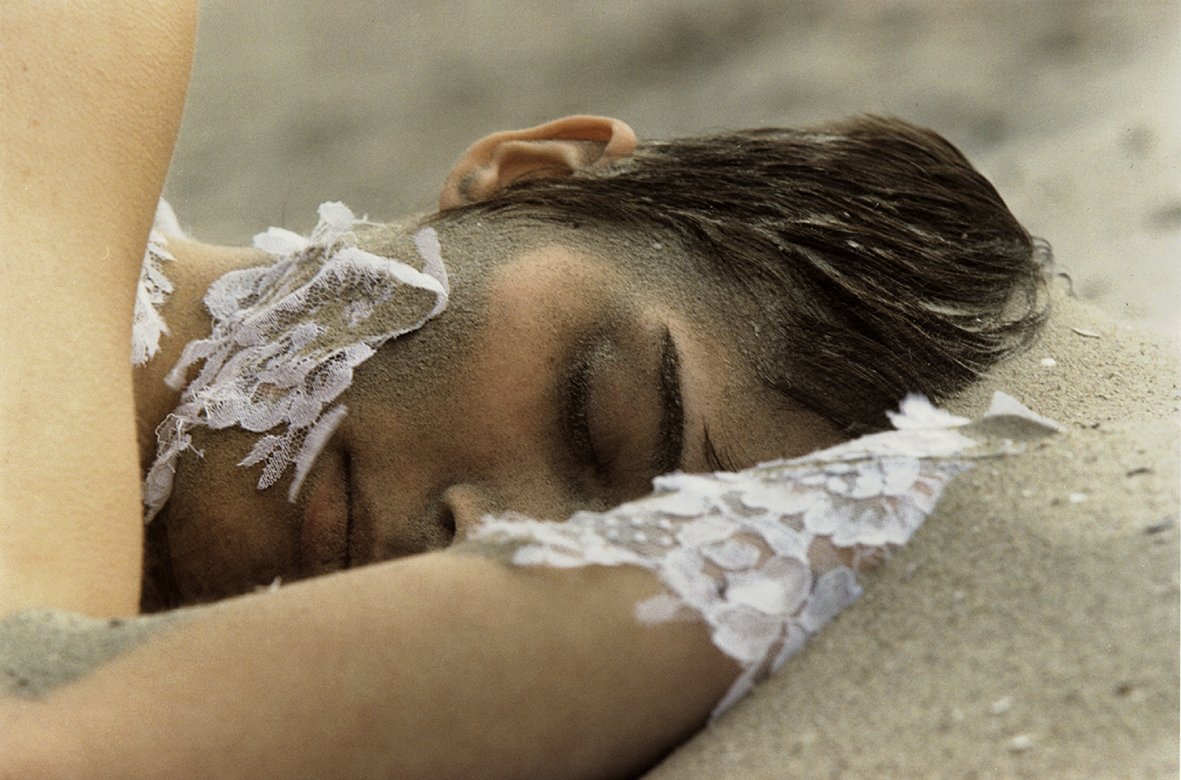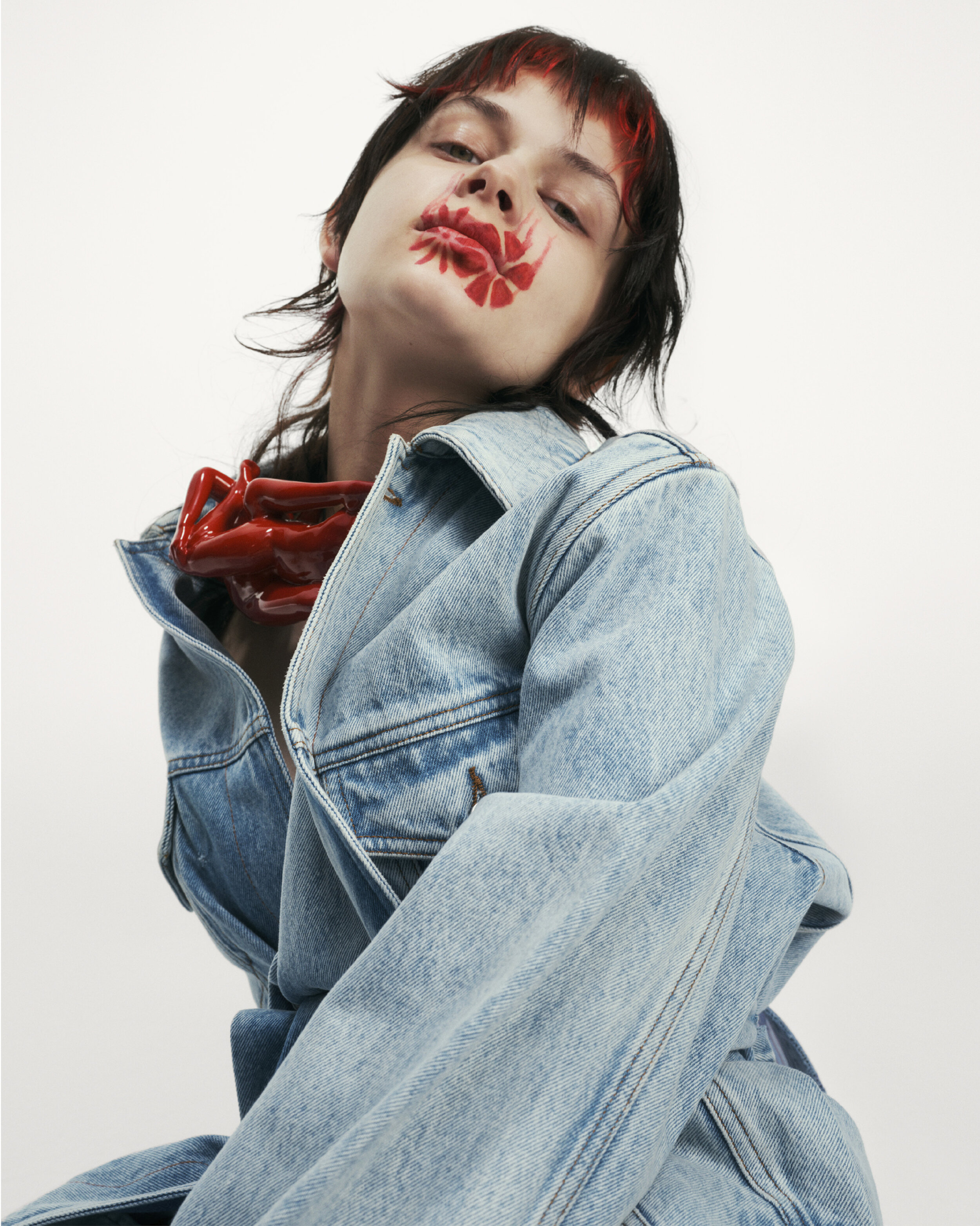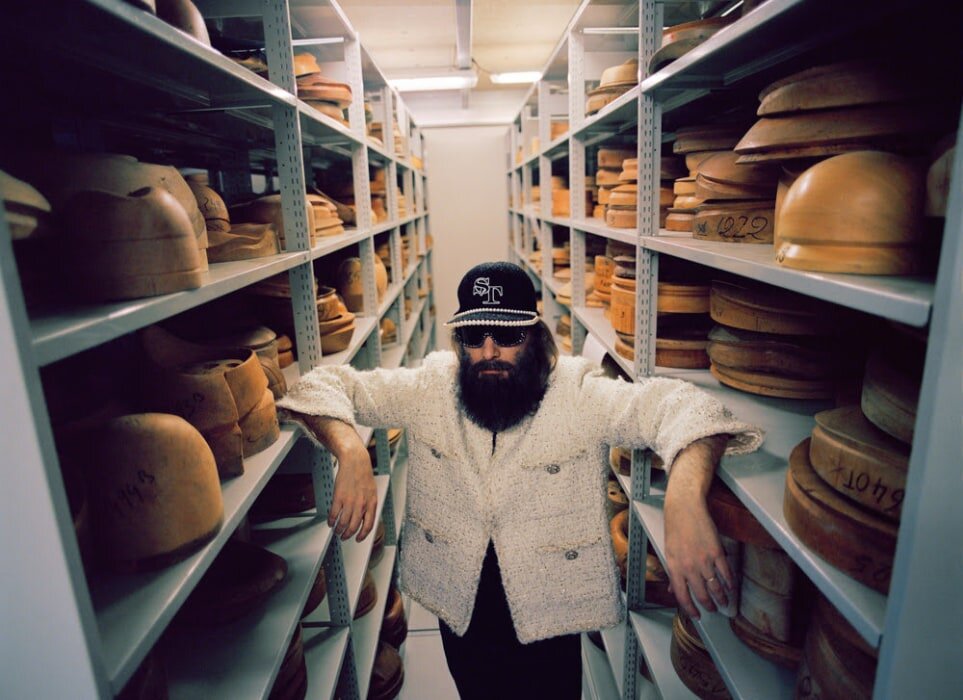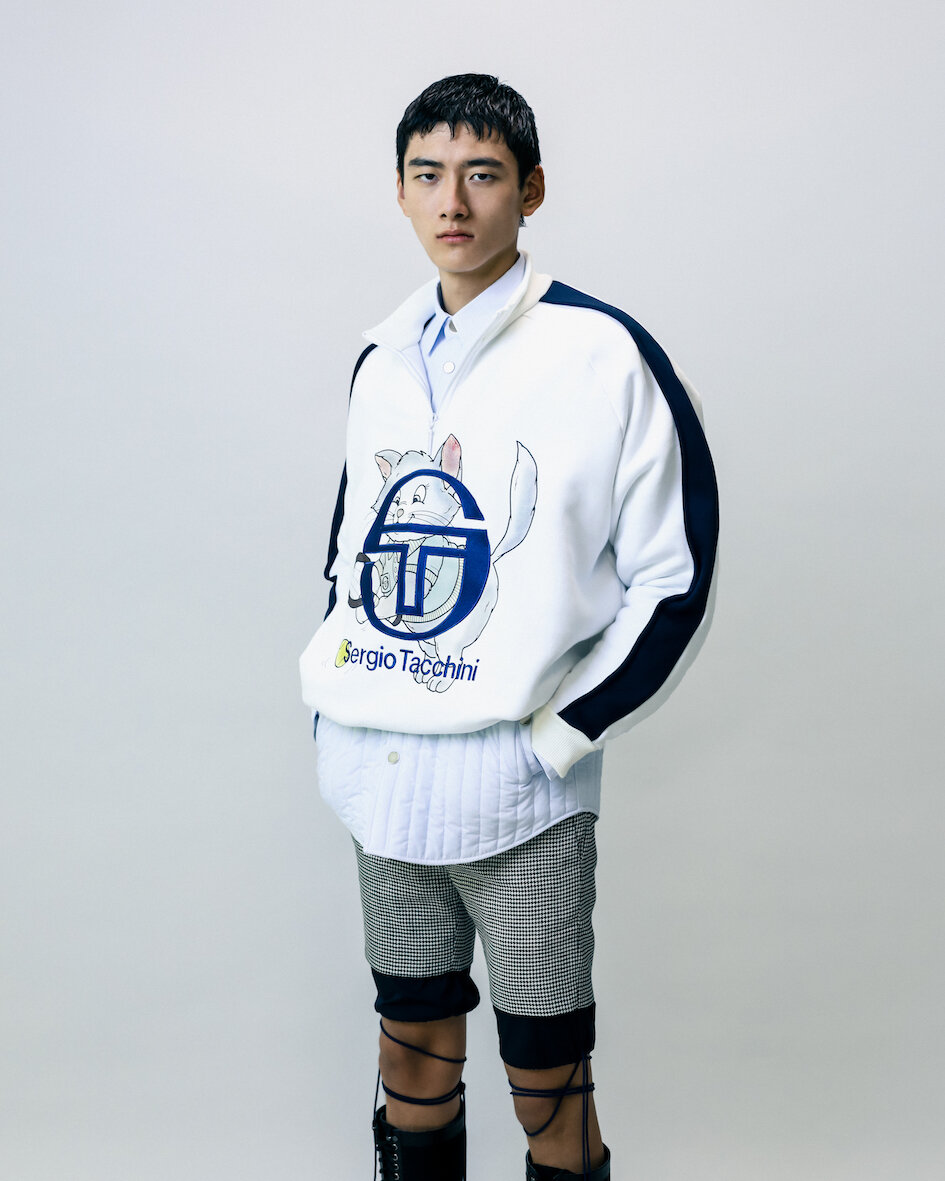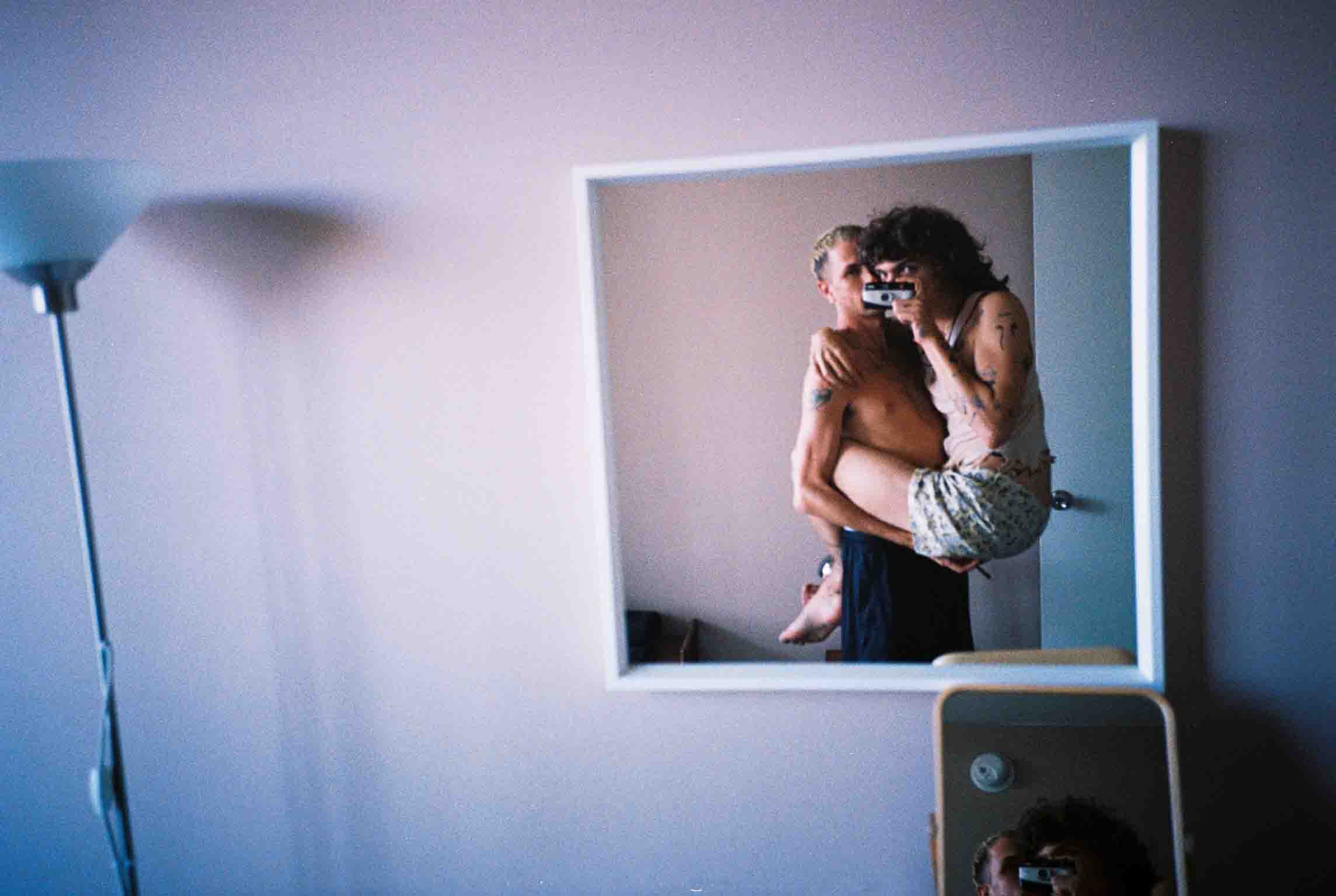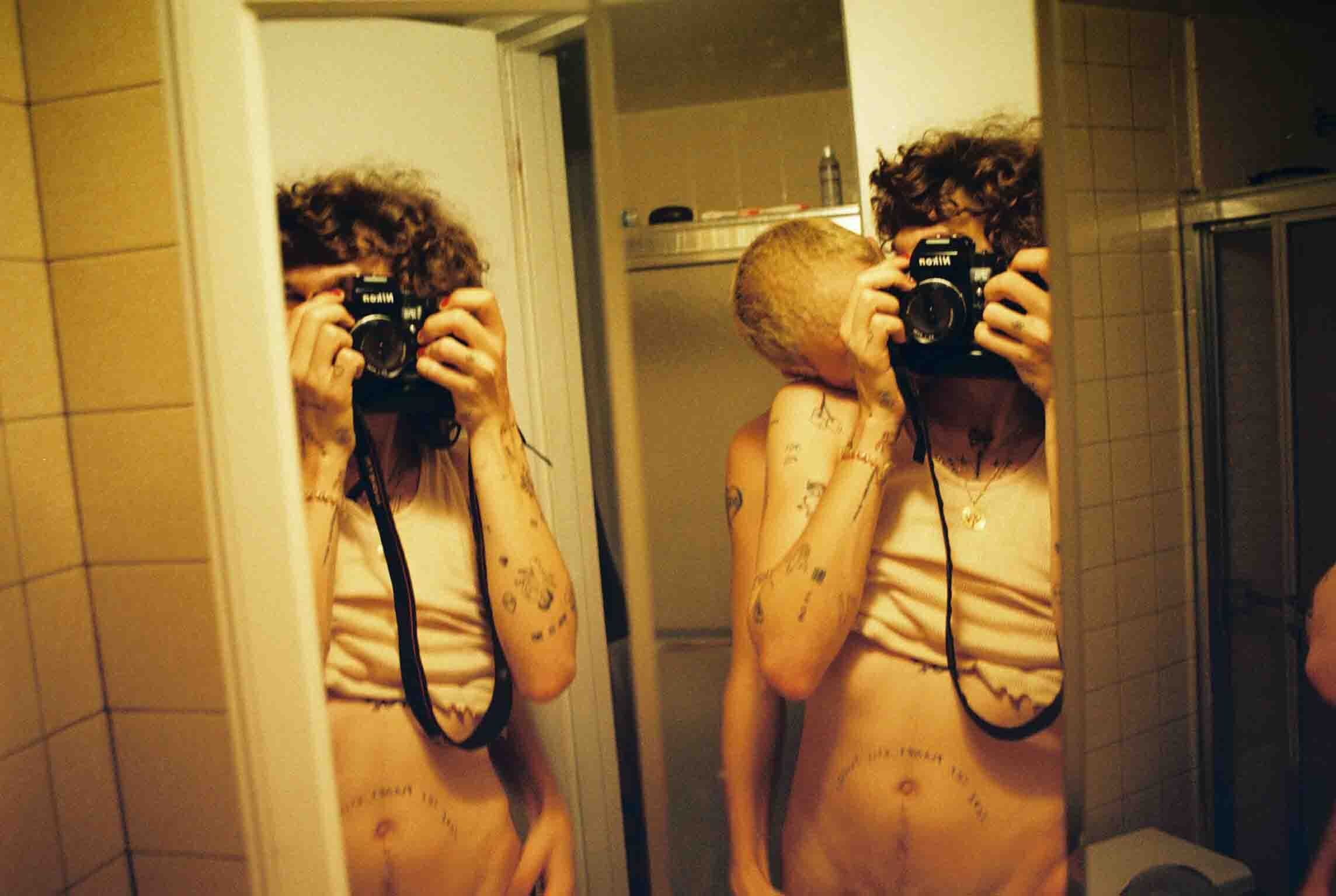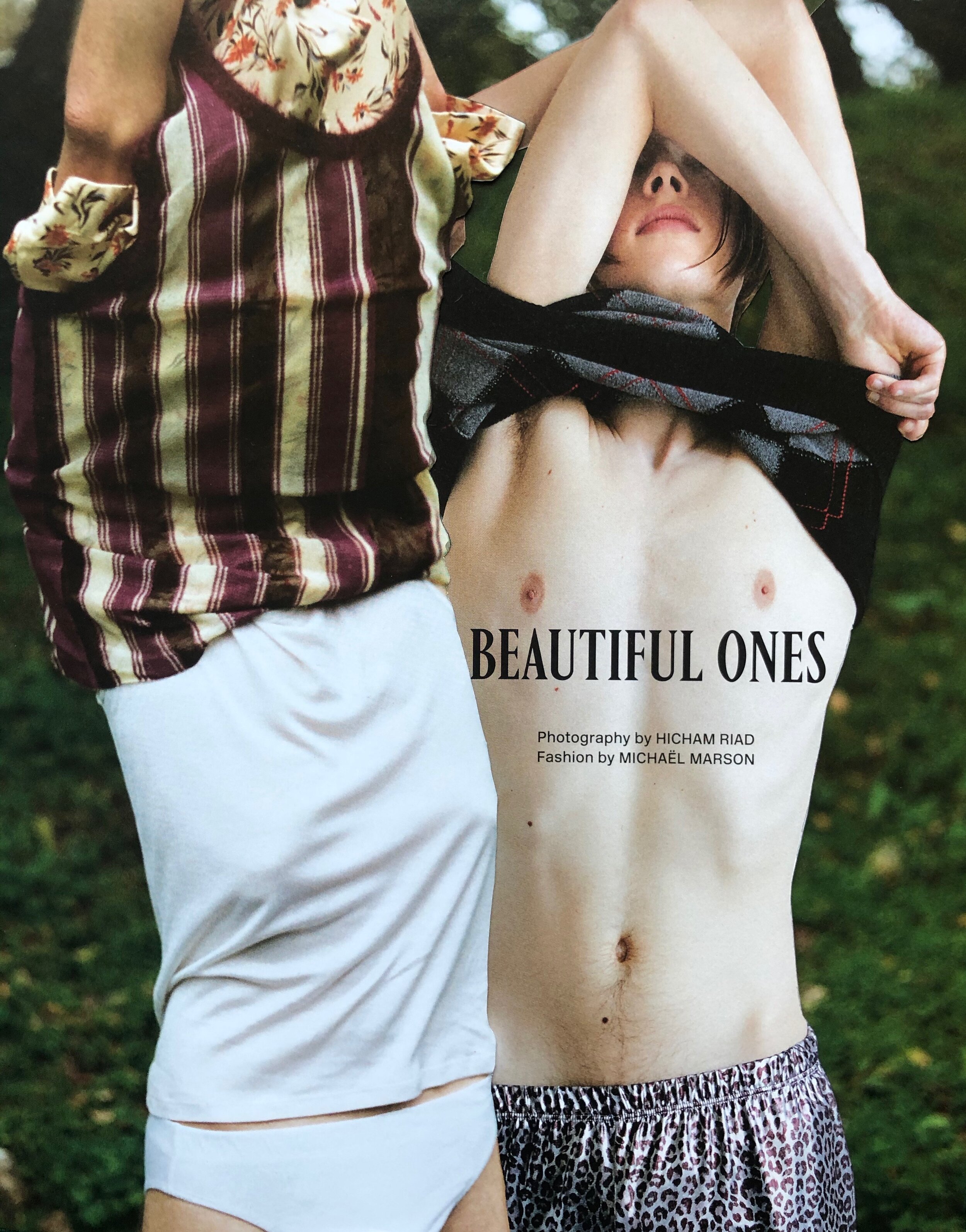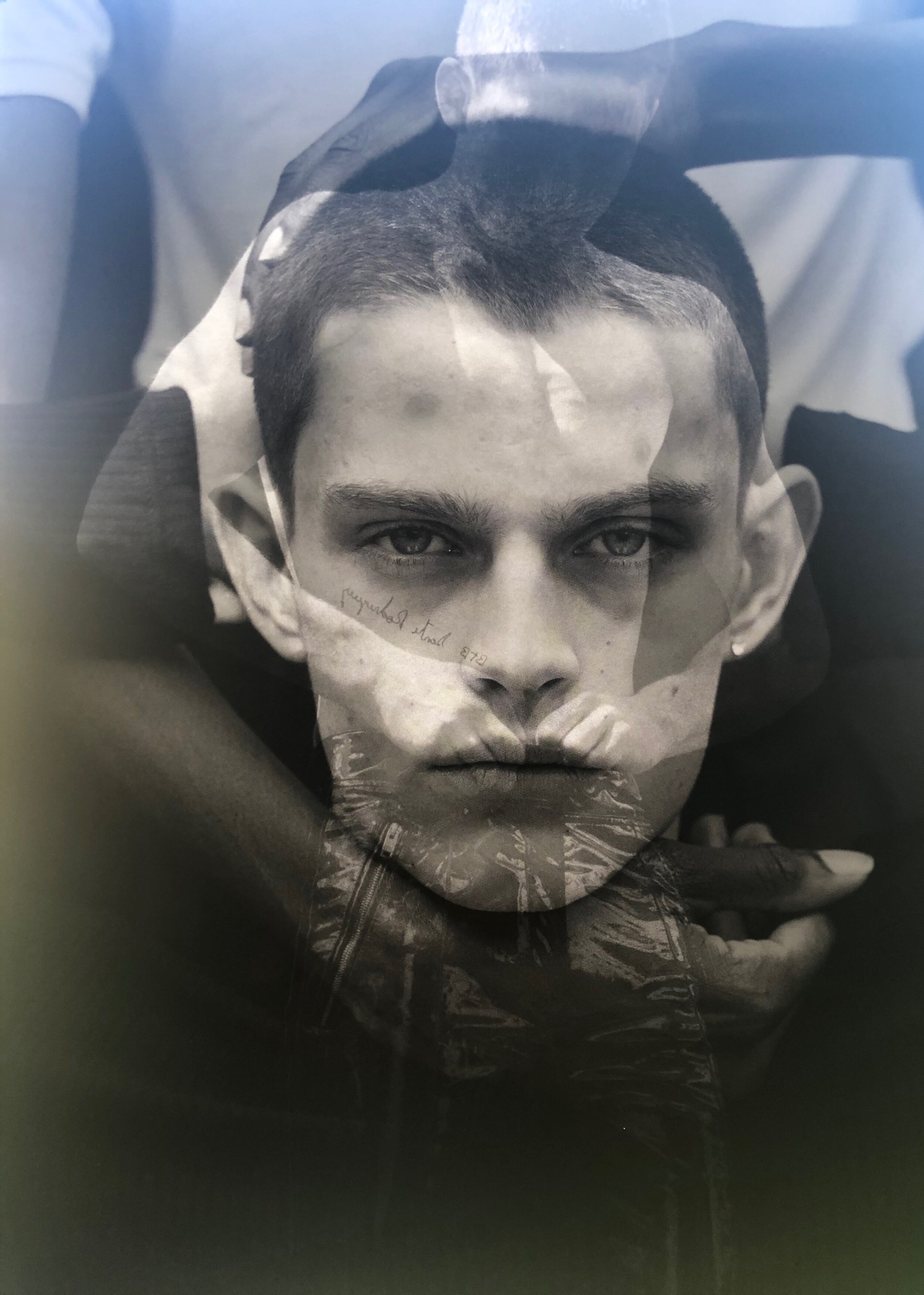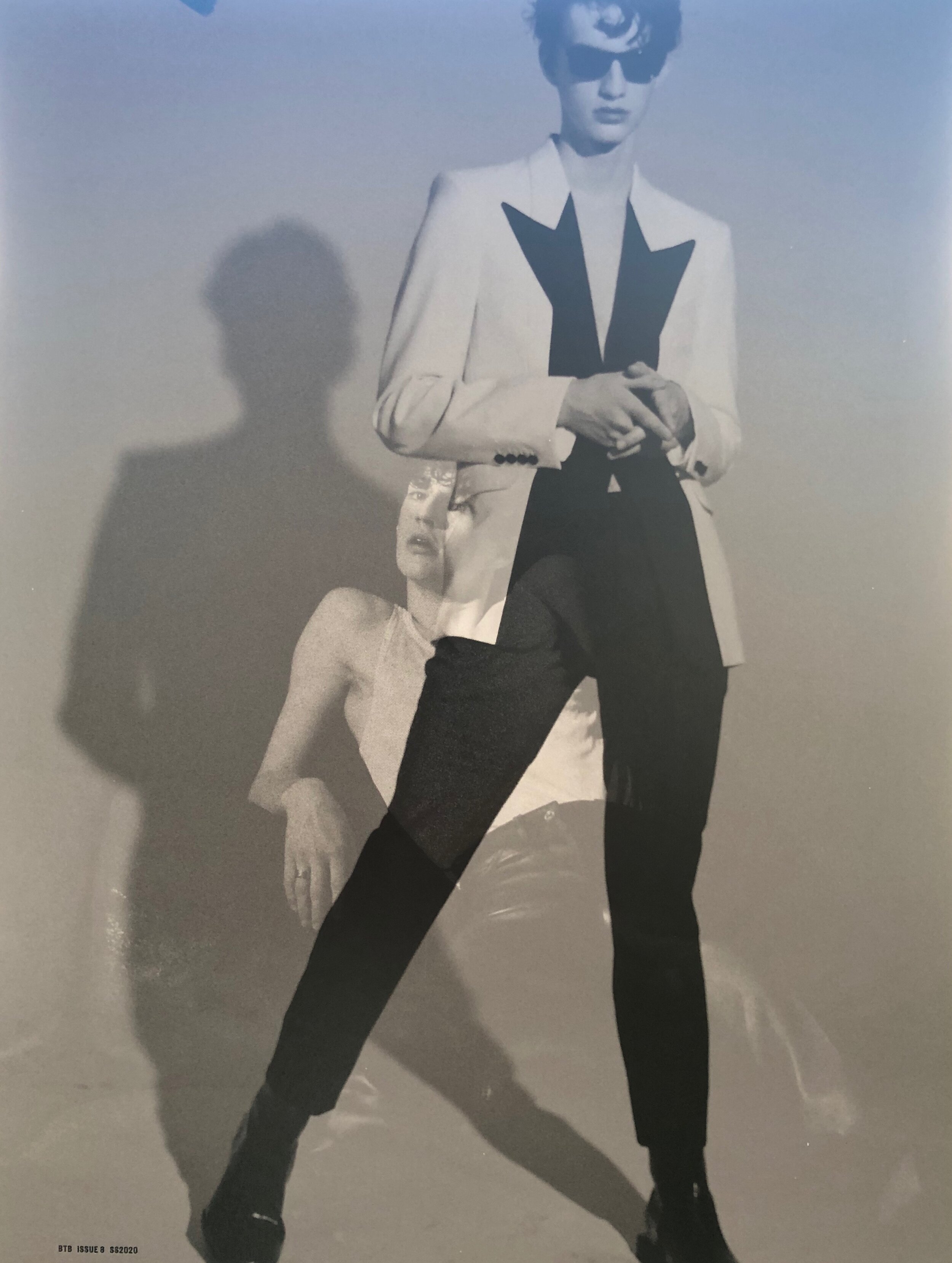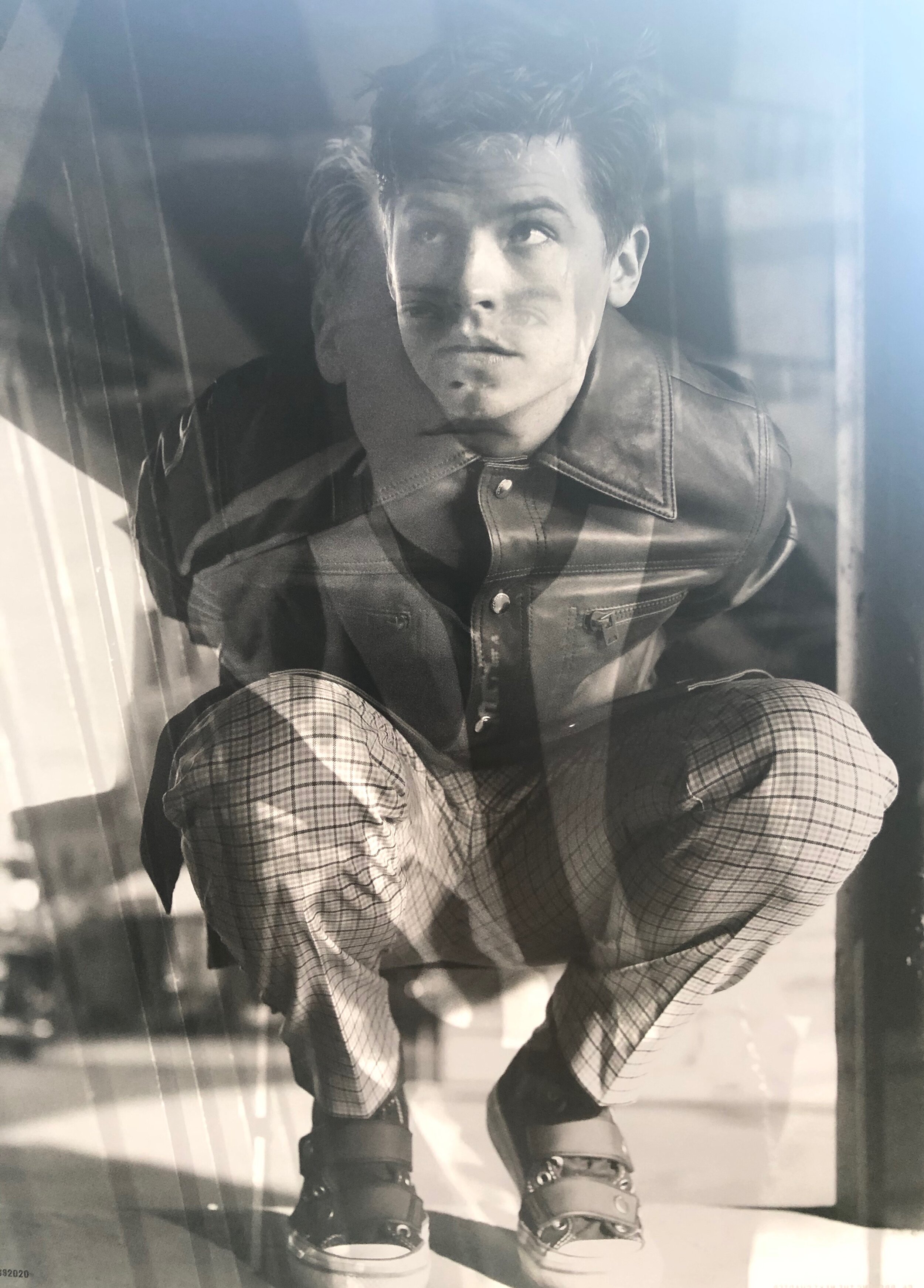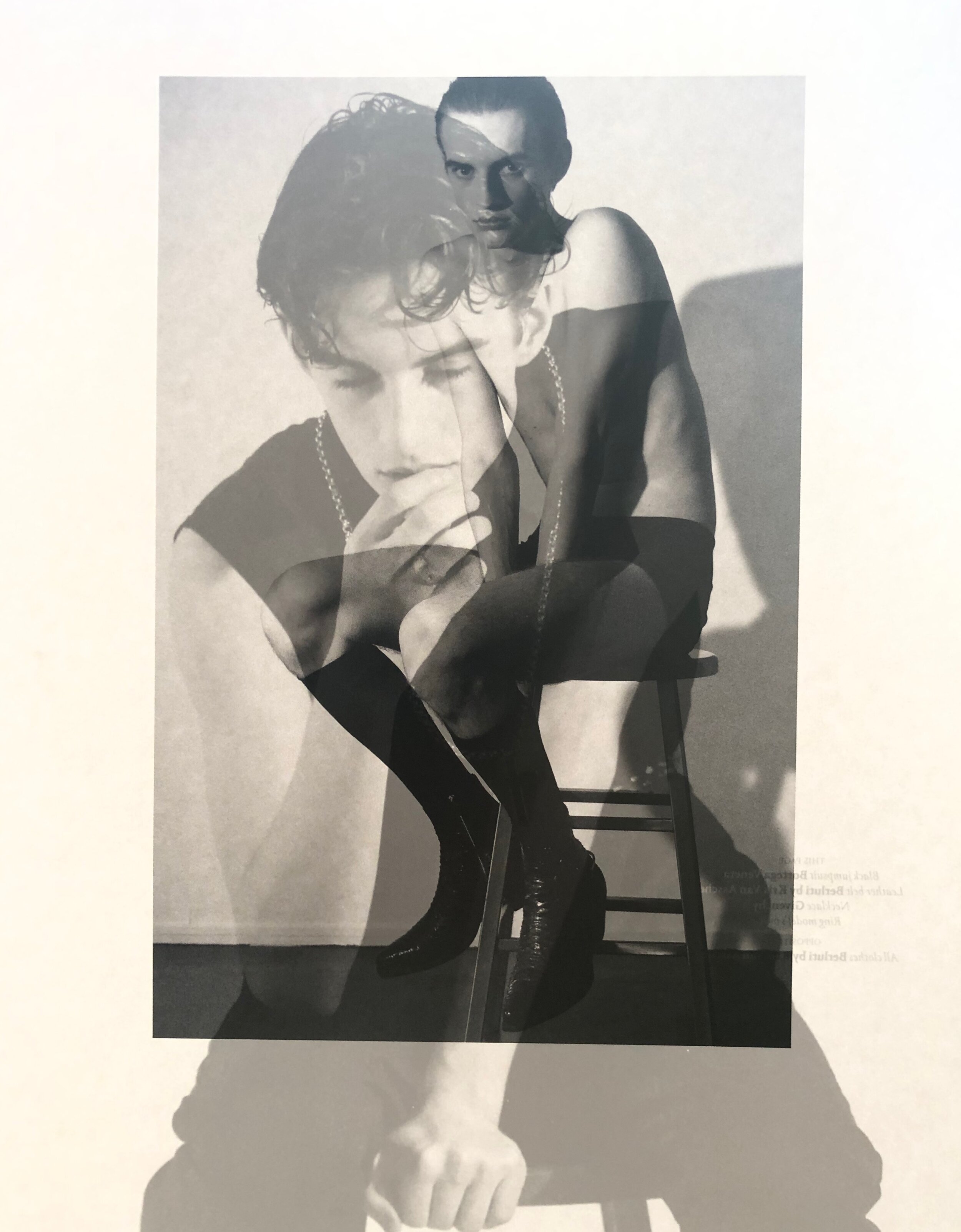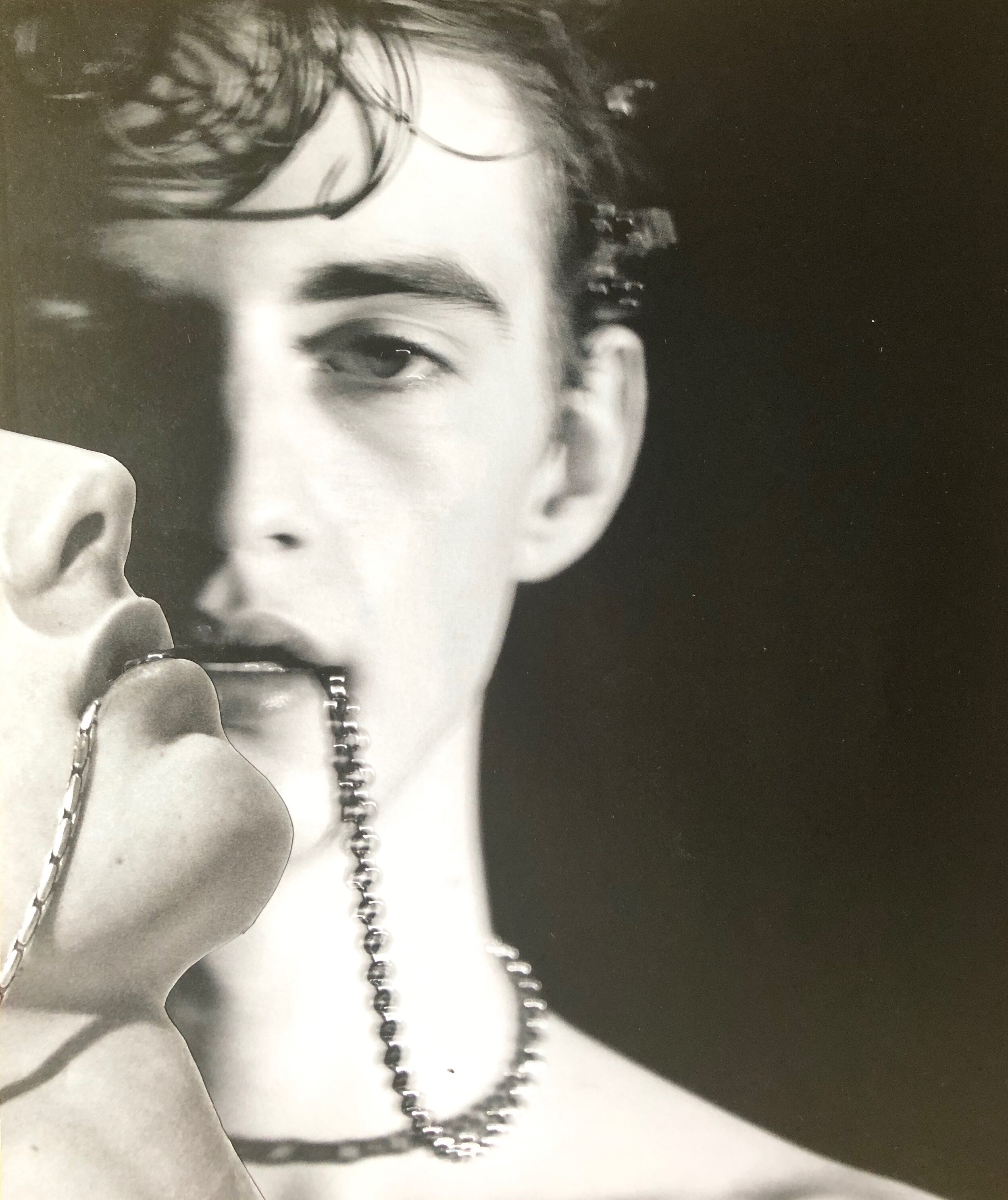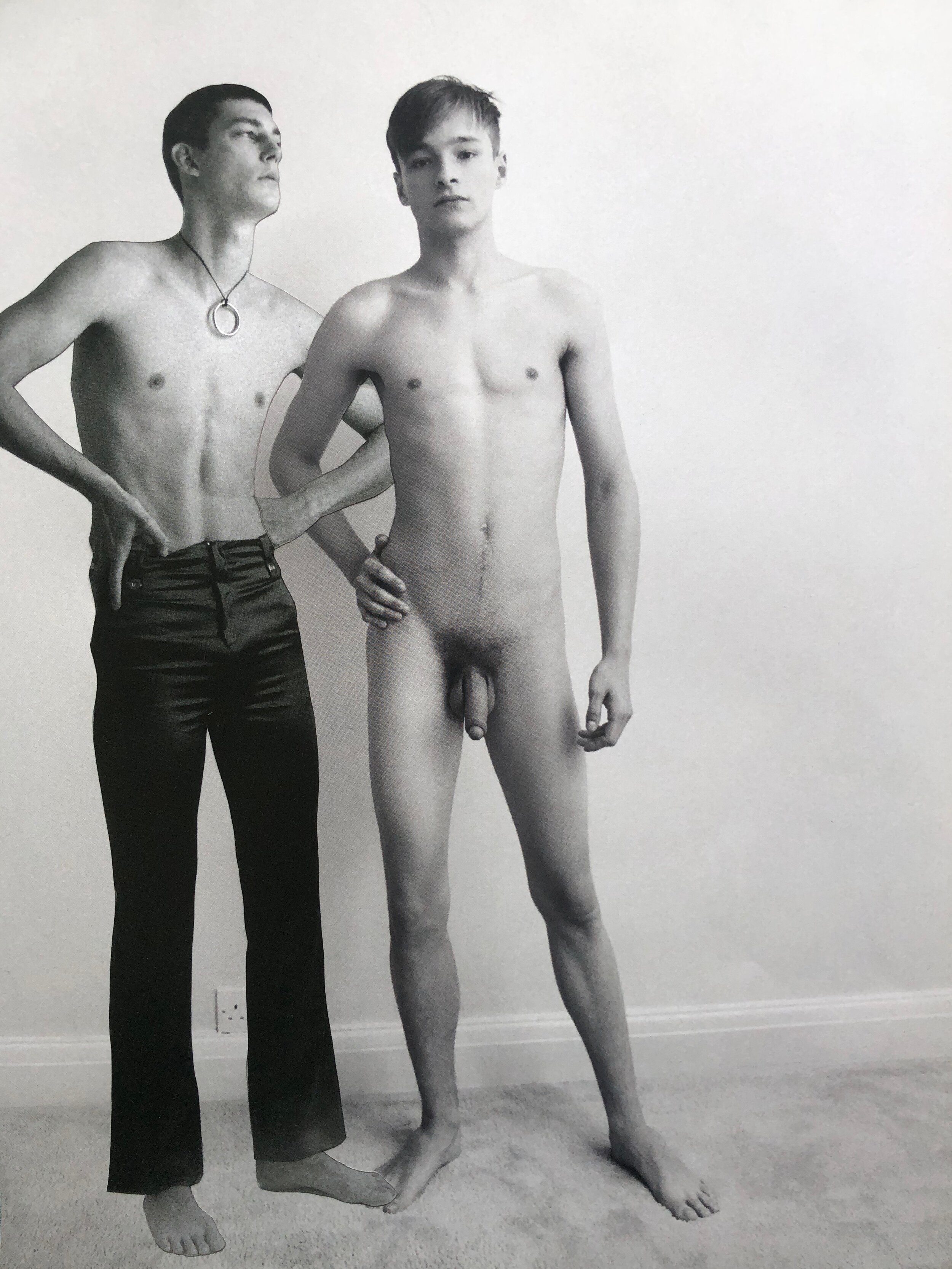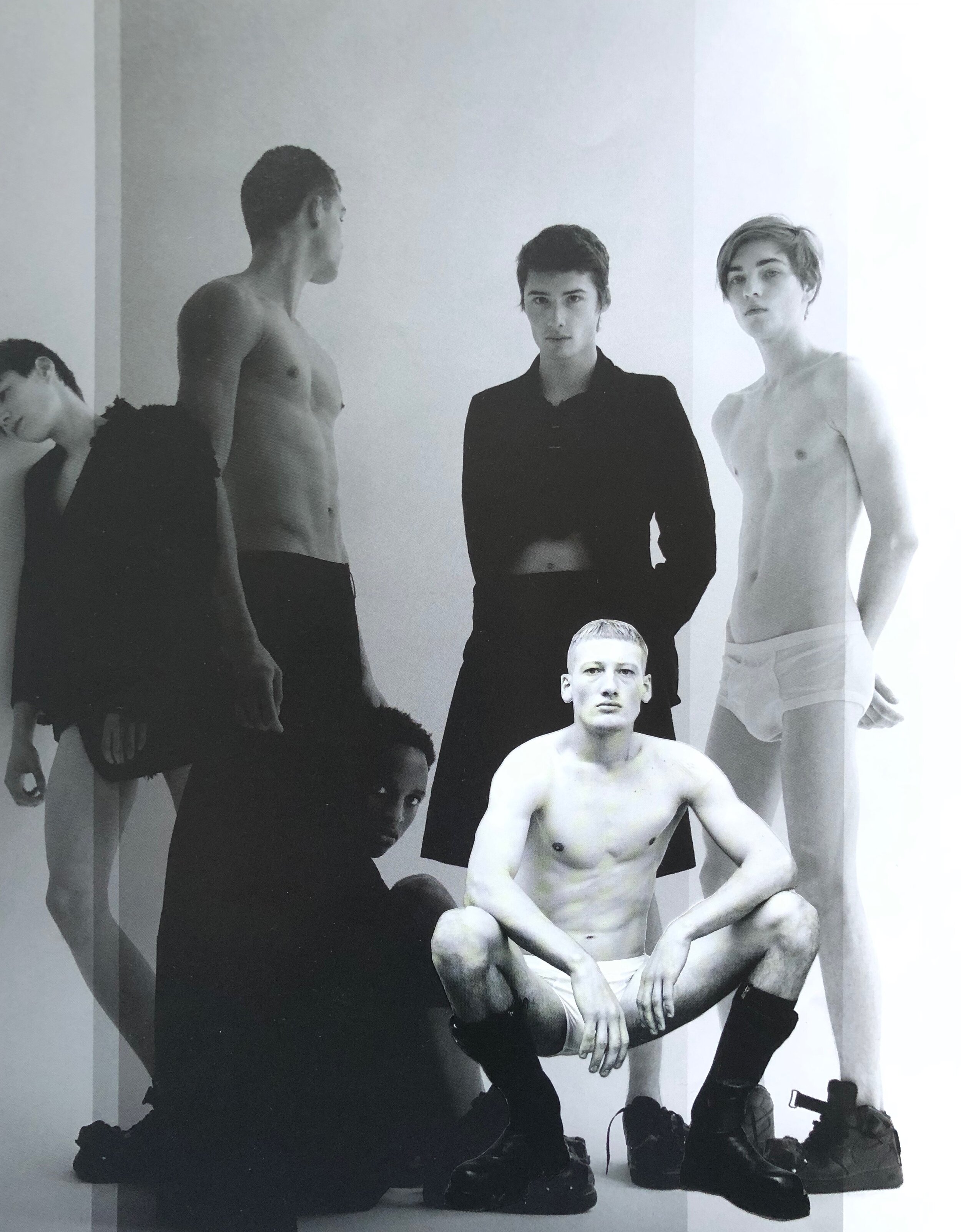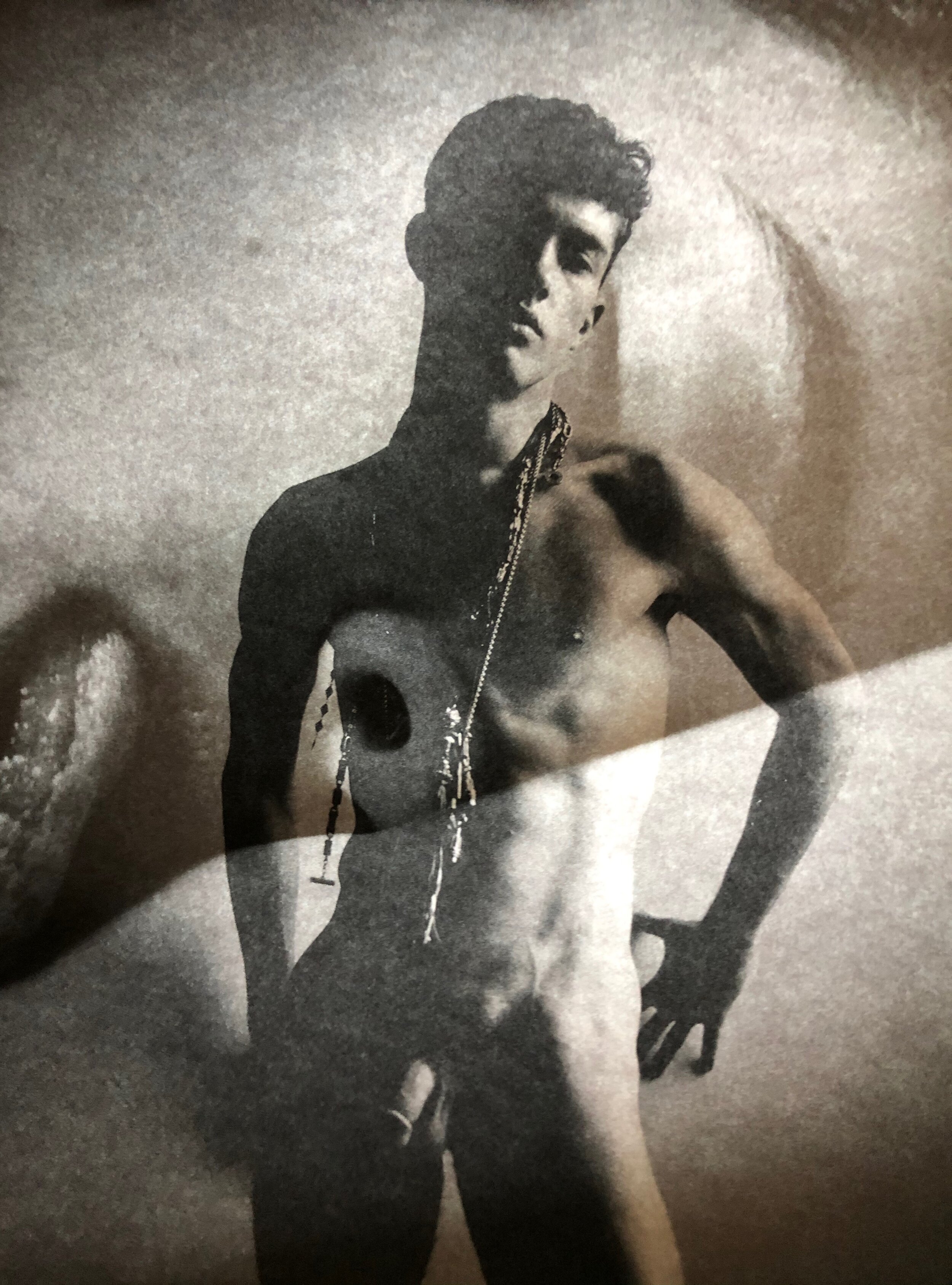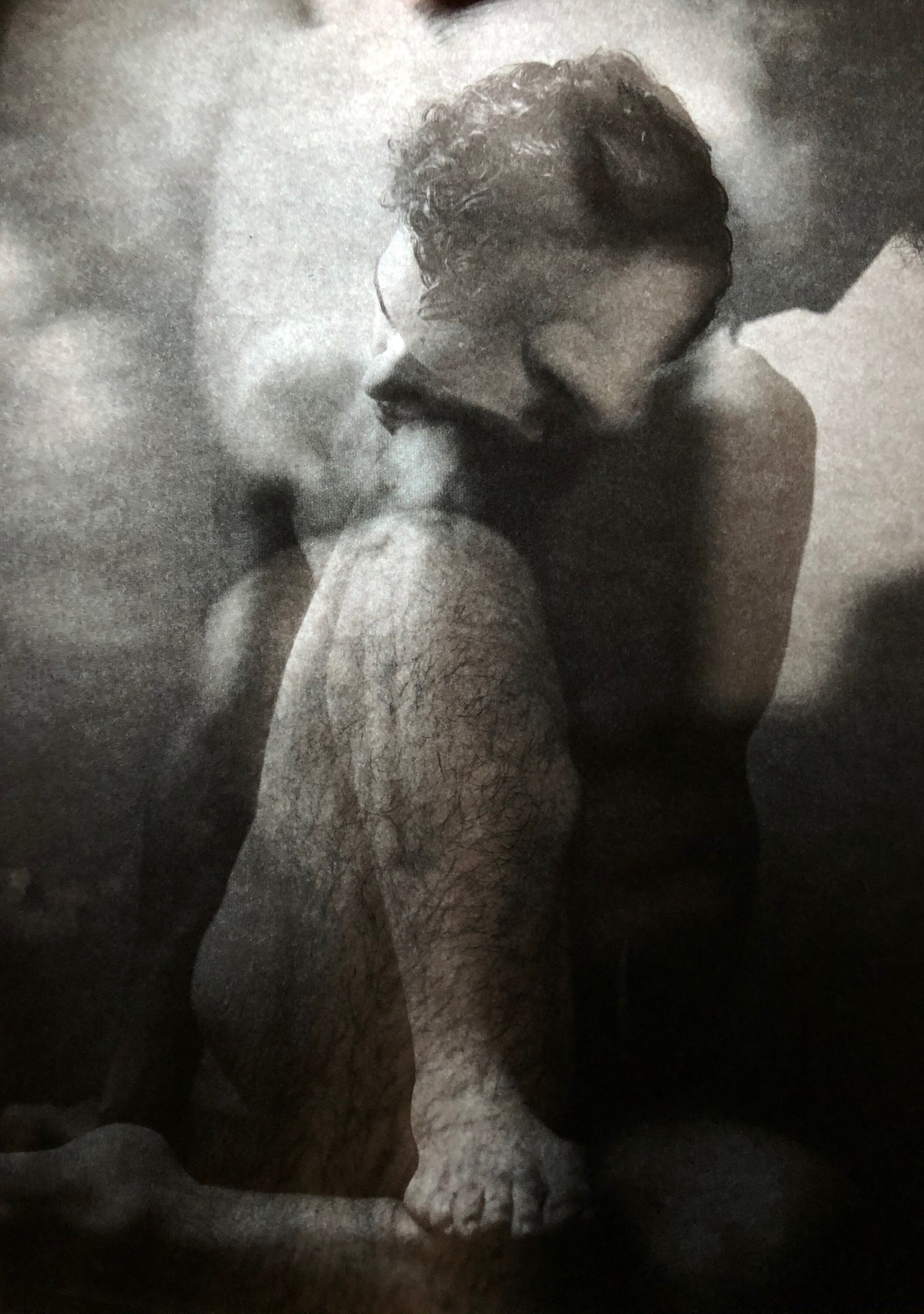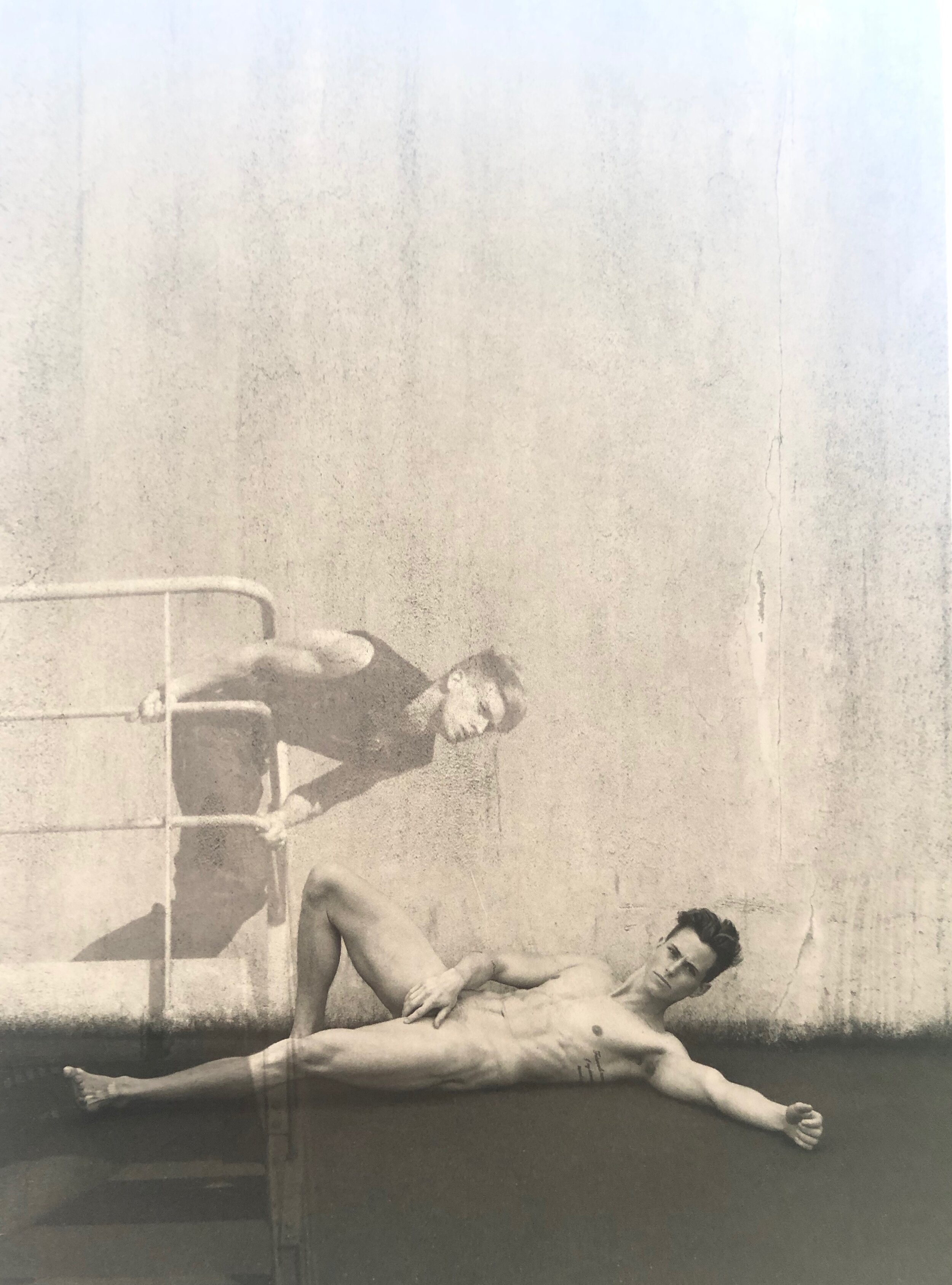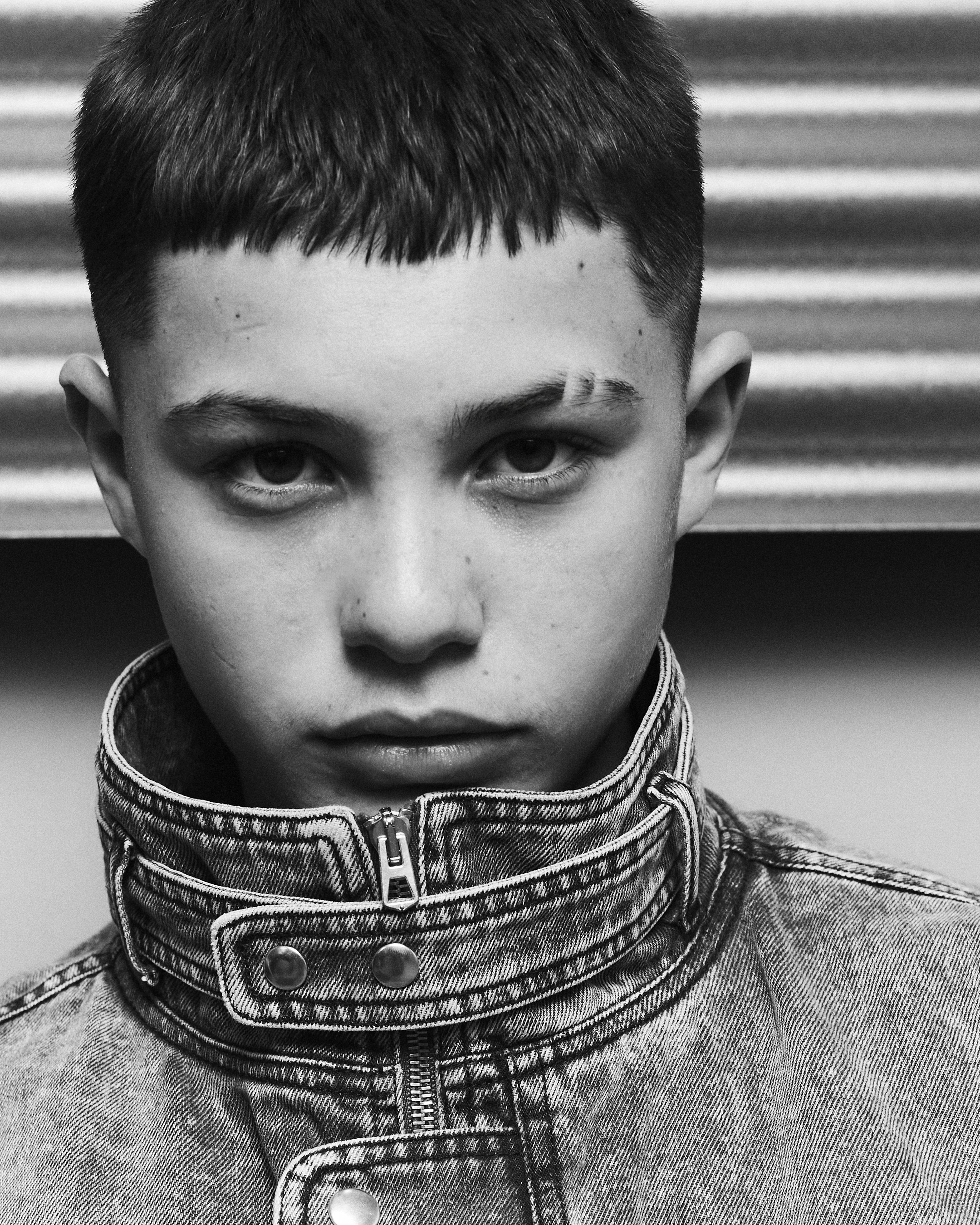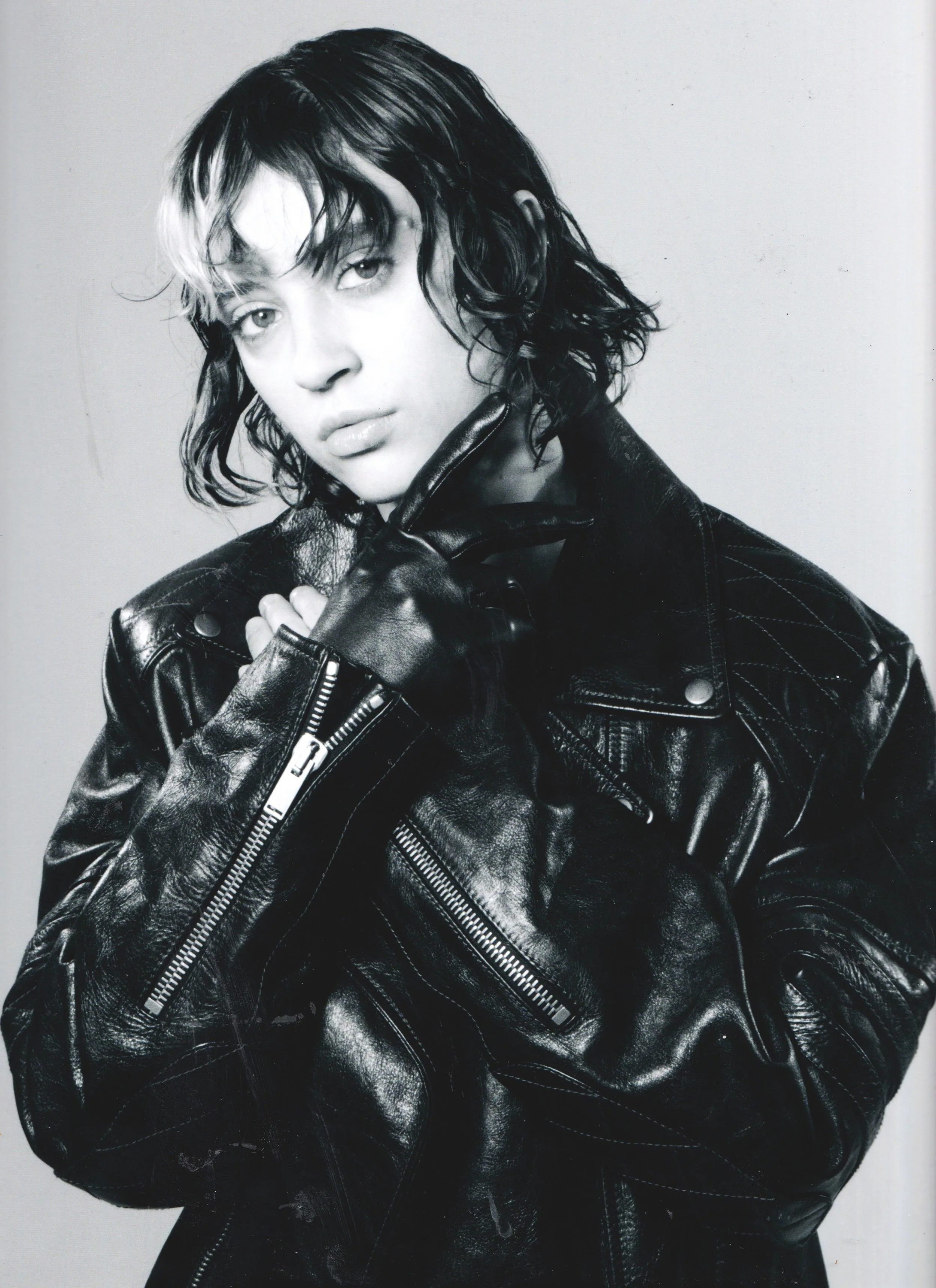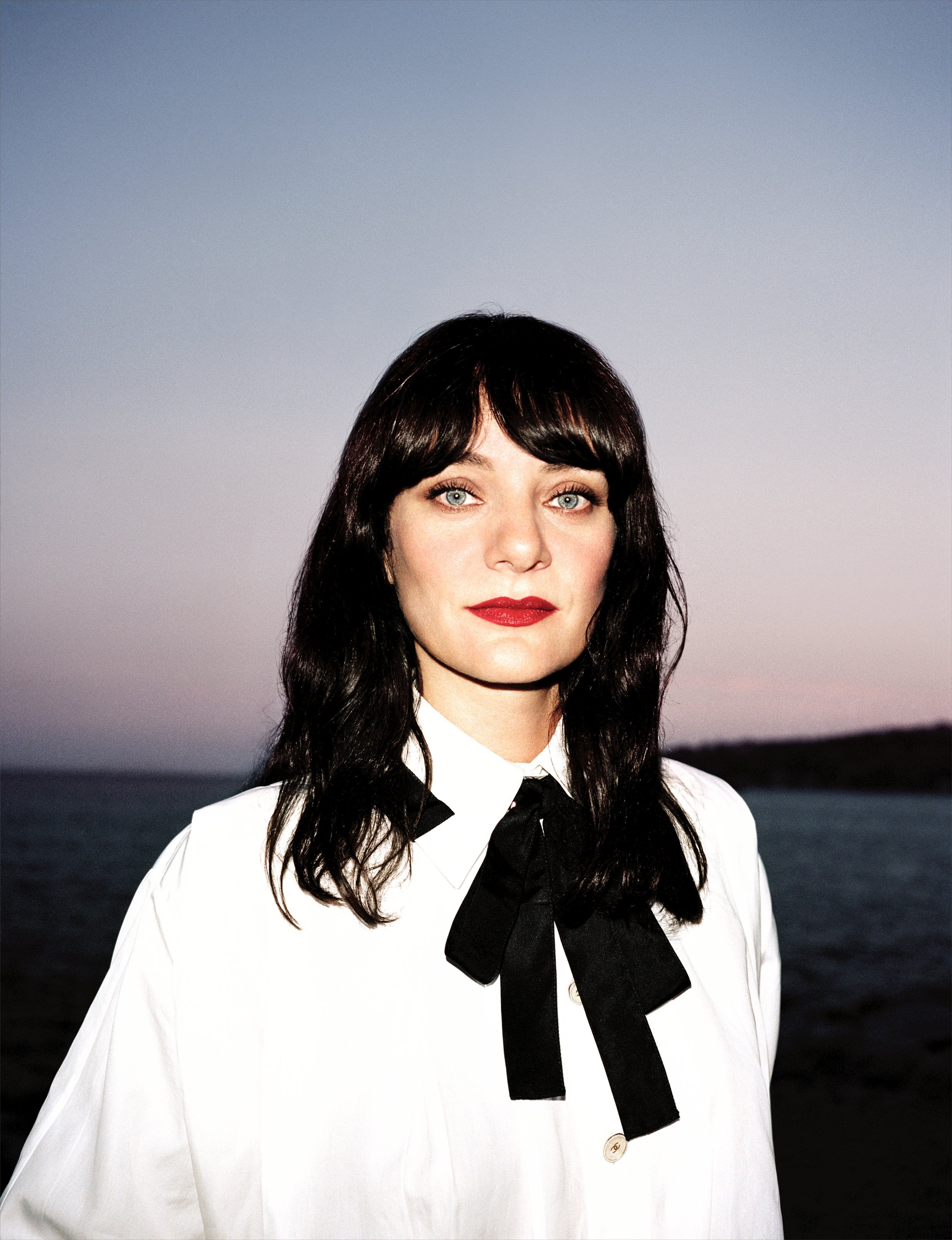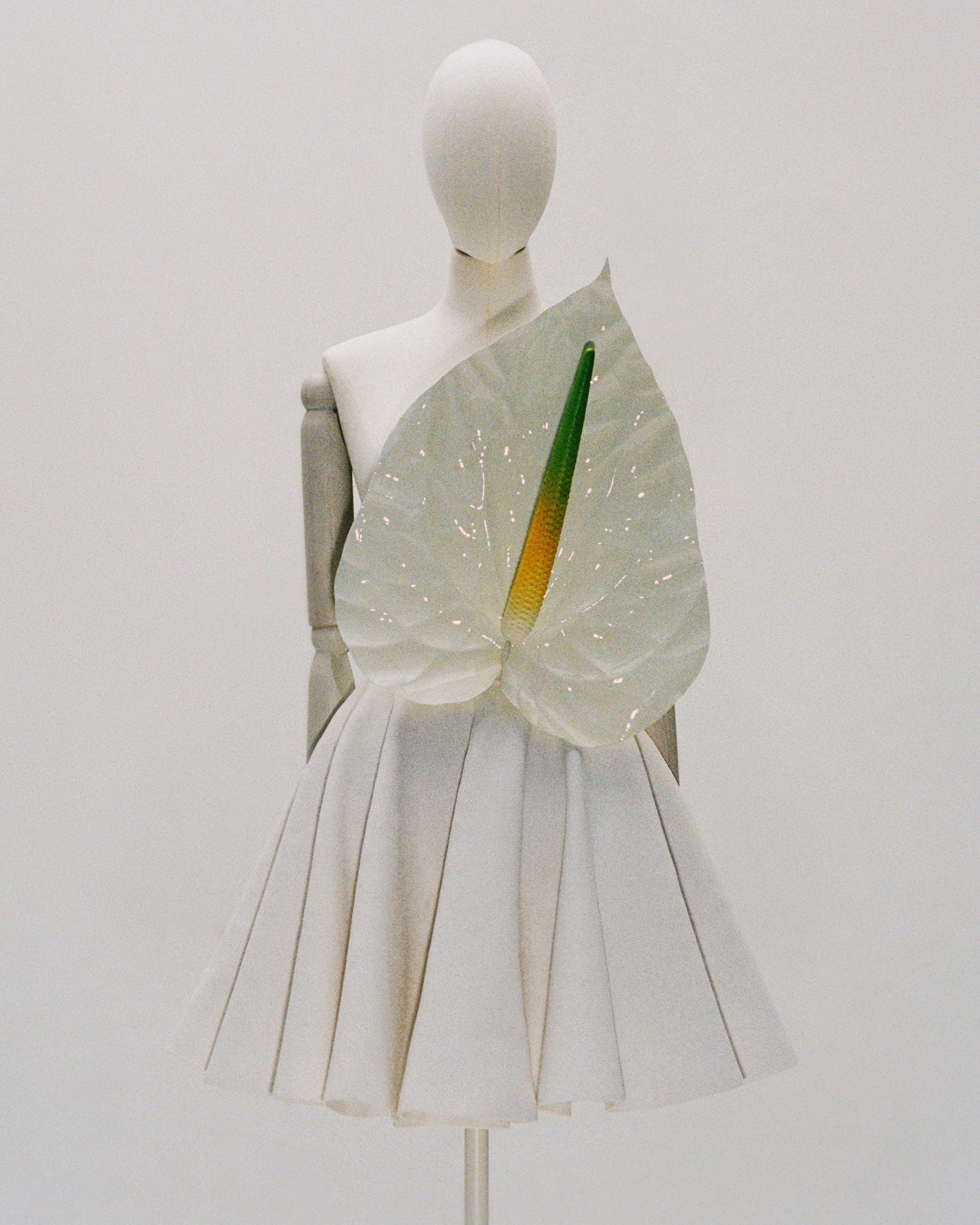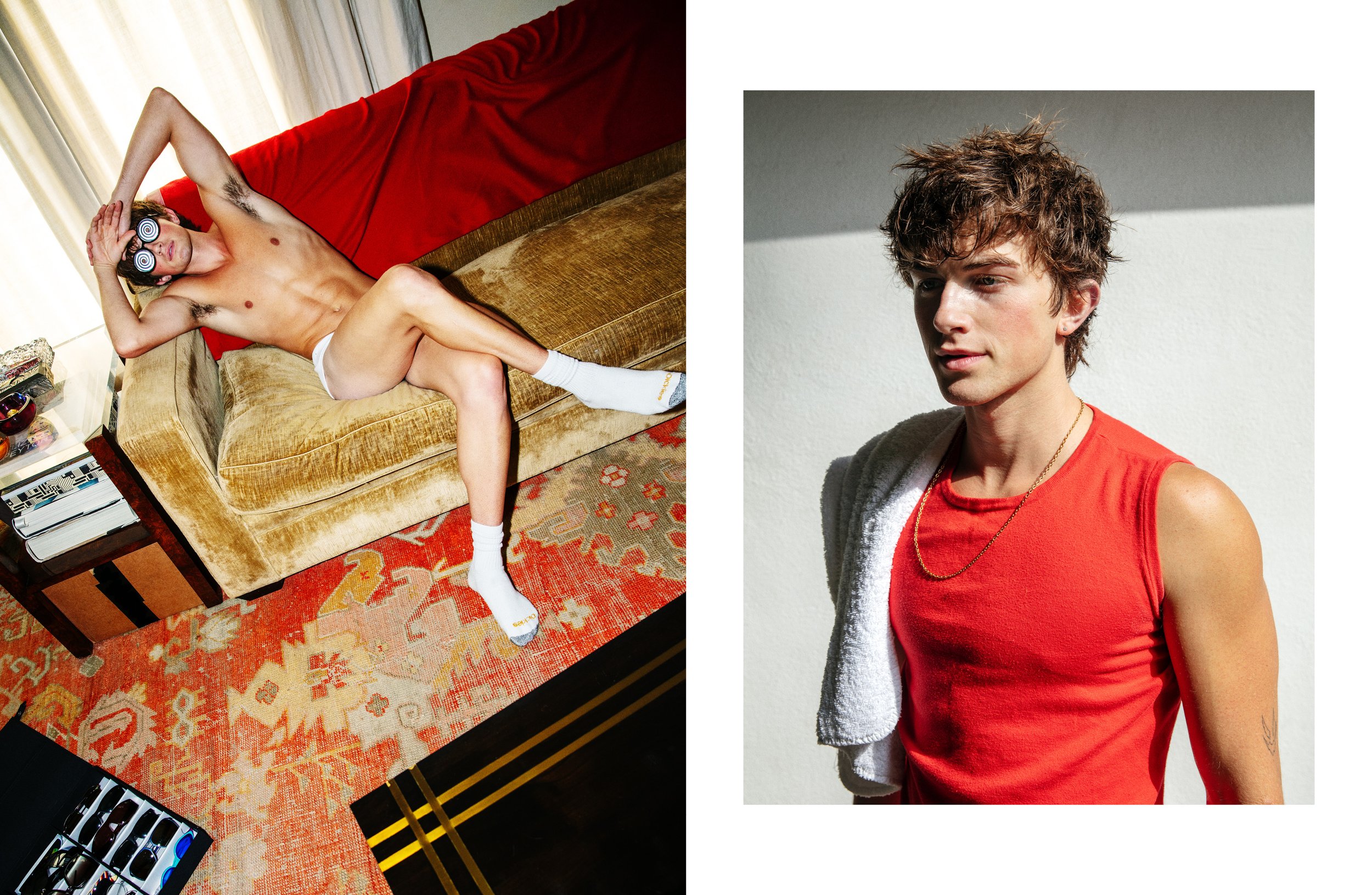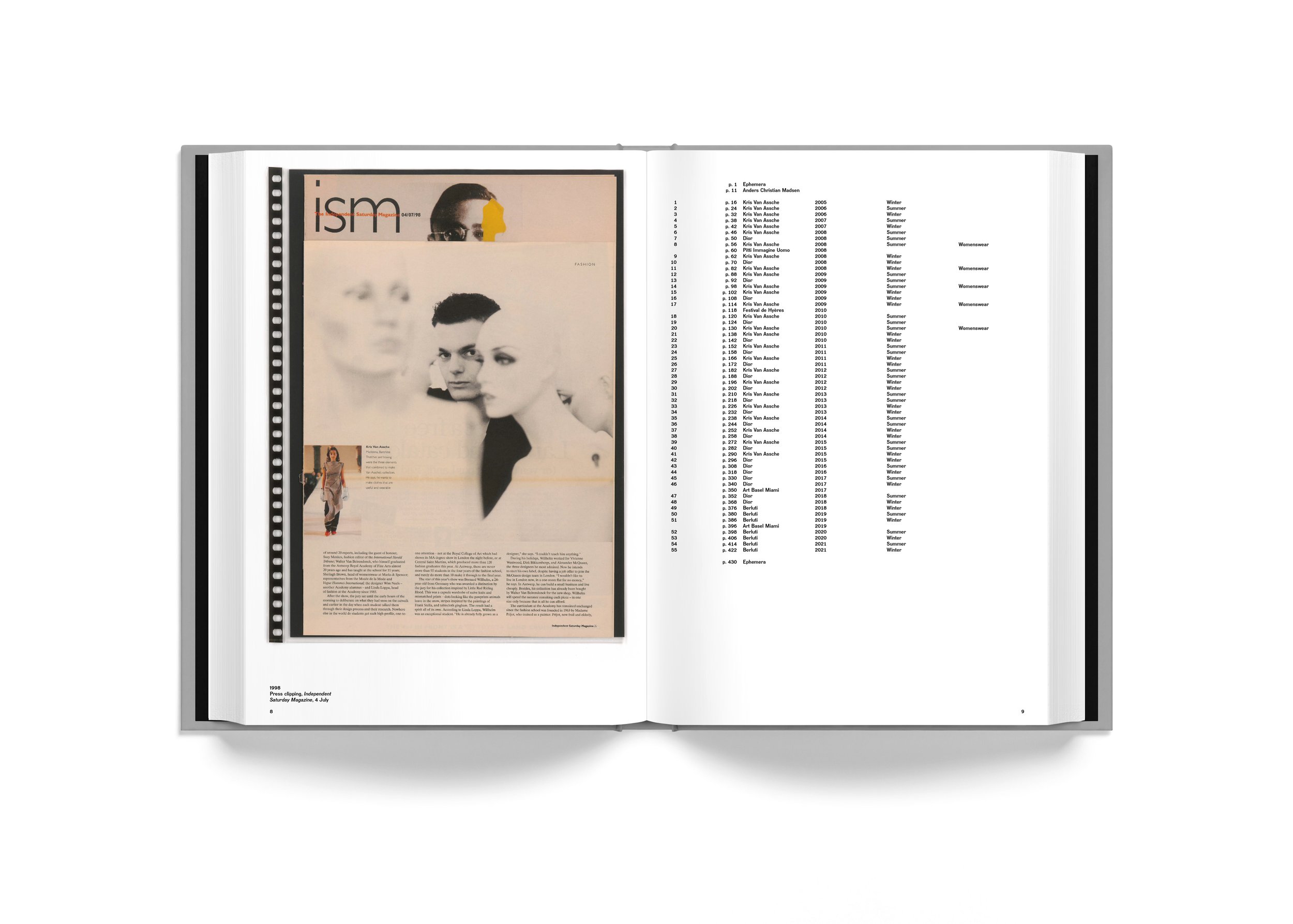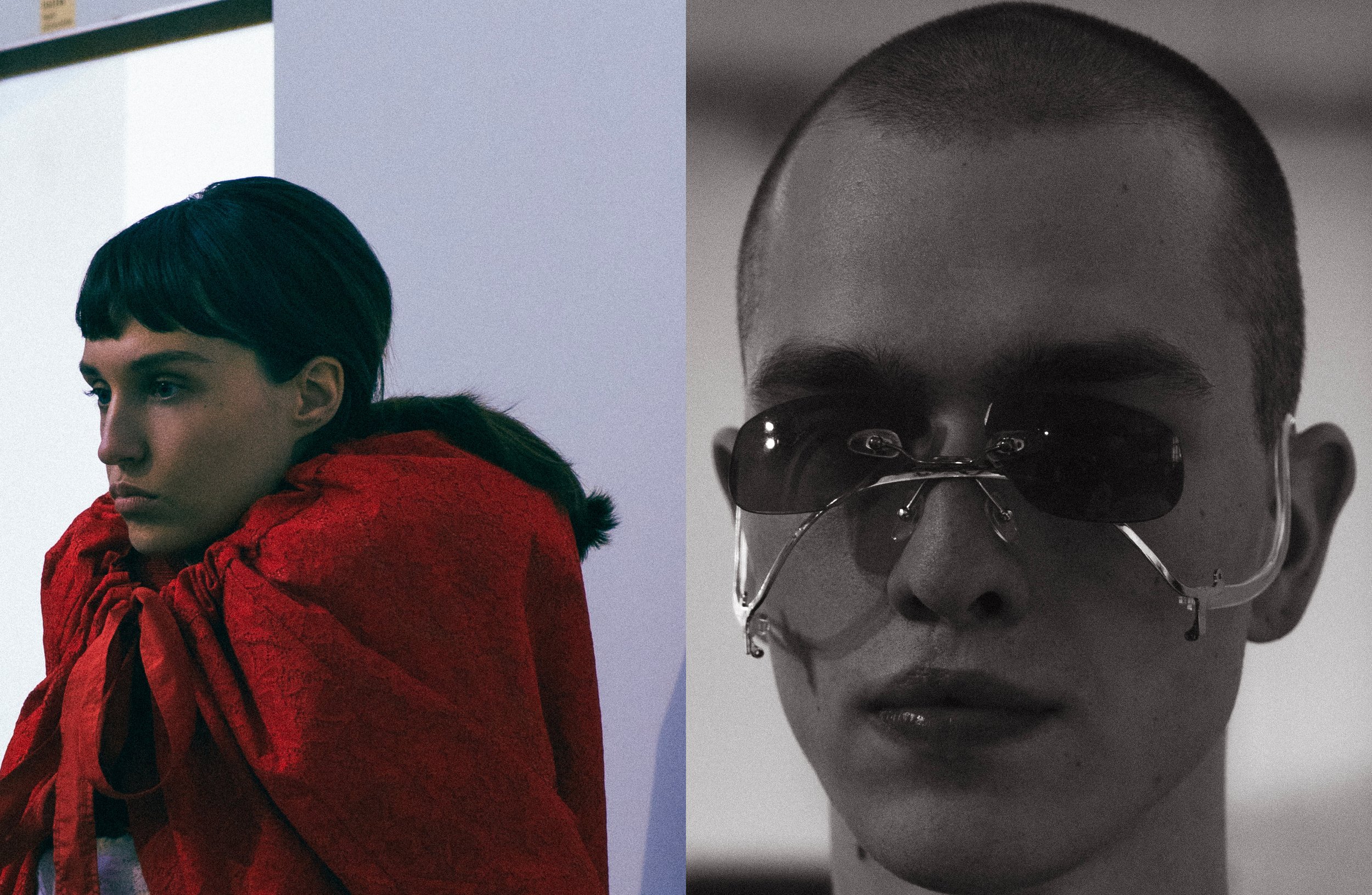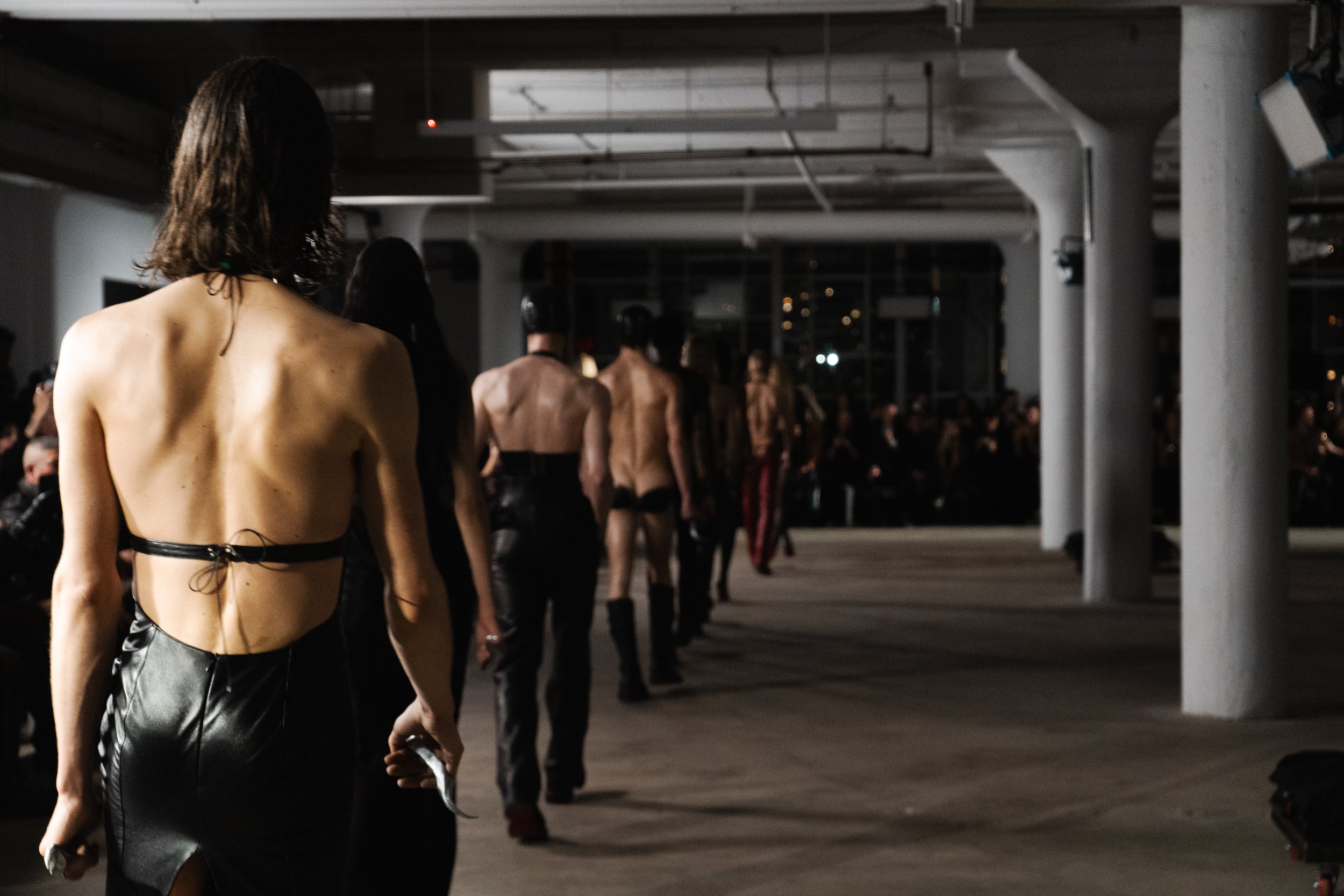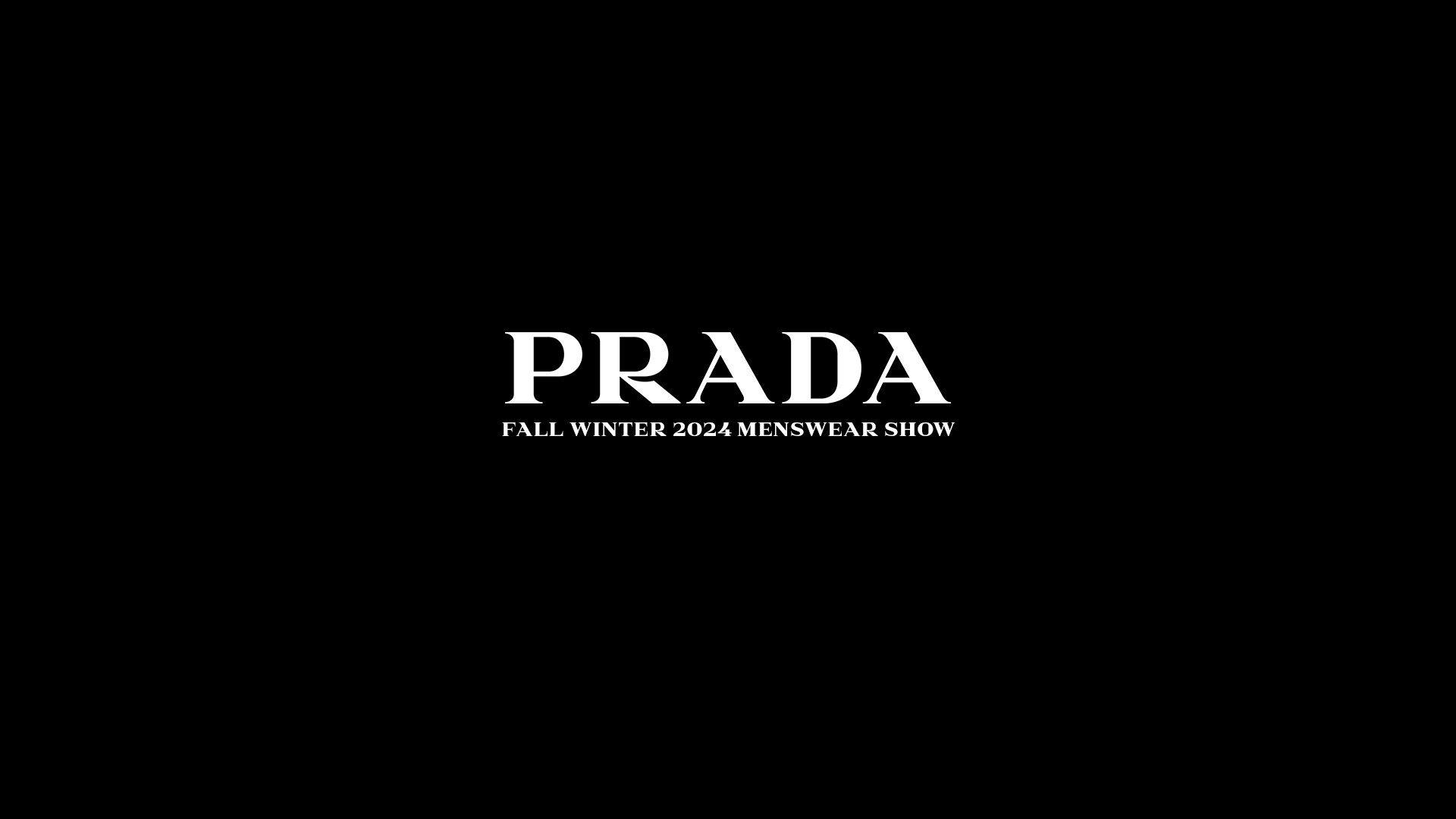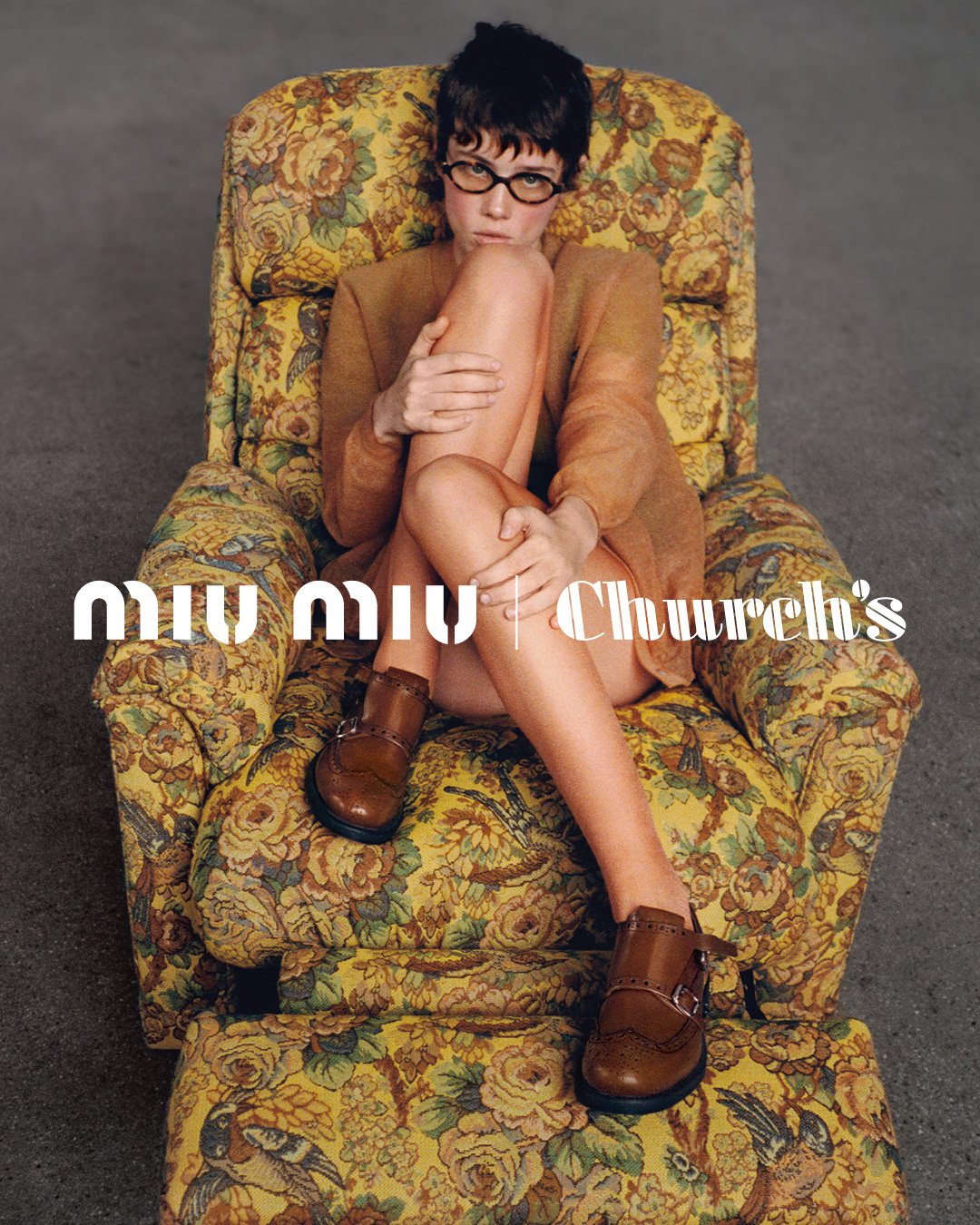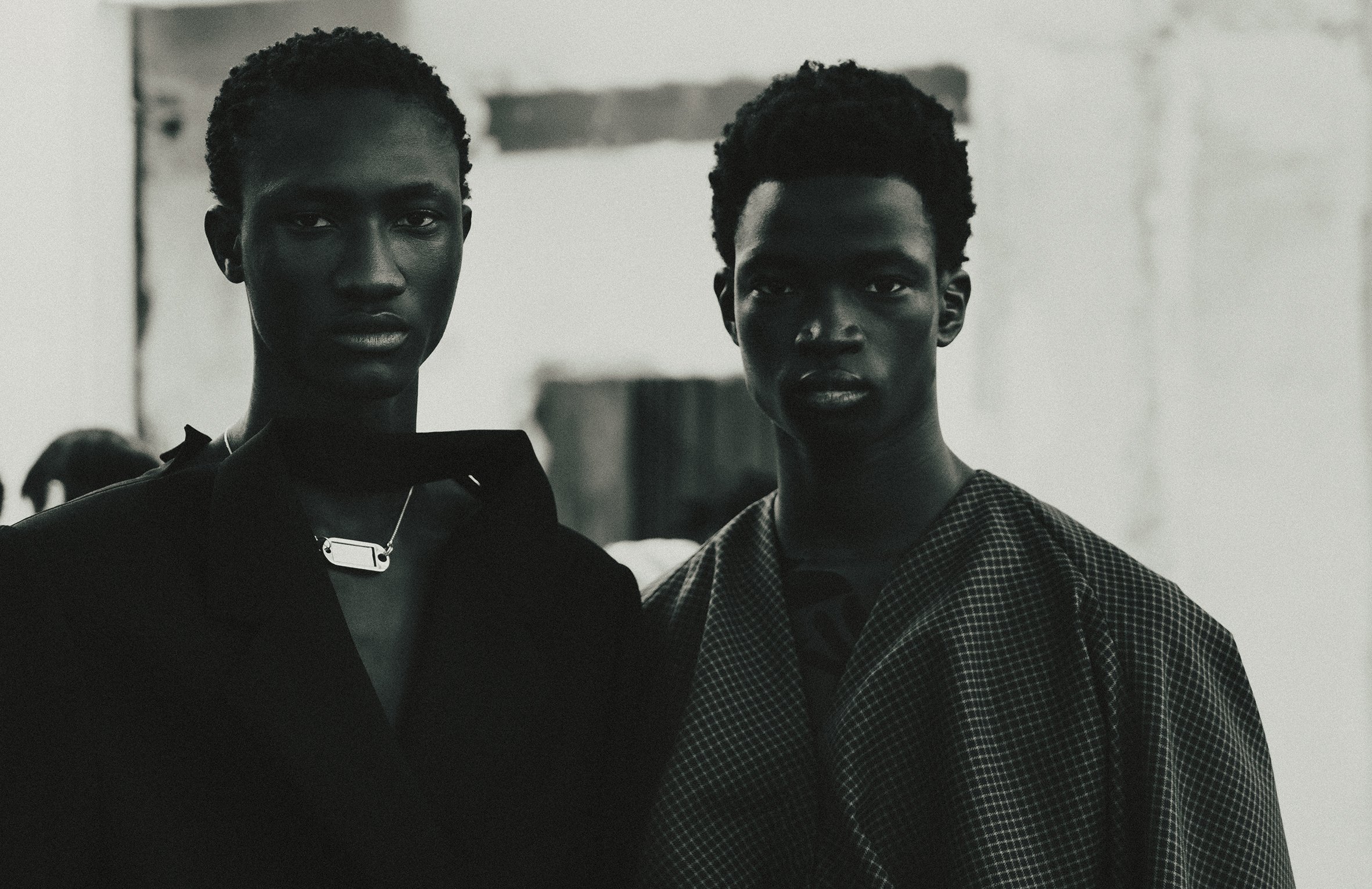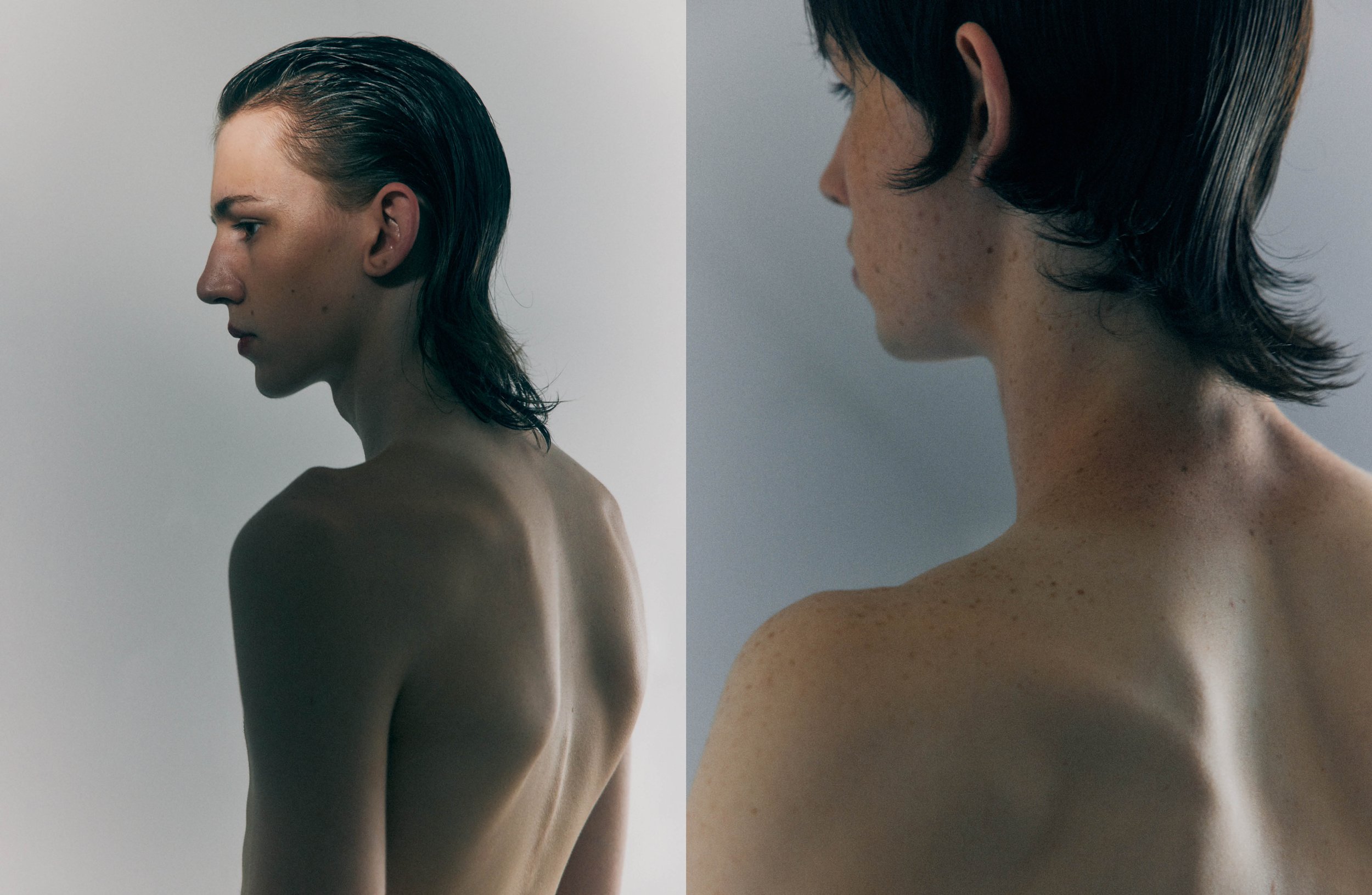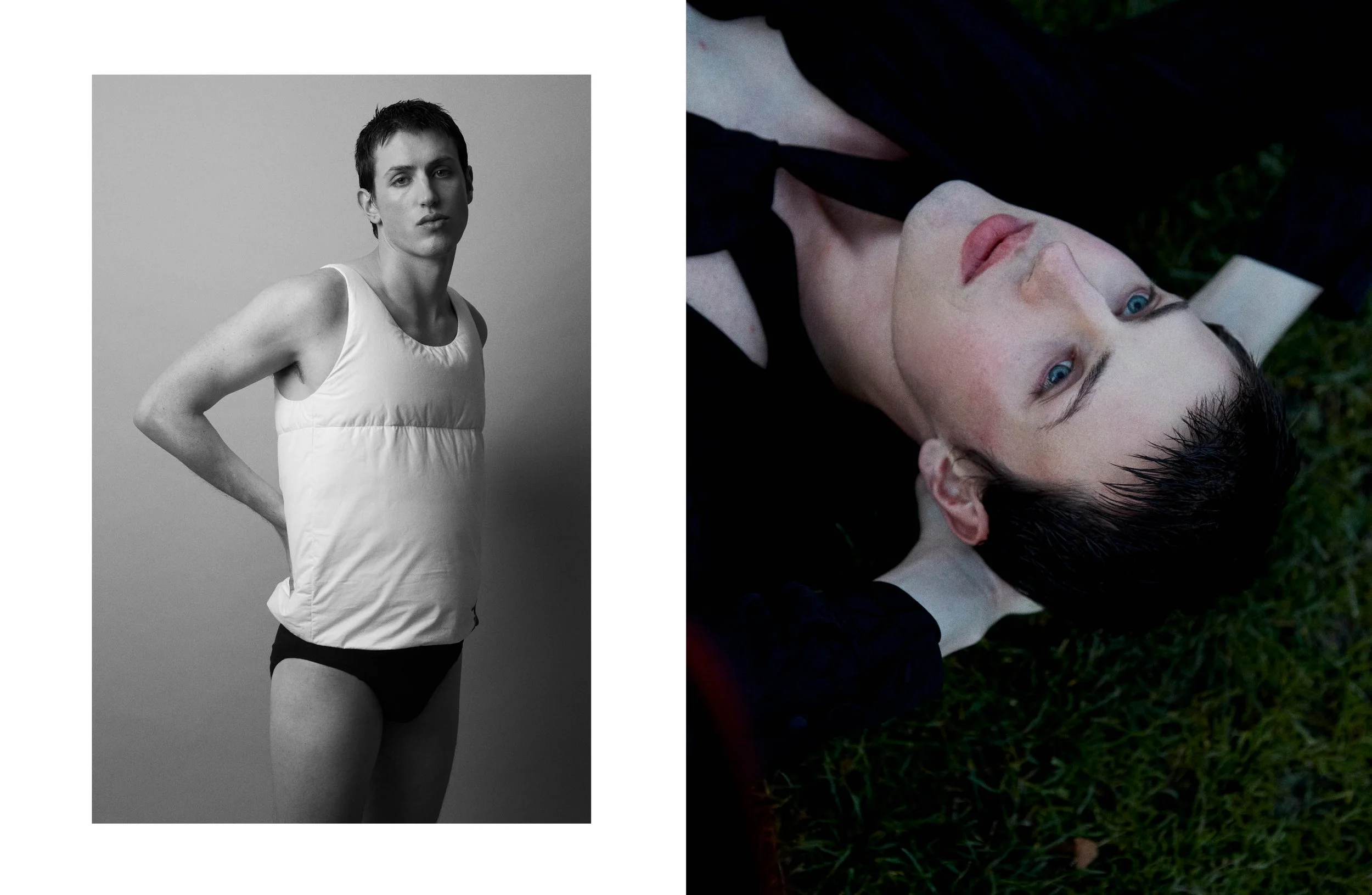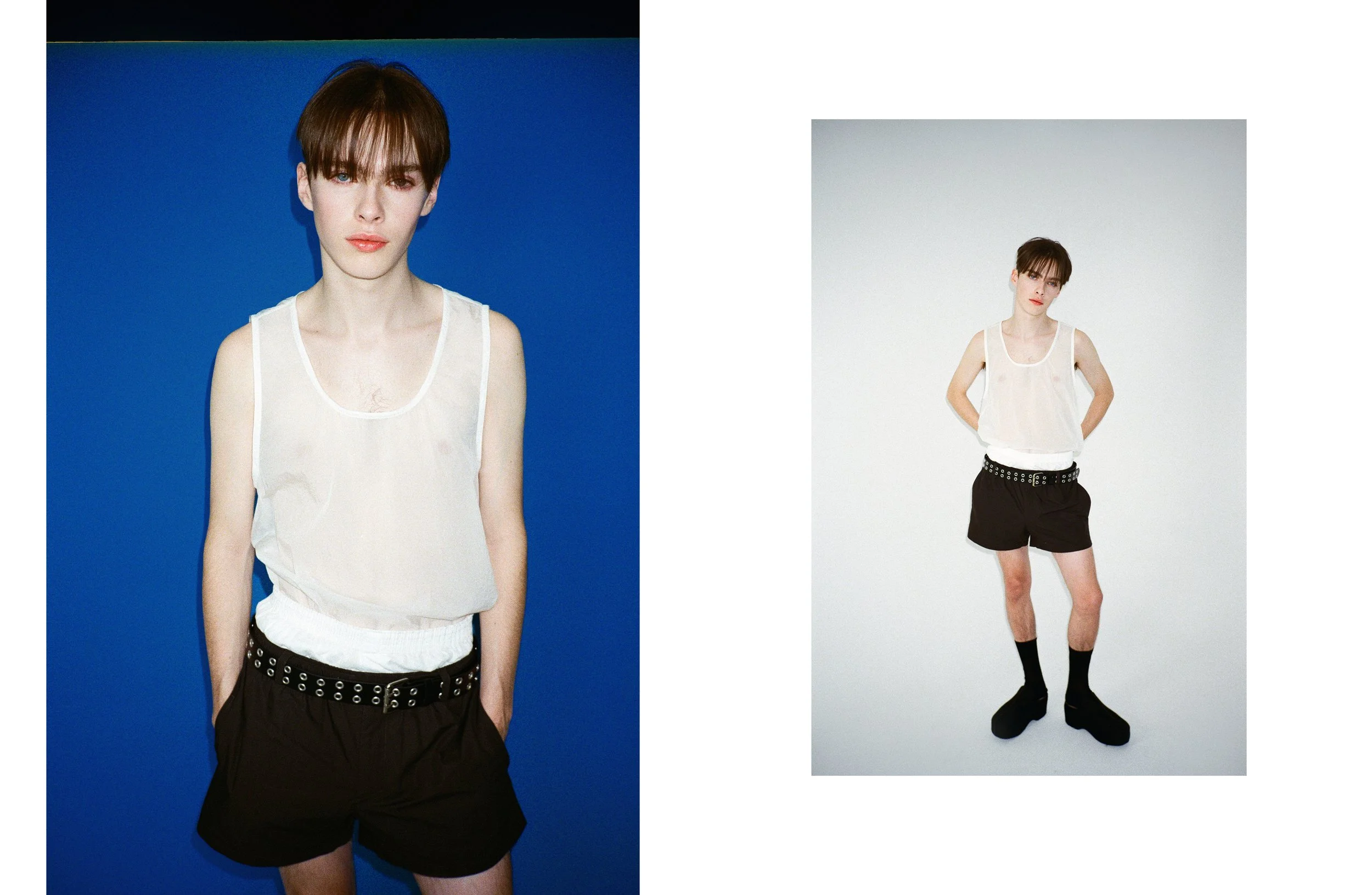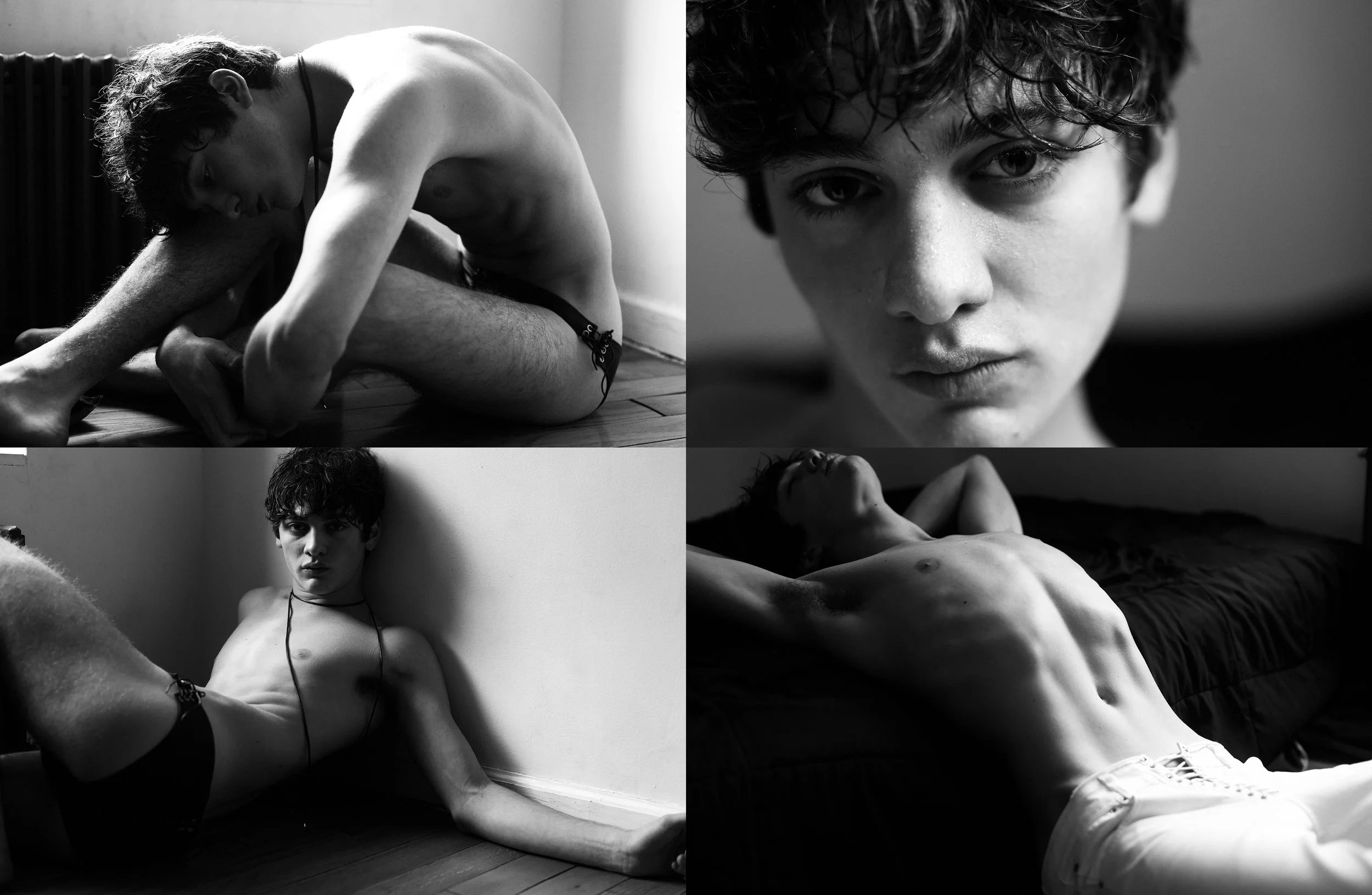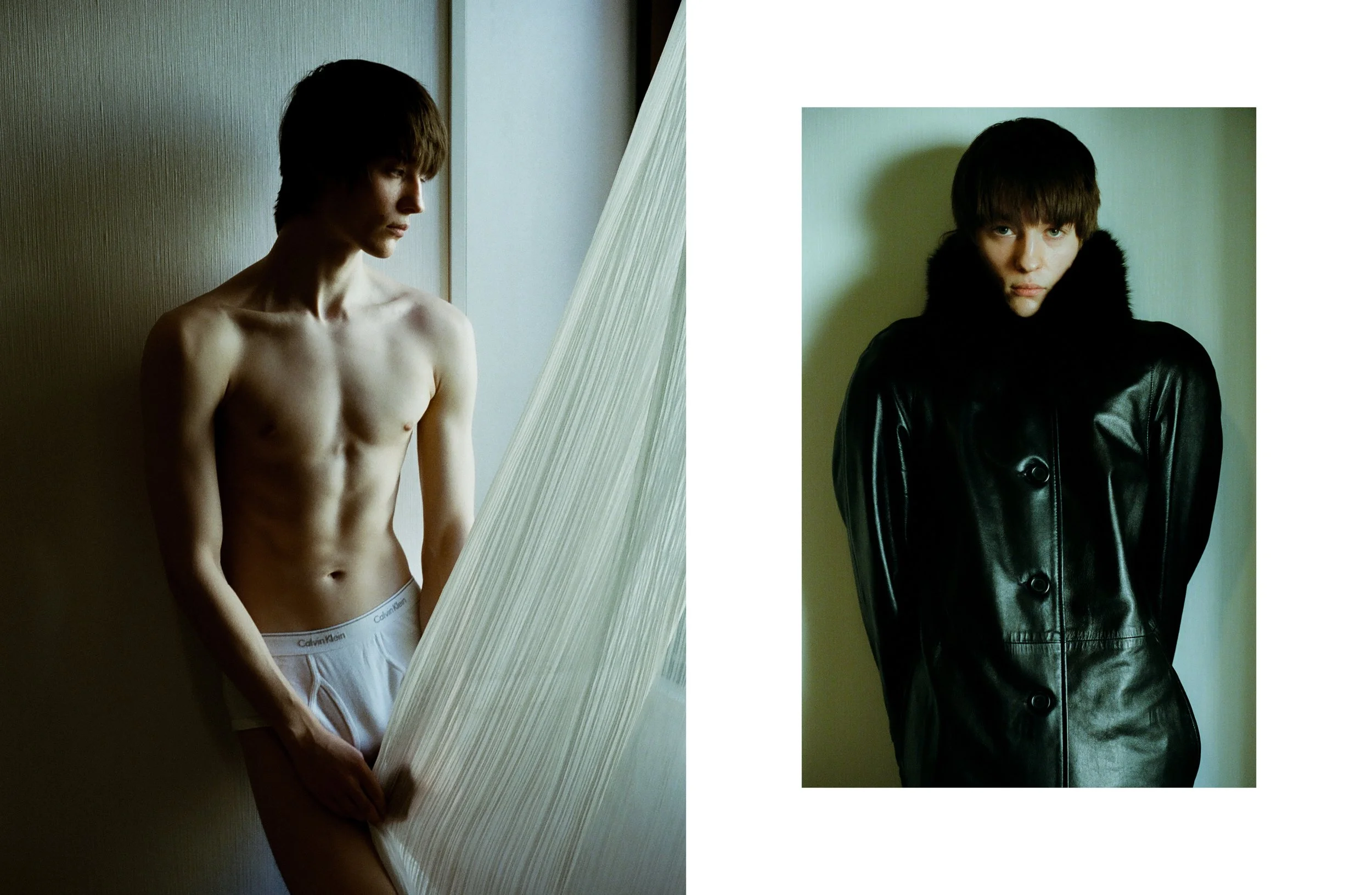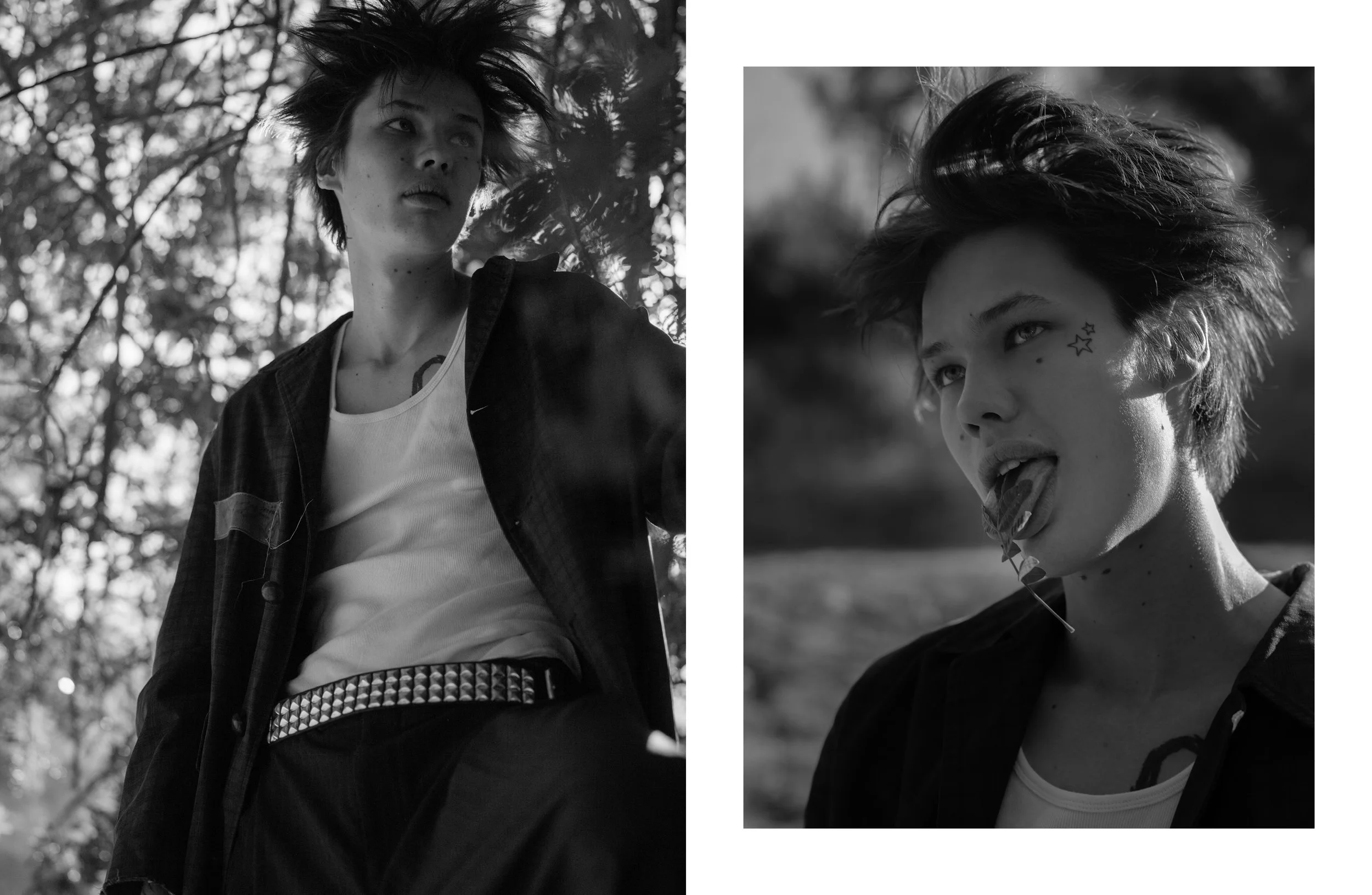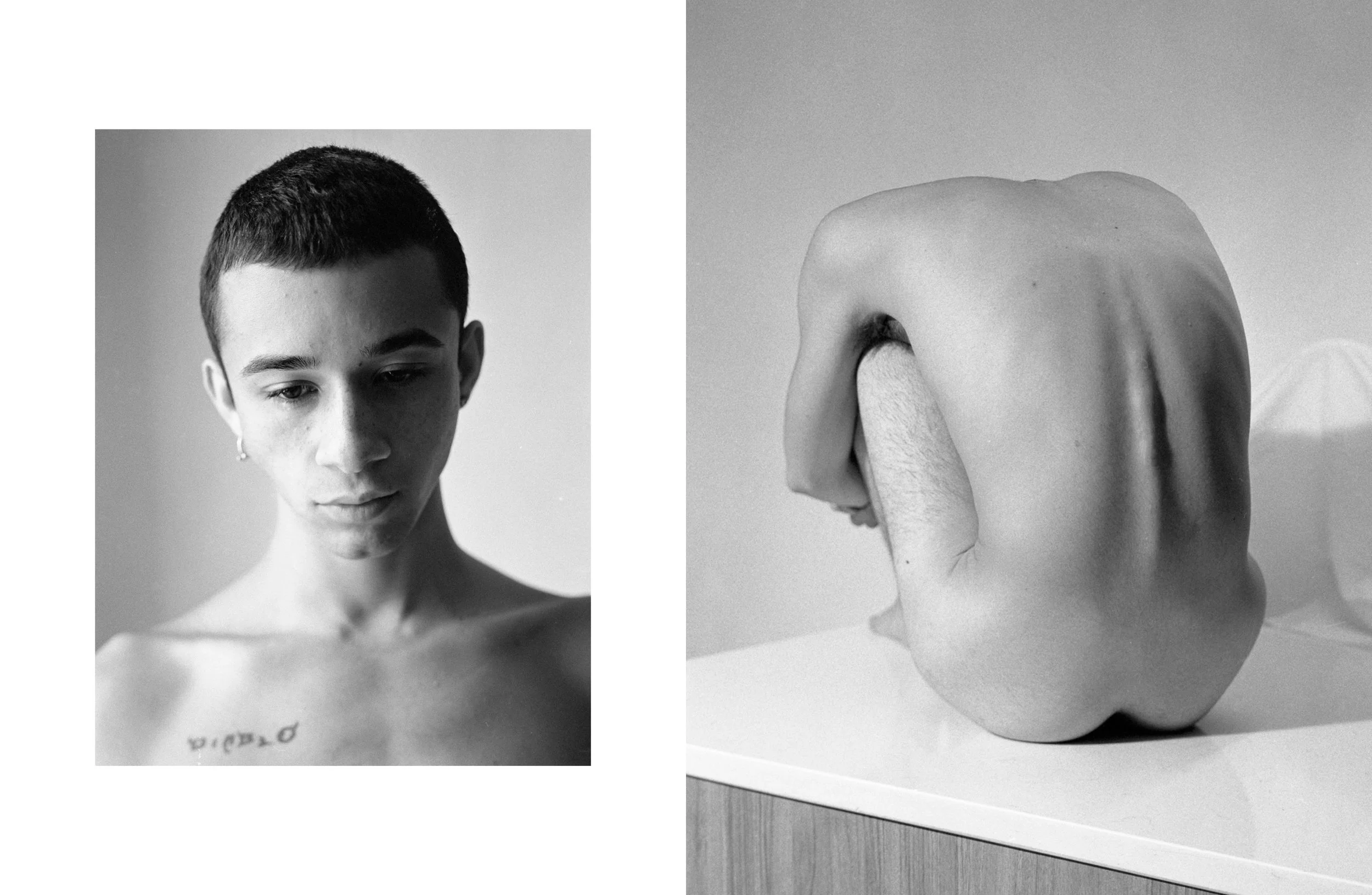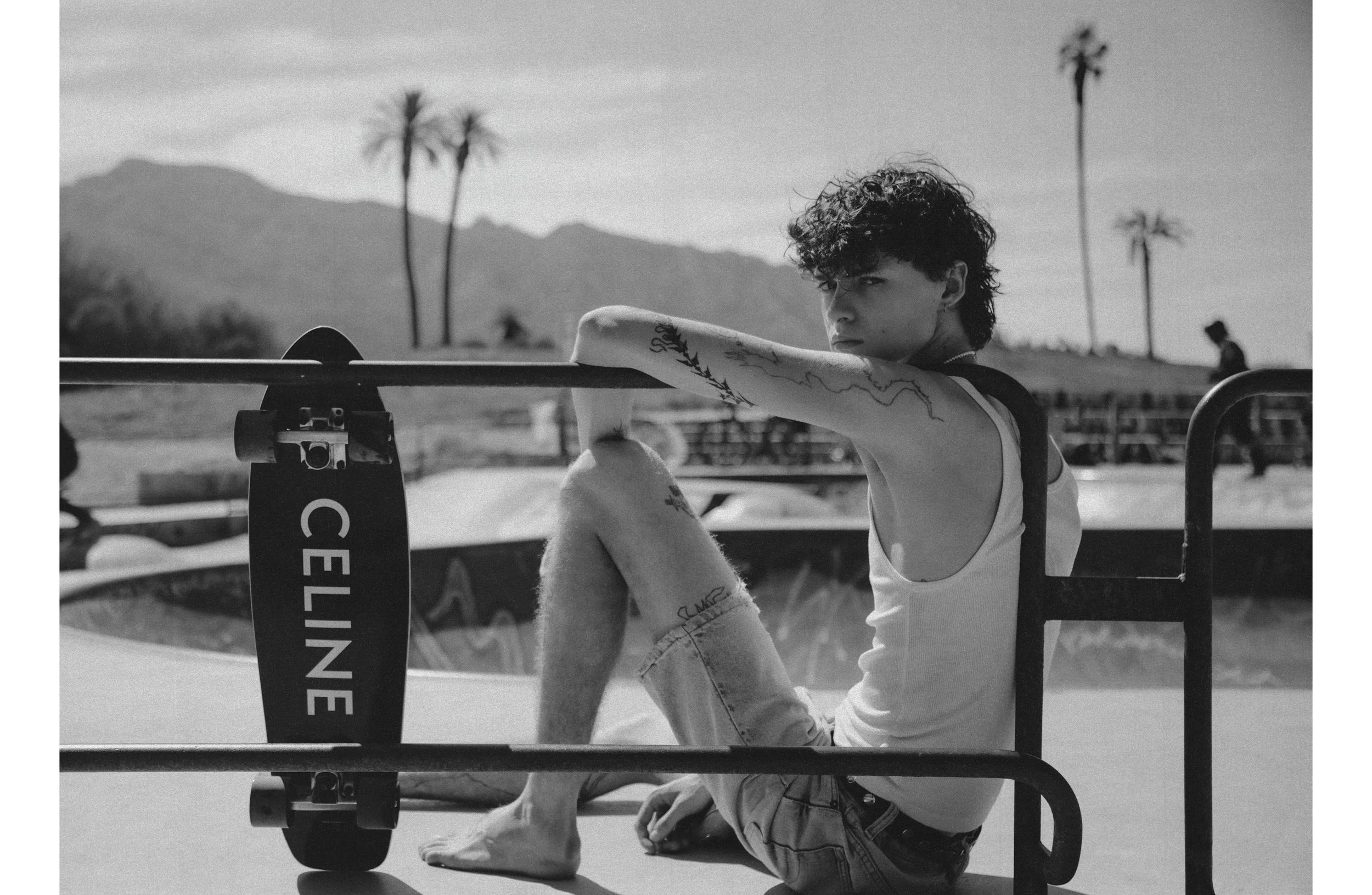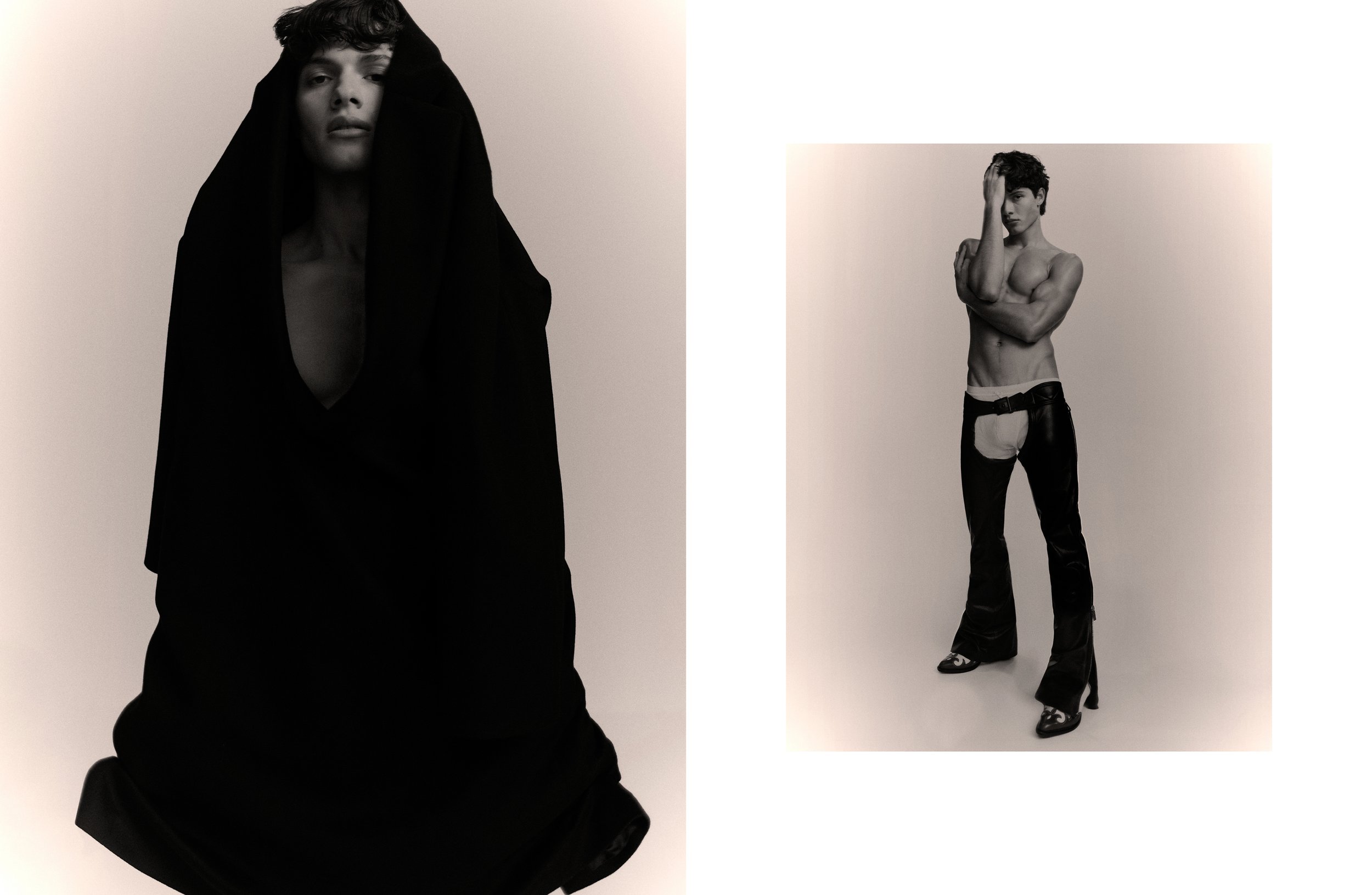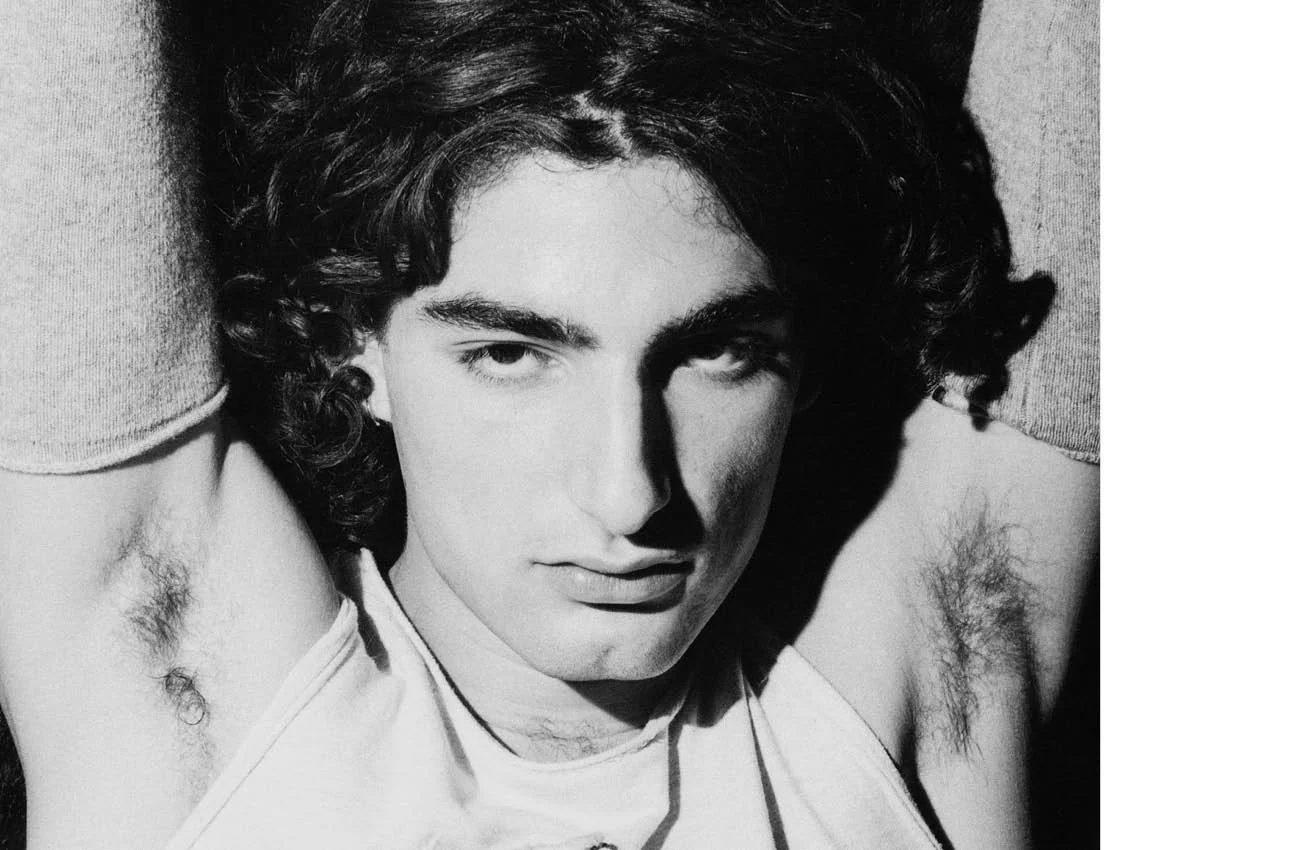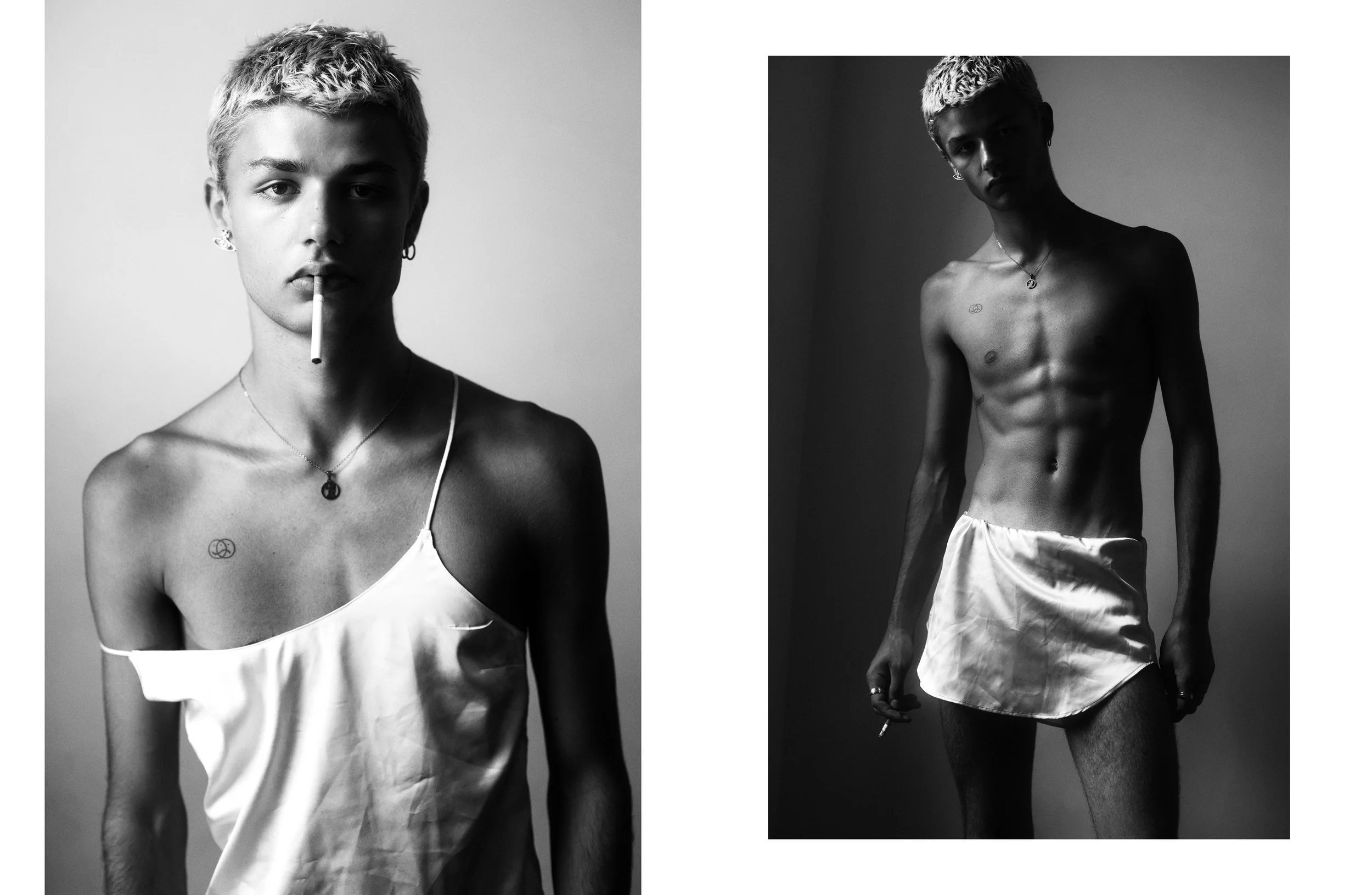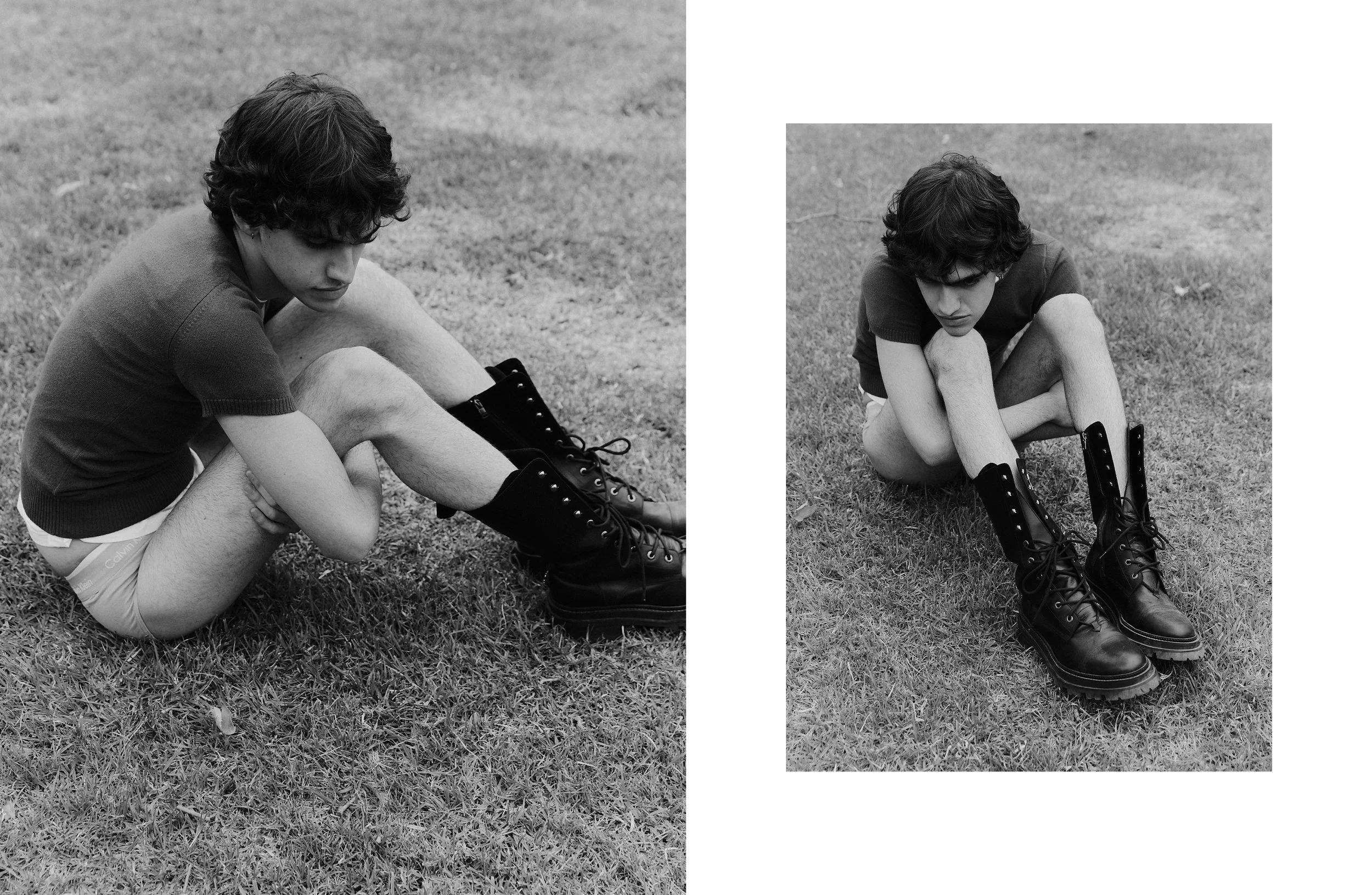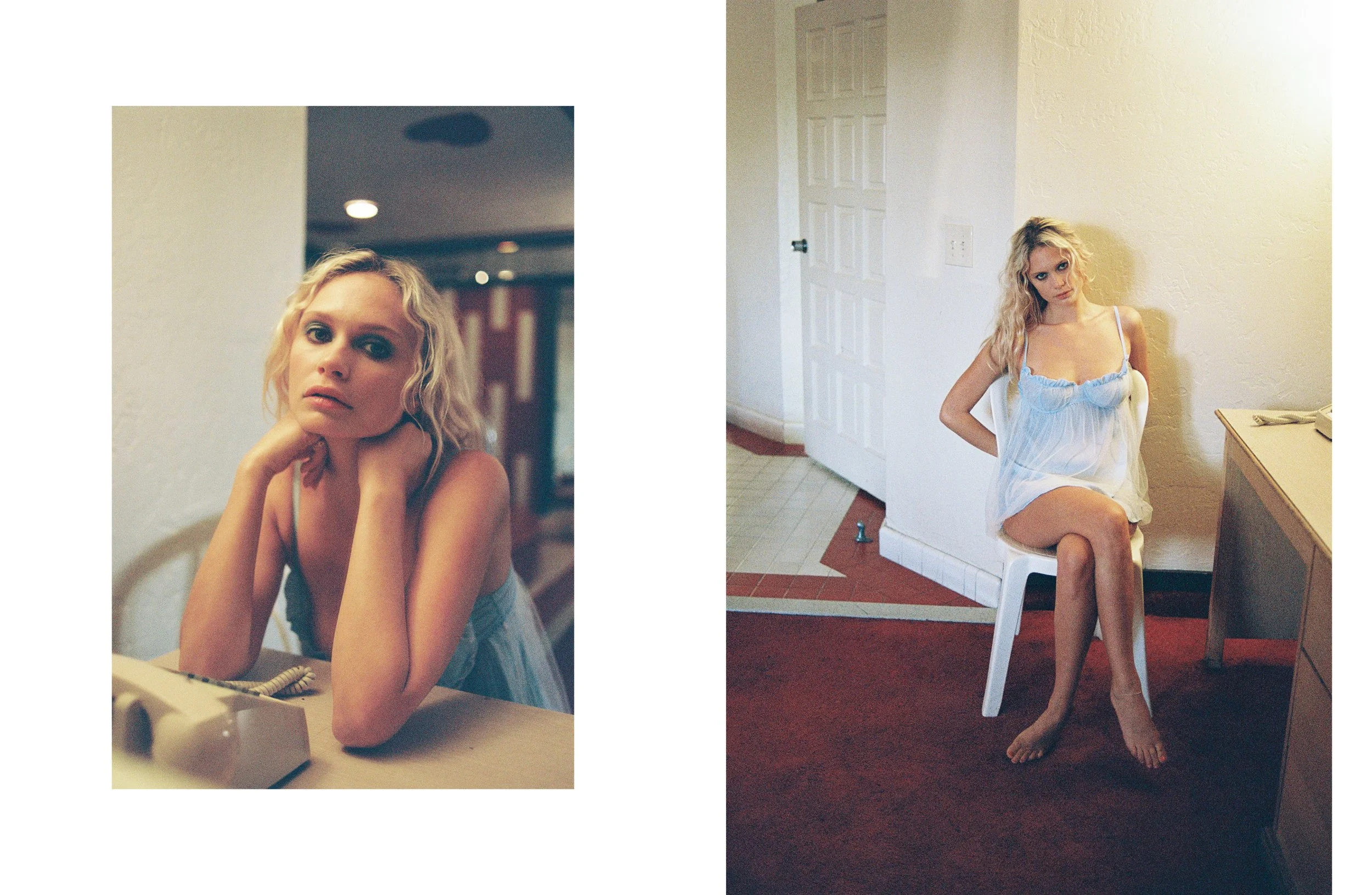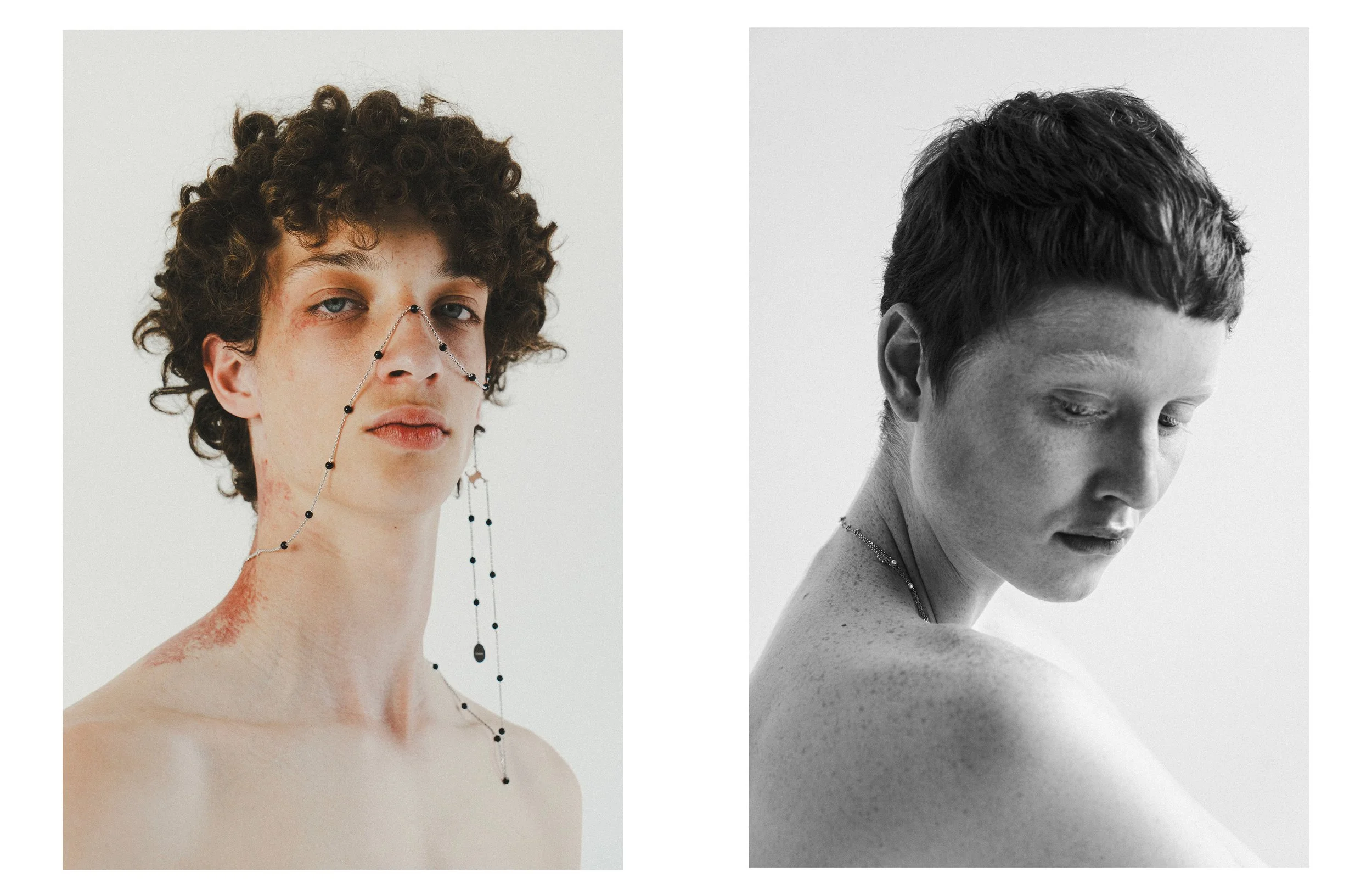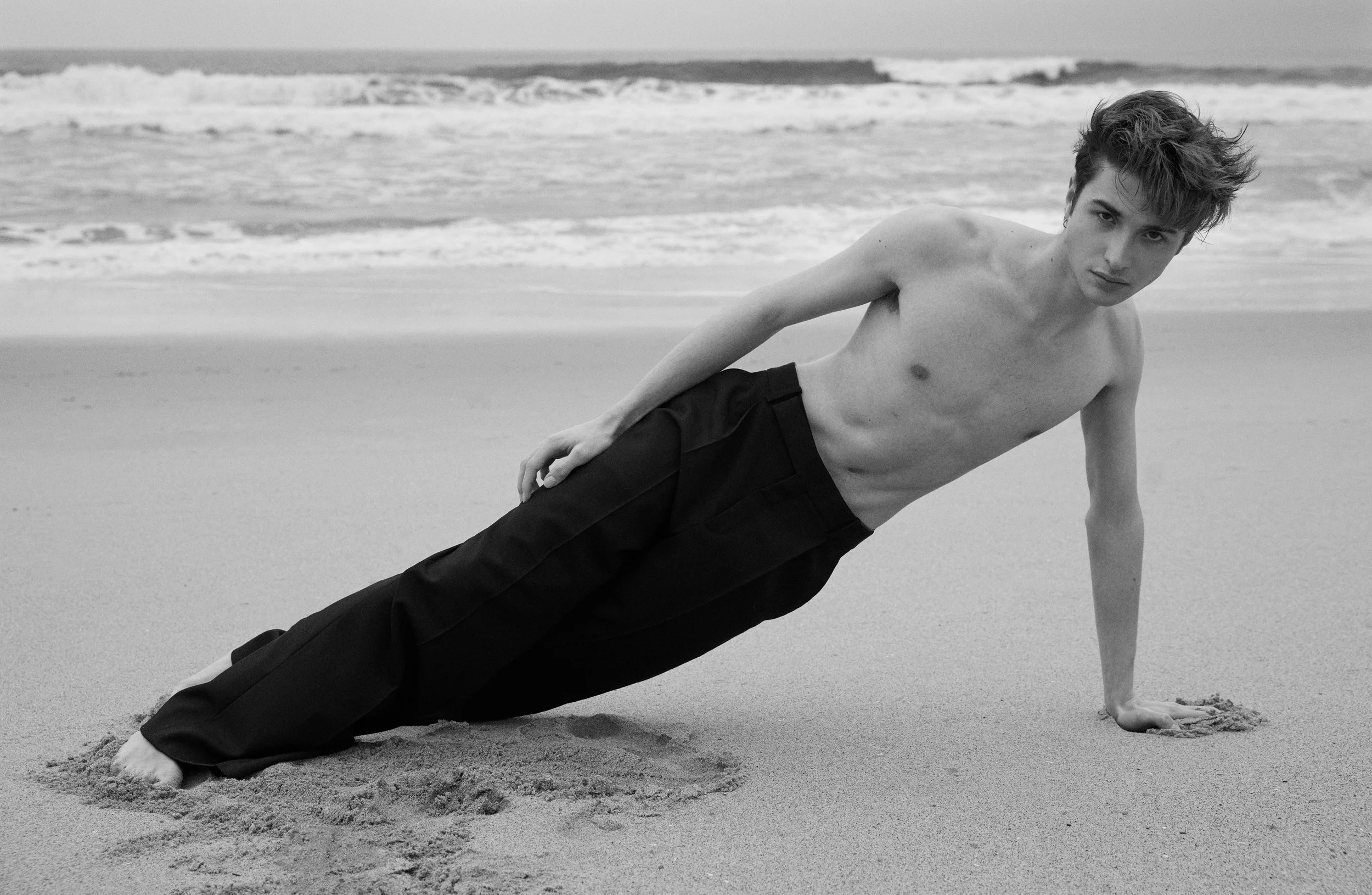After over two decades in the fashion industry, Kris Van Assche felt that it was a good time to reflect on his trajectory as a designer. In his new book, titled straightforwardly Kris Van Assche: 55 Collections, the Belgian creator presents a rich archive of his work across his namesake label and his tenures as a creative director for heritage houses of Dior Homme and Berluti. Throughout his career, Van Assche established a signature menswear aesthetic built around the tension between old-world elegance and modern streetwear sensibility. The publication closely follows his growth as a creative and gives an in-depth look into his mind - from introductions explaining the starting point of his collections and construction details behind some of his defining silhouettes to a selection of era-defining imagery from campaigns and editorials. Ahead of the book's release, we spoke to Van Assche about the emotional aspect of presenting a very honest chronological document of his career, the biggest risk he took as a designer and prioritizing pleasure in his future steps.
1998 Press clipping Graduation show
Your book opens up with an image from your first communion. What passions were occupying your mind at that age?
I was six at that time. I’m not sure I really had passions back then. I’m an only child and was basically quite solitary. I used to spend hours in my room drawing and ‘making’ stuff. I was already aware I did not fit the ‘traditional male stereotype’ mould, but did not yet know how I would react towards that. I was definitely not a member of my hometown’s football team. It was only around 12 or 13 that I realized working in fashion would be my goal in life.
BERLUTI FW18 CAMPAIGN by JAMIE HAWKESWORTH & styling MAURICIO NARDI
The publication is filled with amazing documentation of your life. What were the emotions that you were feeling while putting it together?
I had never really looked back so much on my own archives, as I am a strong believer a designer is only as good as his next collection. So making this book turned out to be quite an emotional roller coaster. On the creative side, quite naturally, there are certain collections I am now less fond of than others, and I initially did not plan to put them all in the book. In the end, I realized my collections are like an ongoing story, where one leads to the other, so the book became a very honest chronological document of my career. My best memories are those of collaborating with people I admire or love. Listing all the artists and photographers in this book would be quite a challenge, and I feel very lucky.
KVA FIRST RUNWAY FW05
Which part of conceptualizing the book turned out to be the most surprising or eye-opening experience for you?
I very much enjoyed discovering the quotes from collaborators and artists we interviewed for the book. Each of those 55 collections has a small introduction text of mine, but it is great to read other people’s testimonies on those same collections, photoshoots, and events from their point of view. Dior’s President Sidney Toledano remembers an event very differently than my dad, and Rami Malek or A$AP Rocky had yet another very different experience. To have collaborators on shows like sound designer Frédéric Sanchez explain inspirations or technical challenges, or show producer Etienne Russo (Villa Eugenie), gives an unexpected dimension to those pages. Also, when I met with M/M (Paris) to discuss the graphic design of the book, I had a few vague ideas on what the inside of the book could look like, but not a single clue for the cover. How could I possibly select an image to be the cover of a book holding over 2500? Pick one, while the book covers 3 brands? When they came back with the cover as it looks now, with 3 portraits of mine taken by Paolo Roversi at very different moments in my career, of course, I was very surprised. They felt this best translated that I am what links the book. I slept on it for a few nights, and then accepted. [Laughs]
DIOR FW14 CAMPAIGN WILLY VANDERPERRE & styling OLIVIER RIZZO
“Making this book turned out to be quite an emotional roller coaster.”
Reading the introduction, I learned that you used to be a rebellious teenager. Would you say that you still have that streak in you today?
I like to think I was a “polite rebel”, and I still am.
You’ve worked within two houses with a strong sense of heritage - what did you find thrilling about creating within the context of their rich histories?
When I was appointed creative director at Dior in 2007, I was already in charge of my label I founded in 2004. So already for that reason, it would not have made any sense to turn Dior into Kris Van Assche. I have always aimed for Dior to be “very Dior”, but in a contemporary manner. How can the DNA of a women’s Haute Couture house from 1947 translate into a menswear ready-to-wear label for today? I have always loved that challenge. It is creatively speaking incredibly stimulating, and for that a very different exercise than I was doing at my brand. There are some interesting reflections in the book on how I balanced the influence of sportswear within the house its President wanted to maintain high end. Also, I do not believe people have an idea of the amount of incredible archive pieces the house Dior possesses. It literally is a goldmine for any designer. And in that sense very different from Berluti, where the heritage is – aside from one iconic shoe – mostly about leather craft and know-how. The lack of DNA on ready-to-wear at Berluti offered a lot of freedom but imposed a very different way of working. The handcraft, the degree of quality and luxury are such that they became an inspiration on their own. I very much like the collections I designed for Berluti, as they are technically speaking the most challenging I made, while the silhouette, the “Berluti man” feels close to the one I presented at my Kris Van Assche brand.
KVA SS14 CAMPAIGN ALESSIO BOLZONI & styling MAURICIO NARDI
Looking back at your career over the years, what were the biggest risks you took as a designer?
The biggest risk I took was definitely to launch my own brand, while I had the assistant job many envied me [for]. That’s what got it all started, that’s where this book begins.
DIOR FIRST PRESENTATION 2007
In one of your recent interviews, you said that exploring contrasts is key to your practice. What are the tensions that you find yourself drawn to these days?
Anders Christian Madsen, who wrote the introduction of my book, described my work as being rooted in “old-world beauty”. I like that idea. There is definitely a challenge in making that notion work for today’s reality. In 2005, that was a pinstriped three-piece suit with baggy trousers and white sneakers. Today, it is quite a bit more complicated than that. I play around with that idea a lot in my head.
You’ve been taking time off since leaving Berluti. Do you feel the urge to return to fashion full-time? If so, what do you envision as your next chapter?
I do not have a precise definition of what I want to do next. If not that I want the project to be clear, no hidden agenda. I am awaiting the right proposal to come along, be that a little impatiently. I have worked long enough to smell an unbalanced situation from a distance, and I have refused a few. This book is about 3 very different work situations in fashion: the independent label, the high-end global brand, and the more confidential “luxury pearl”. I took pleasure in working for them all. Pleasure is definitely at the top of my list for what is next.
….
55 collections by Kris Van Assche
Interview by Martin Onufrowicz


